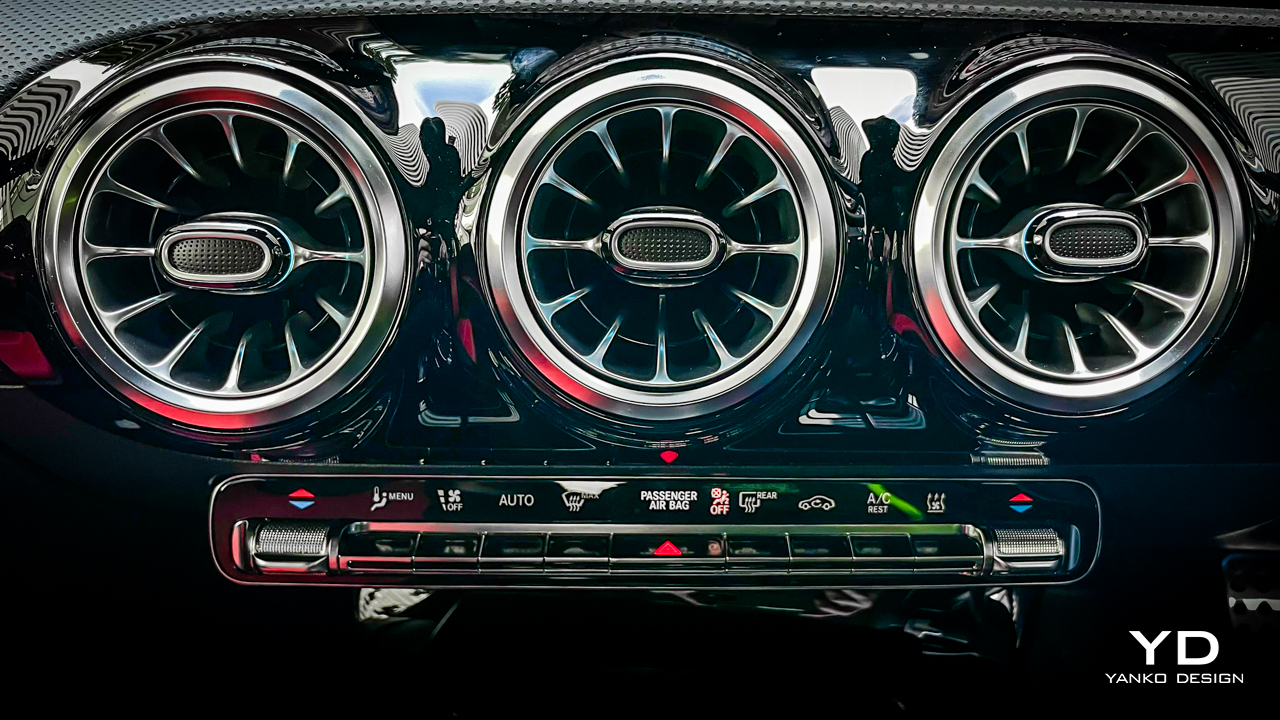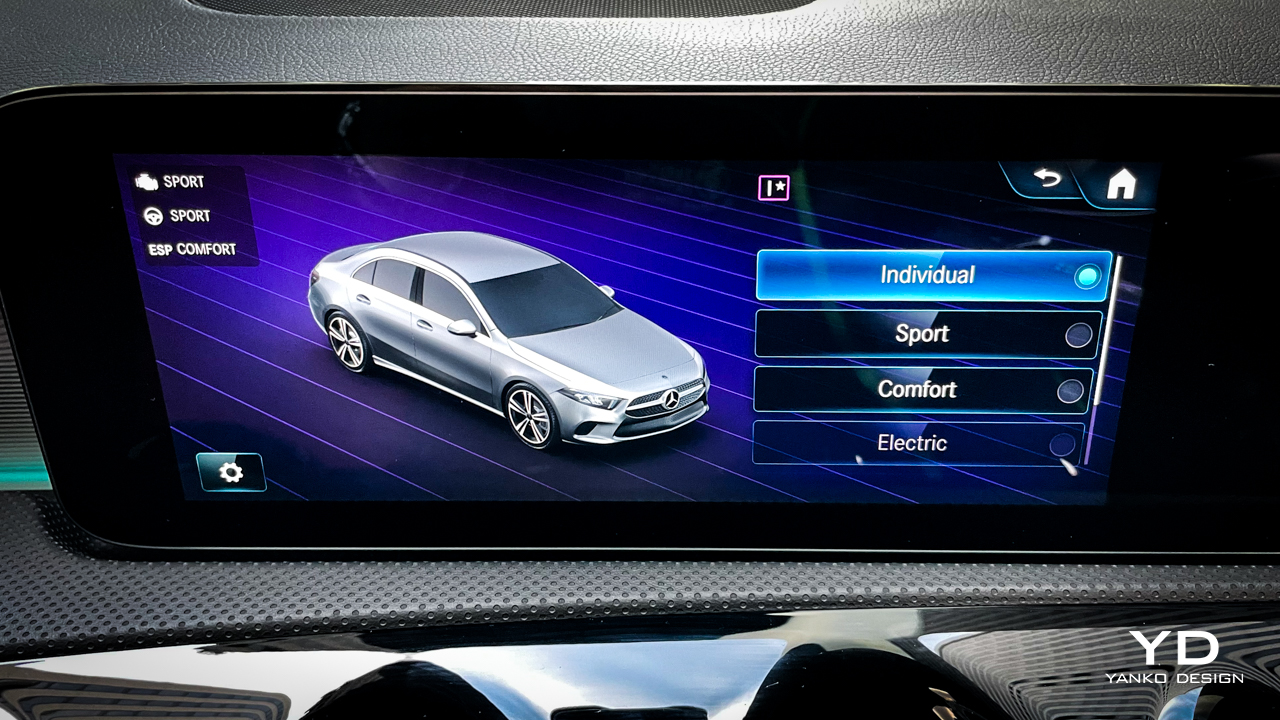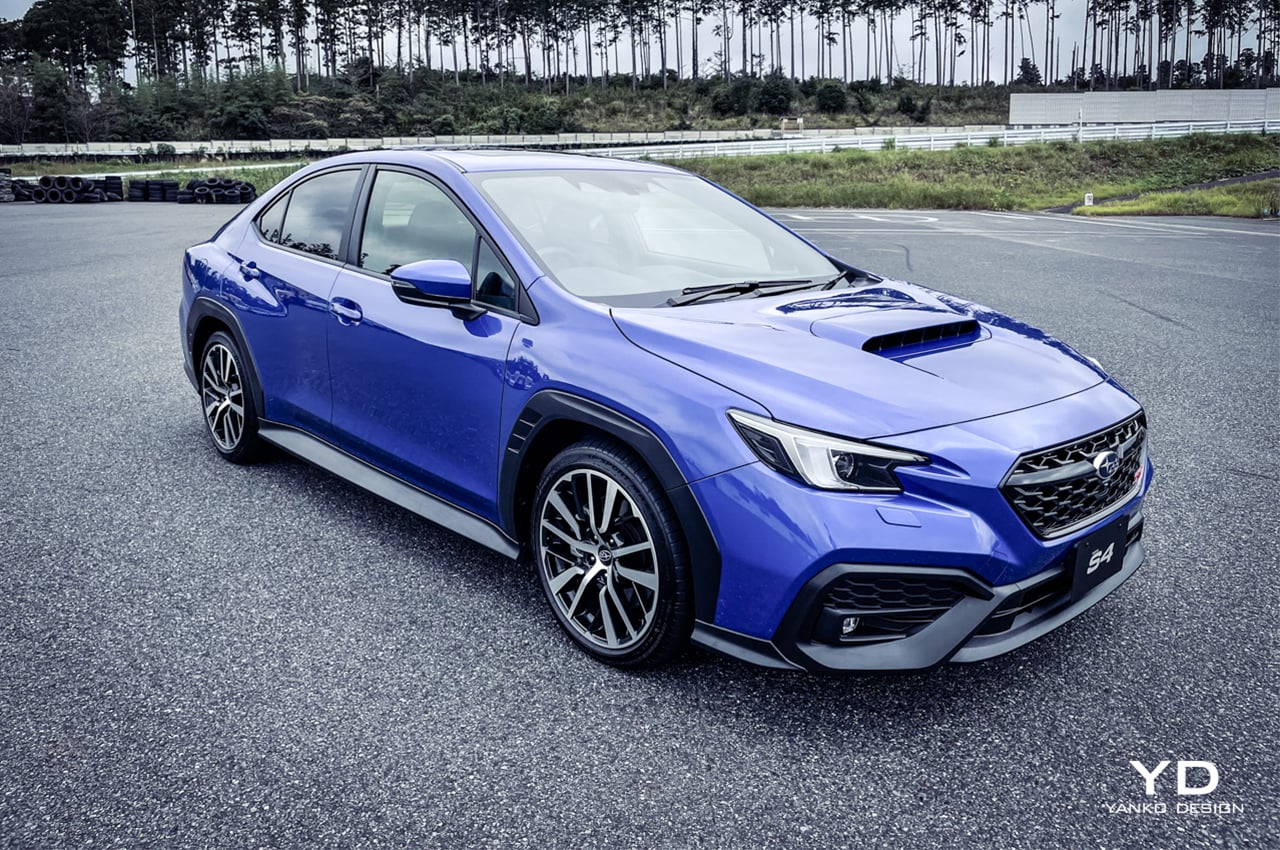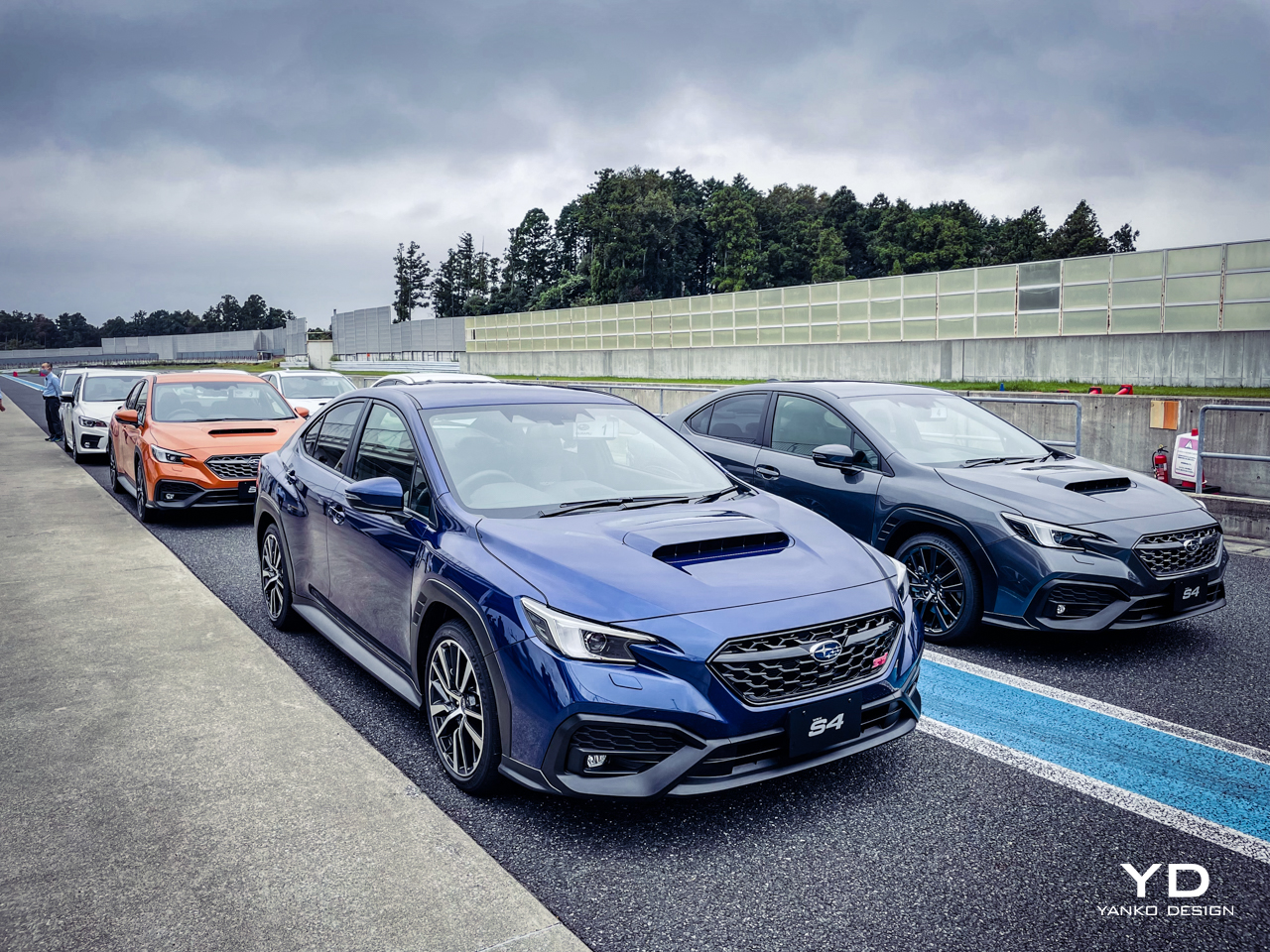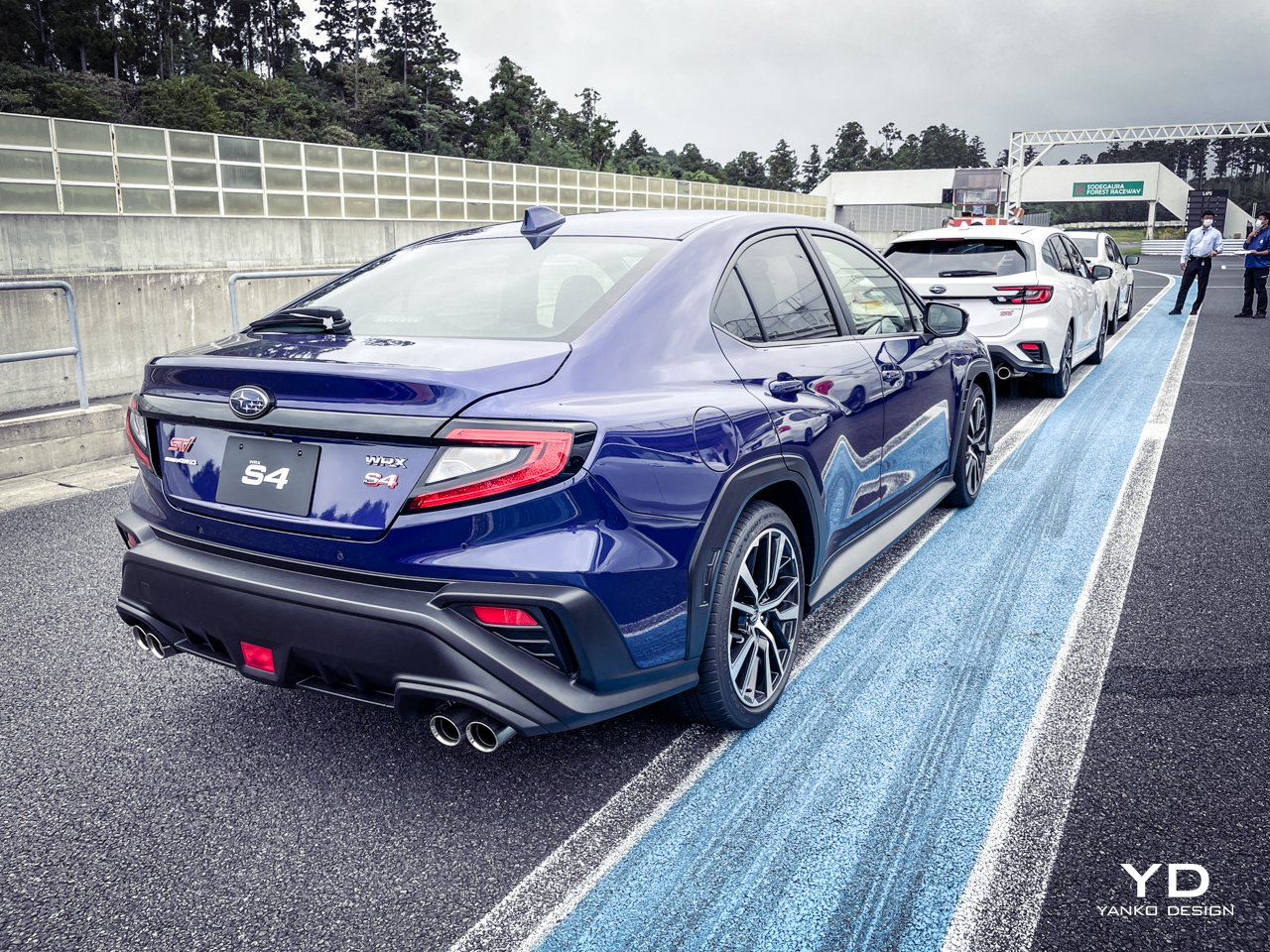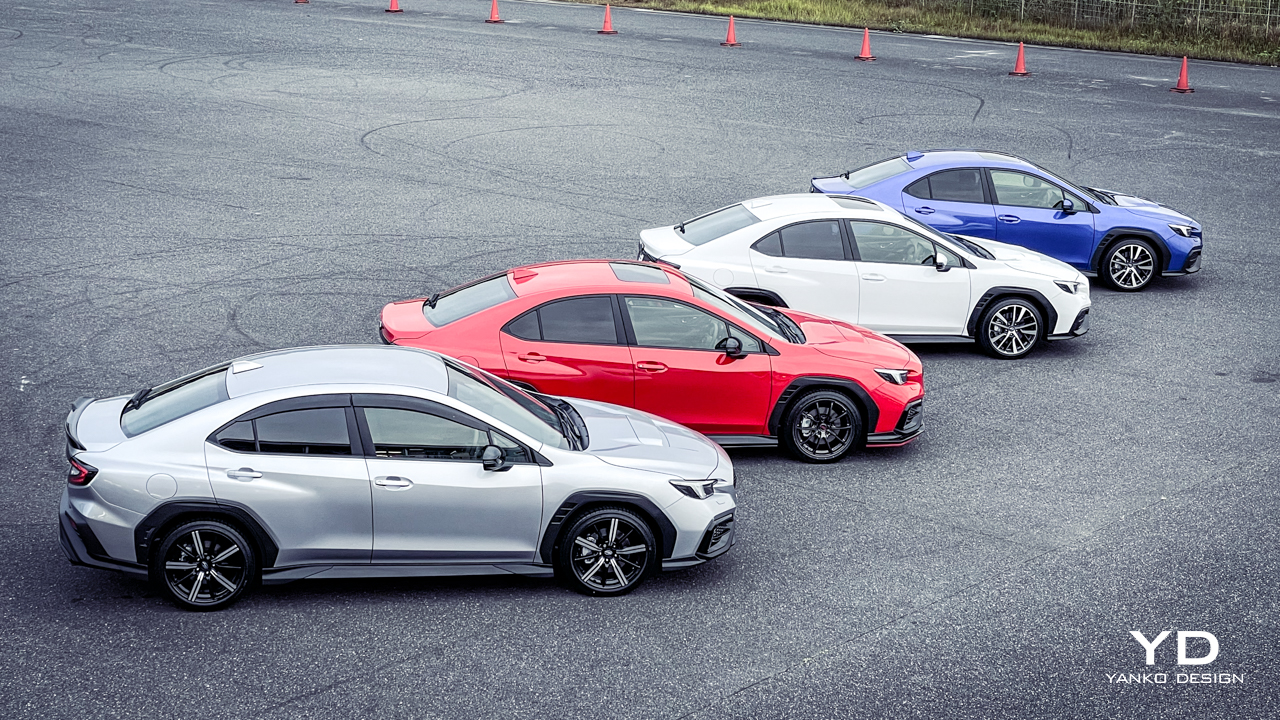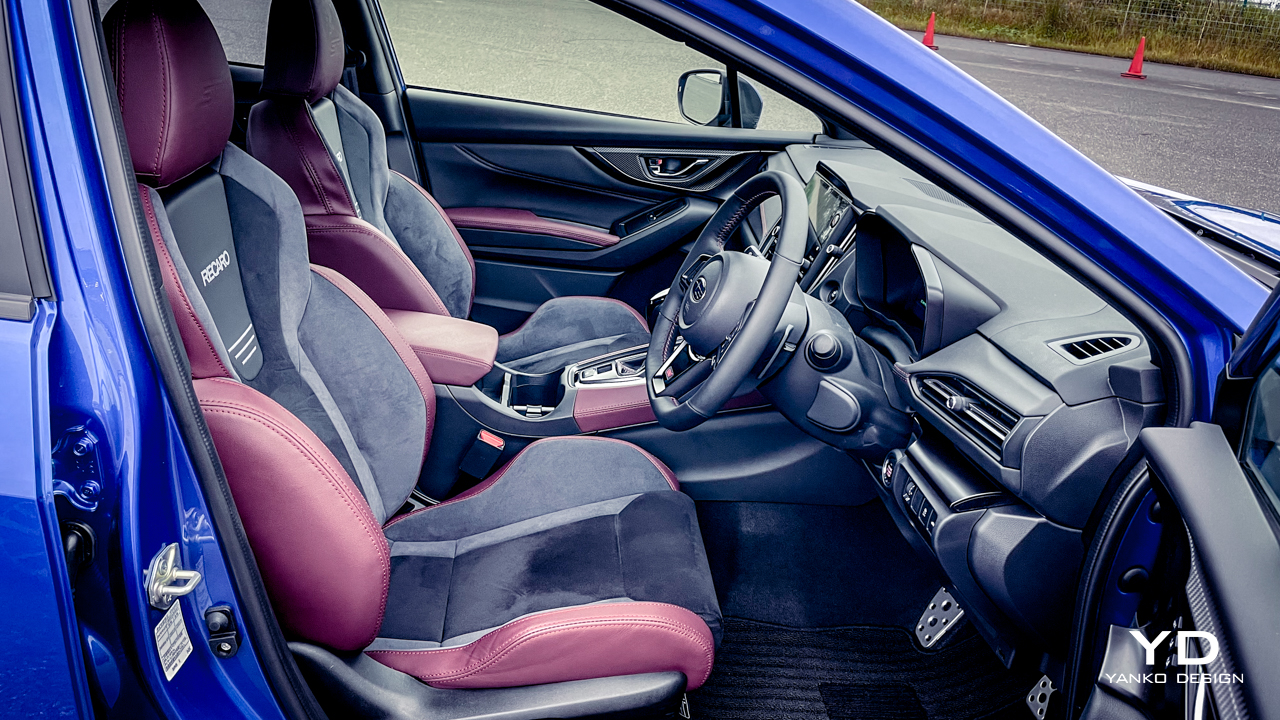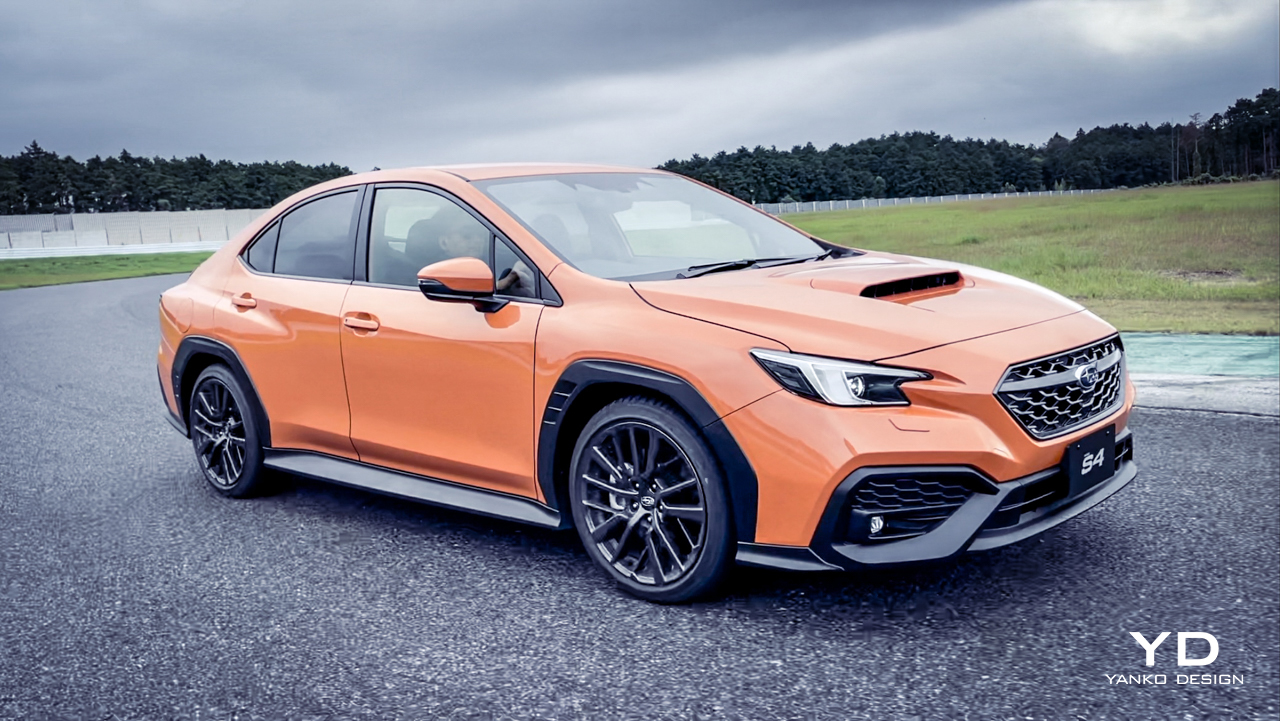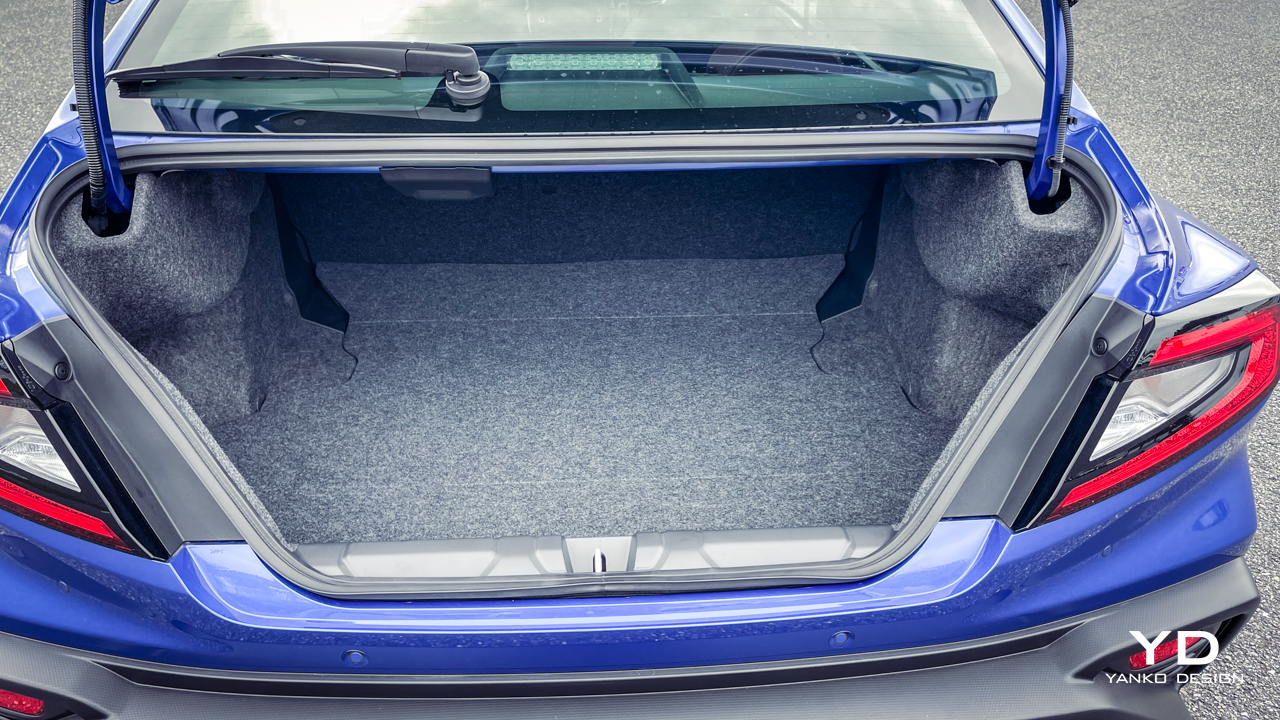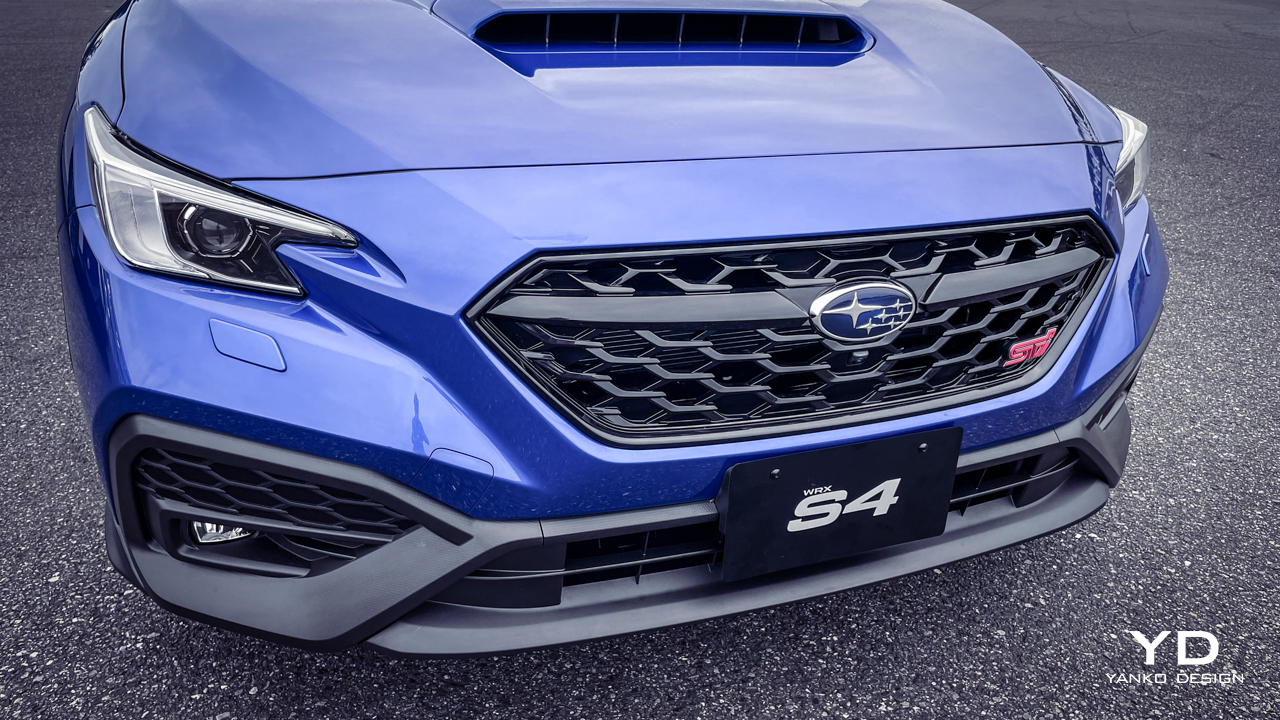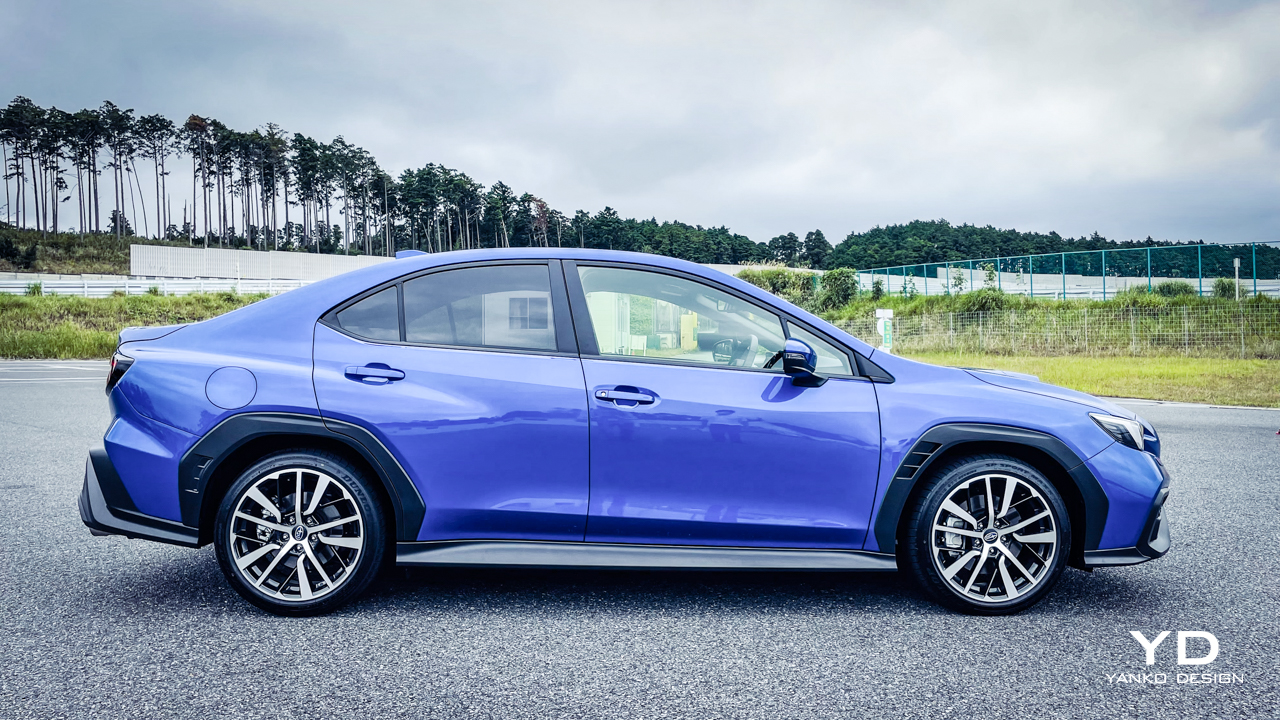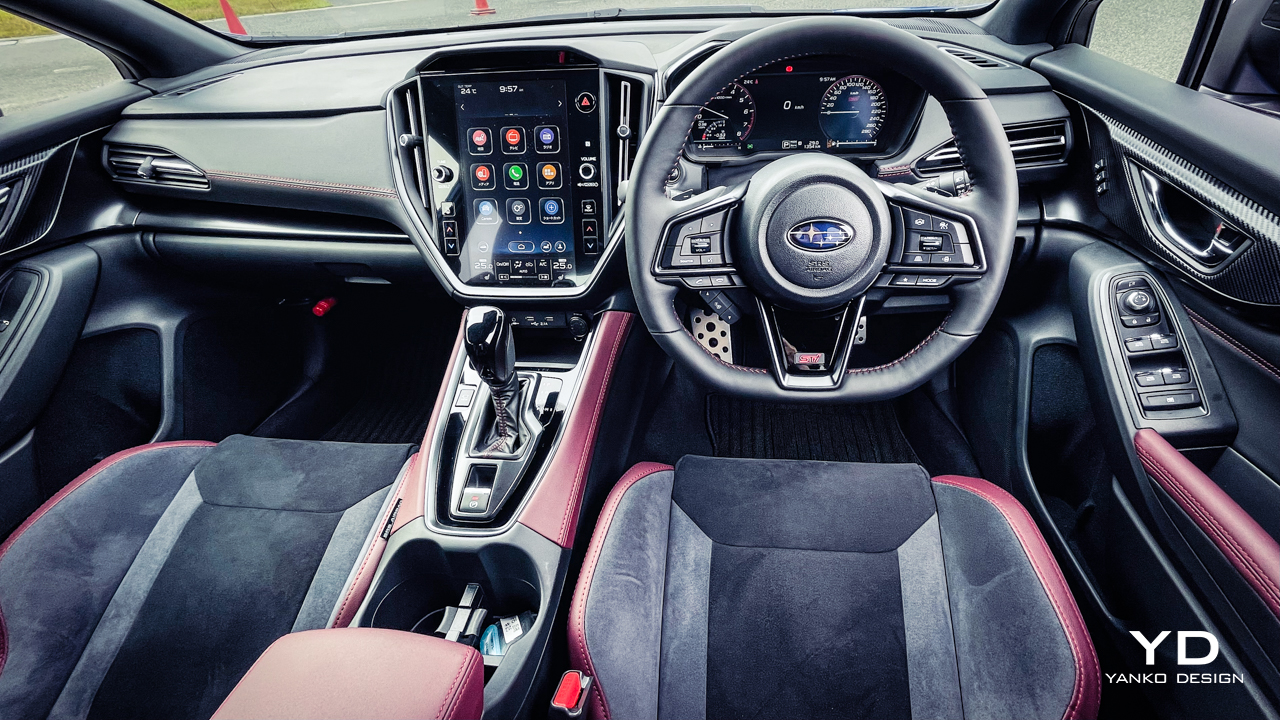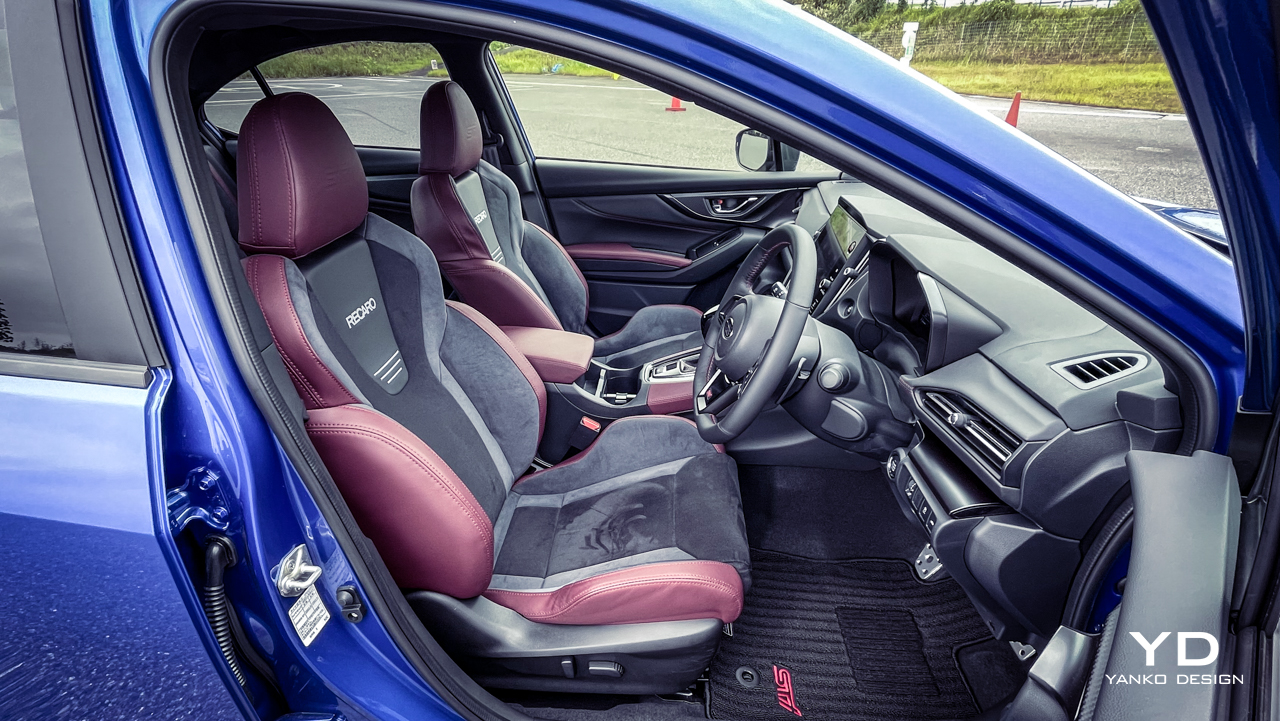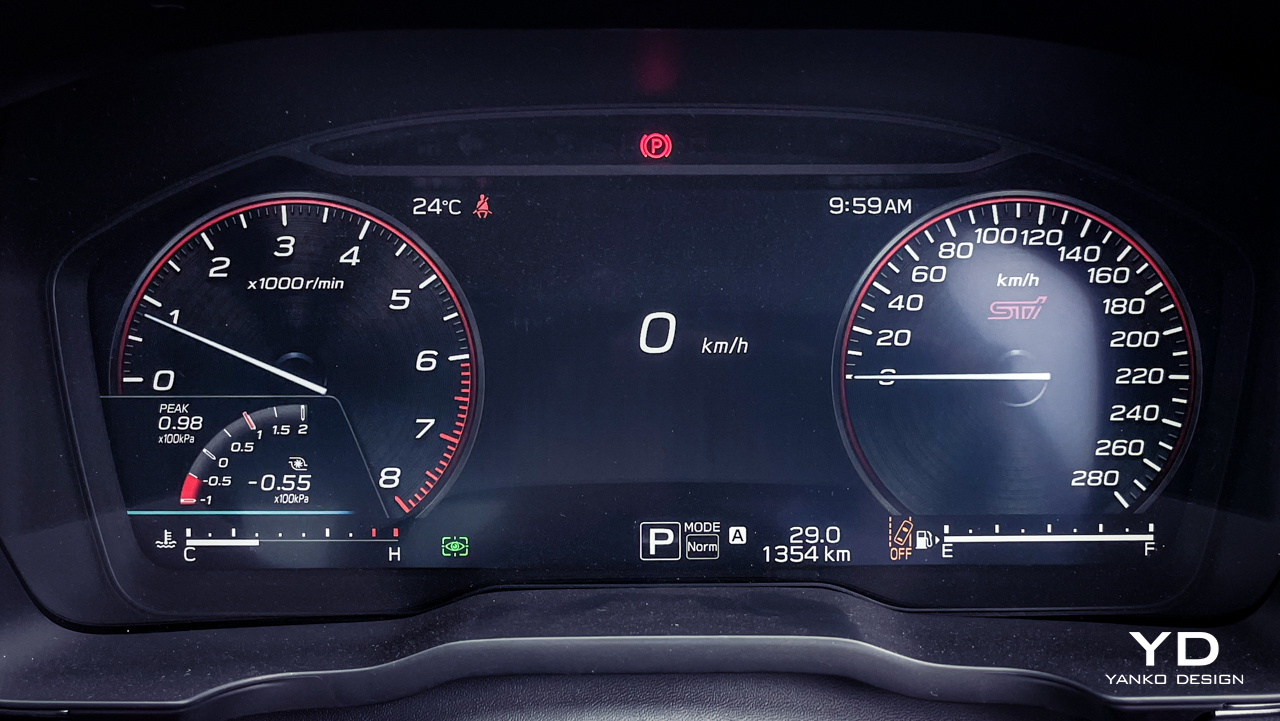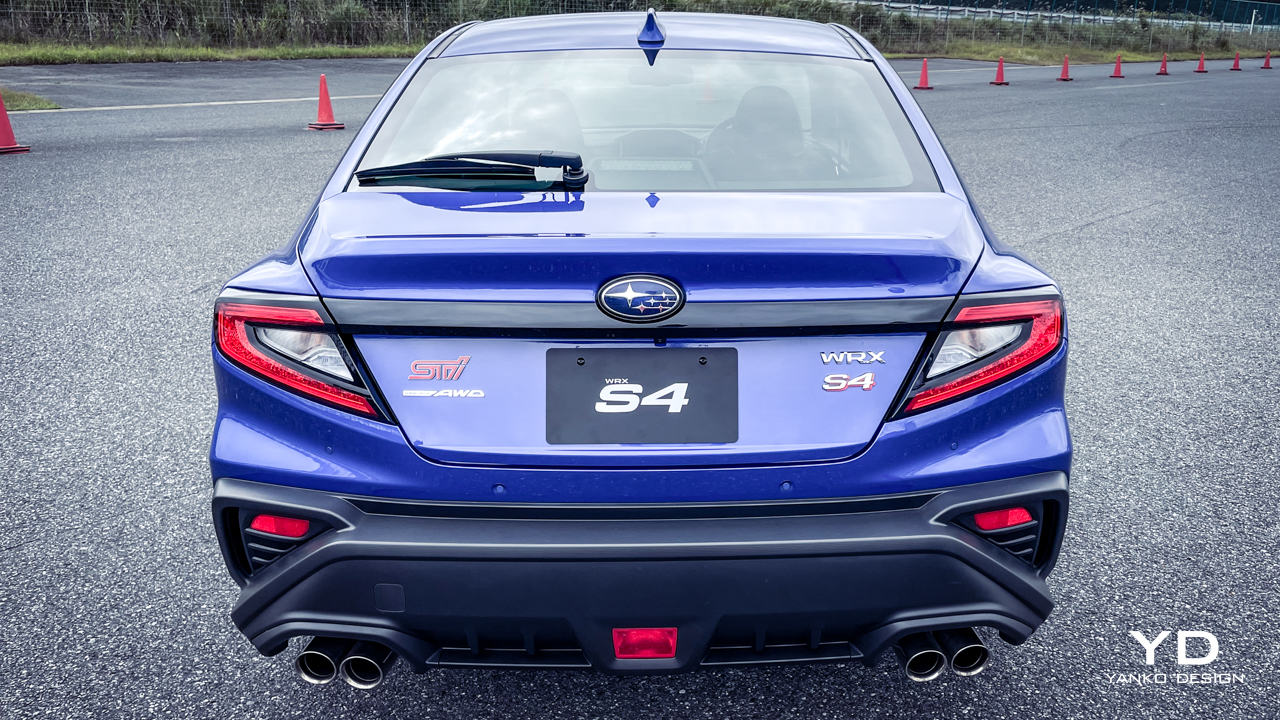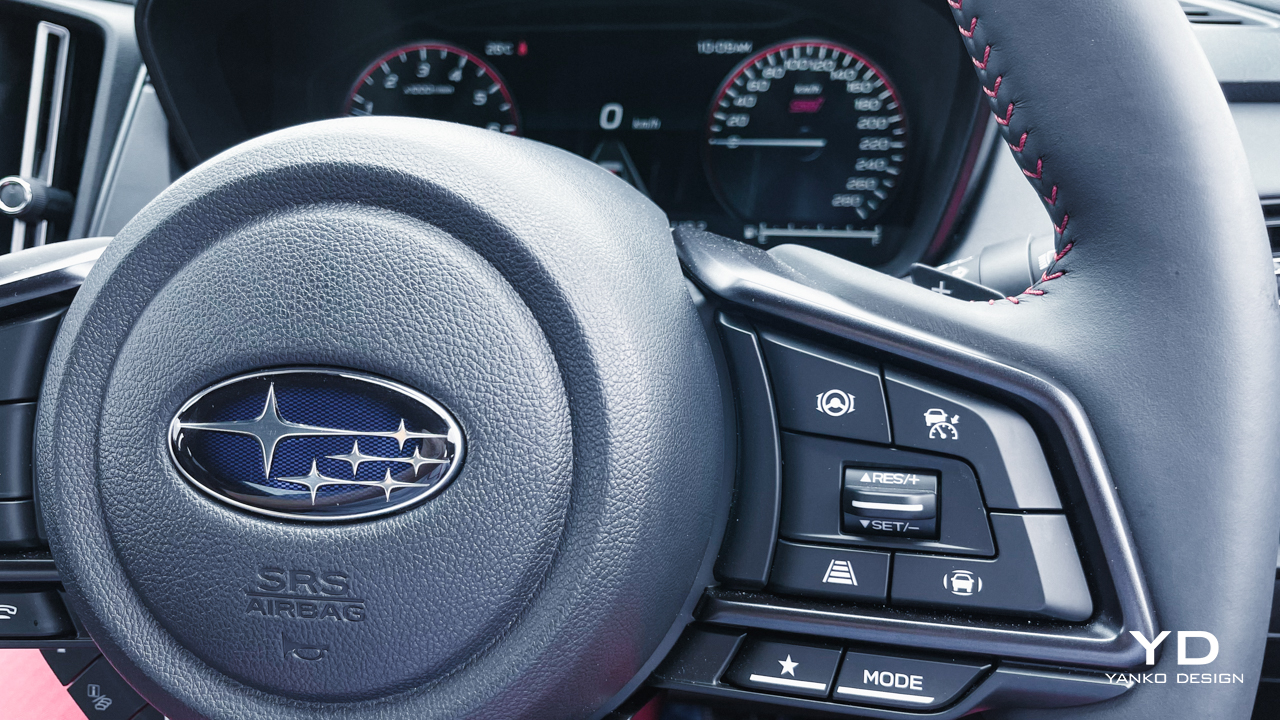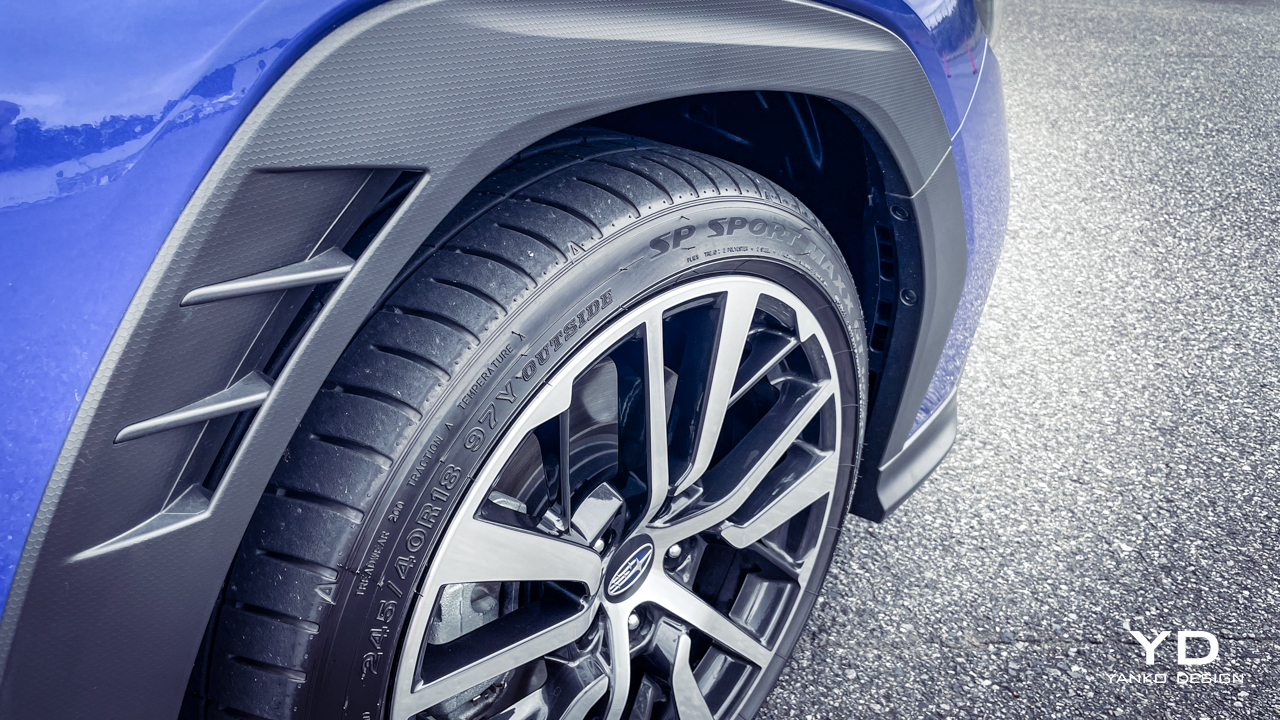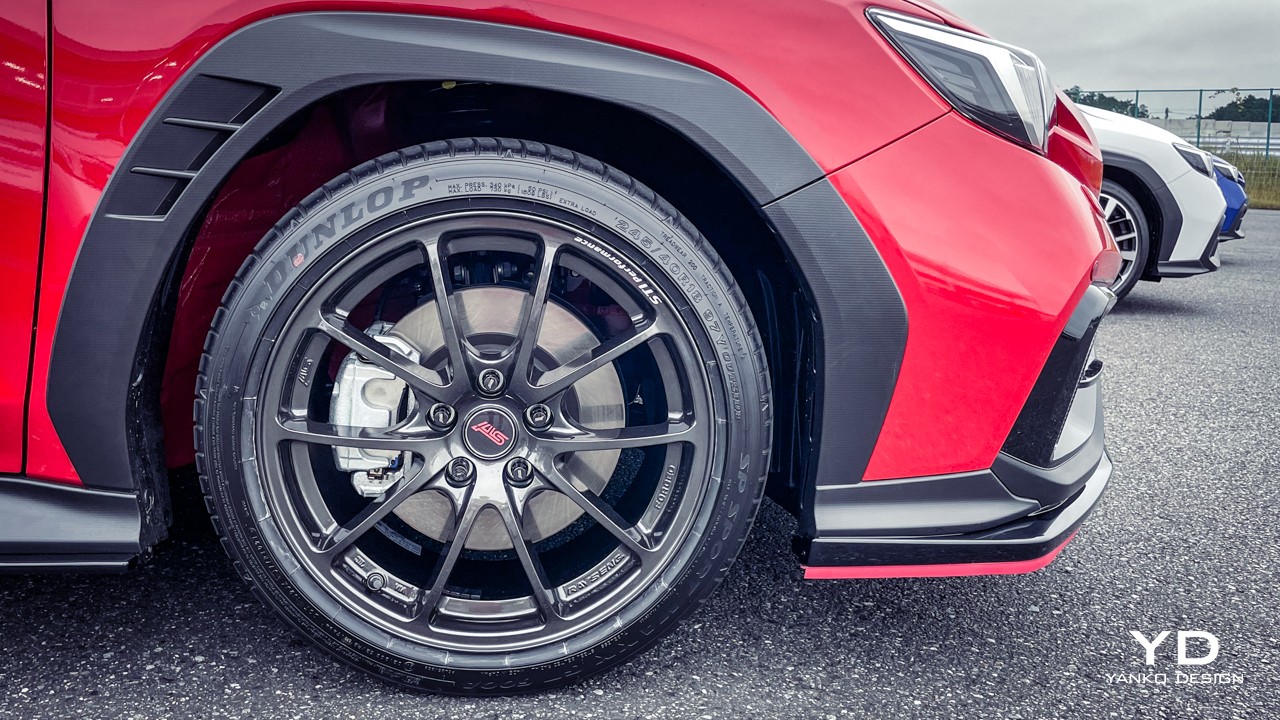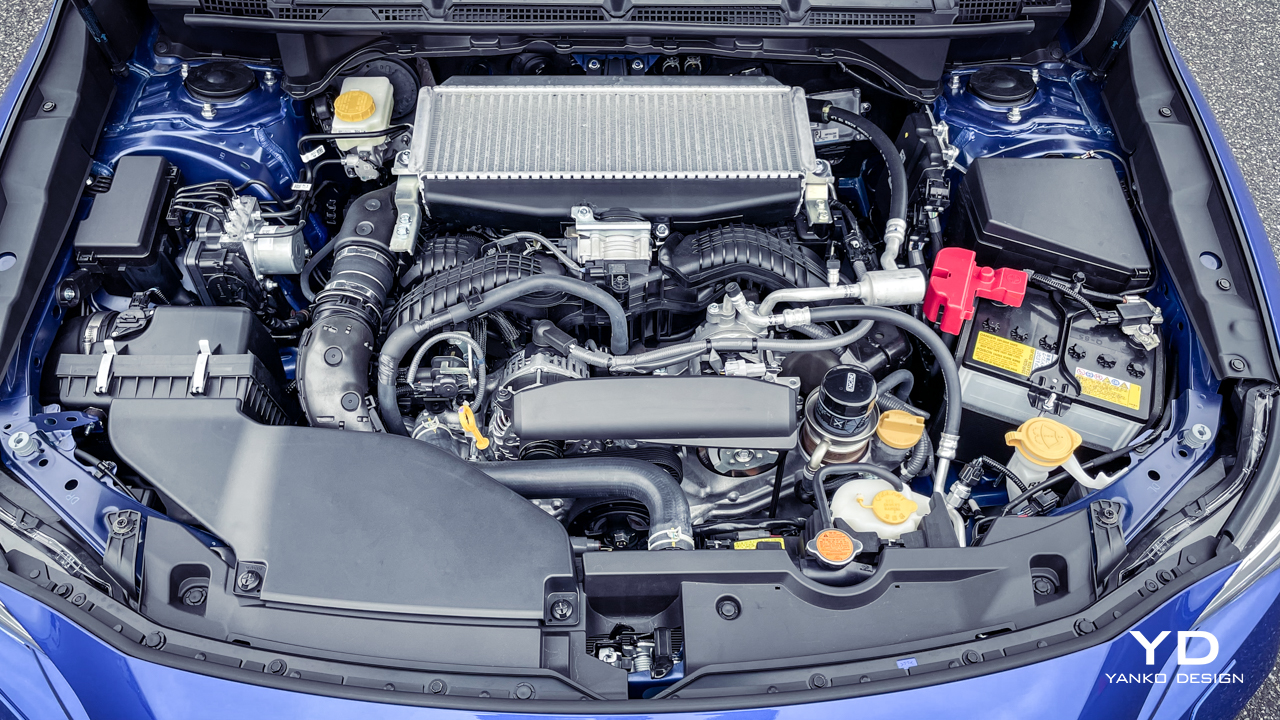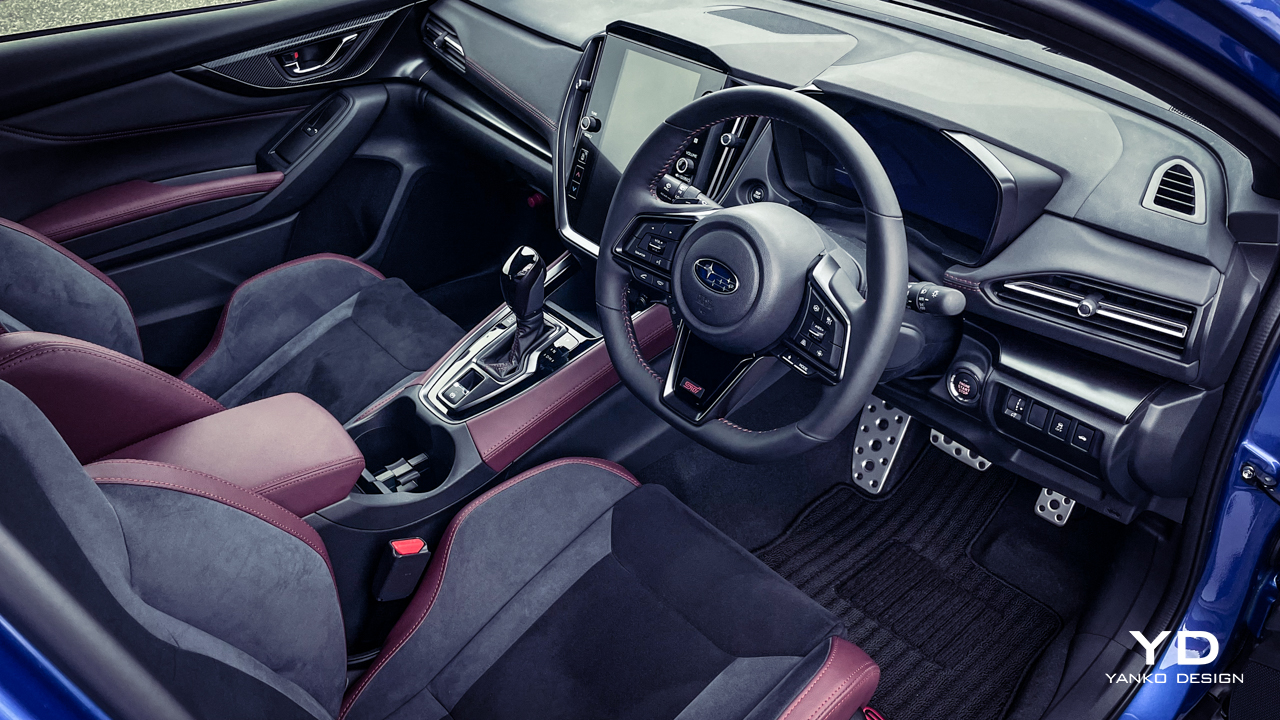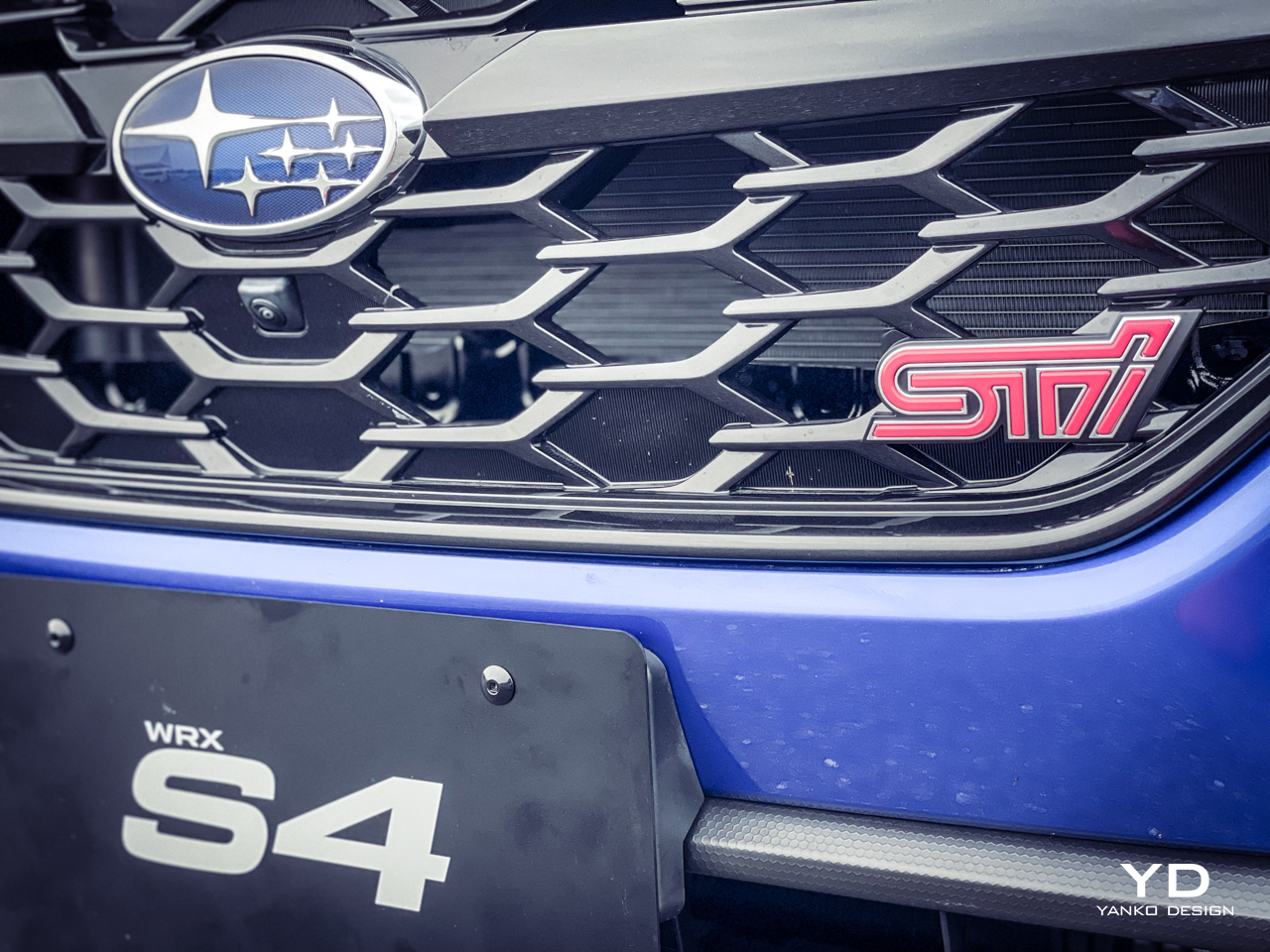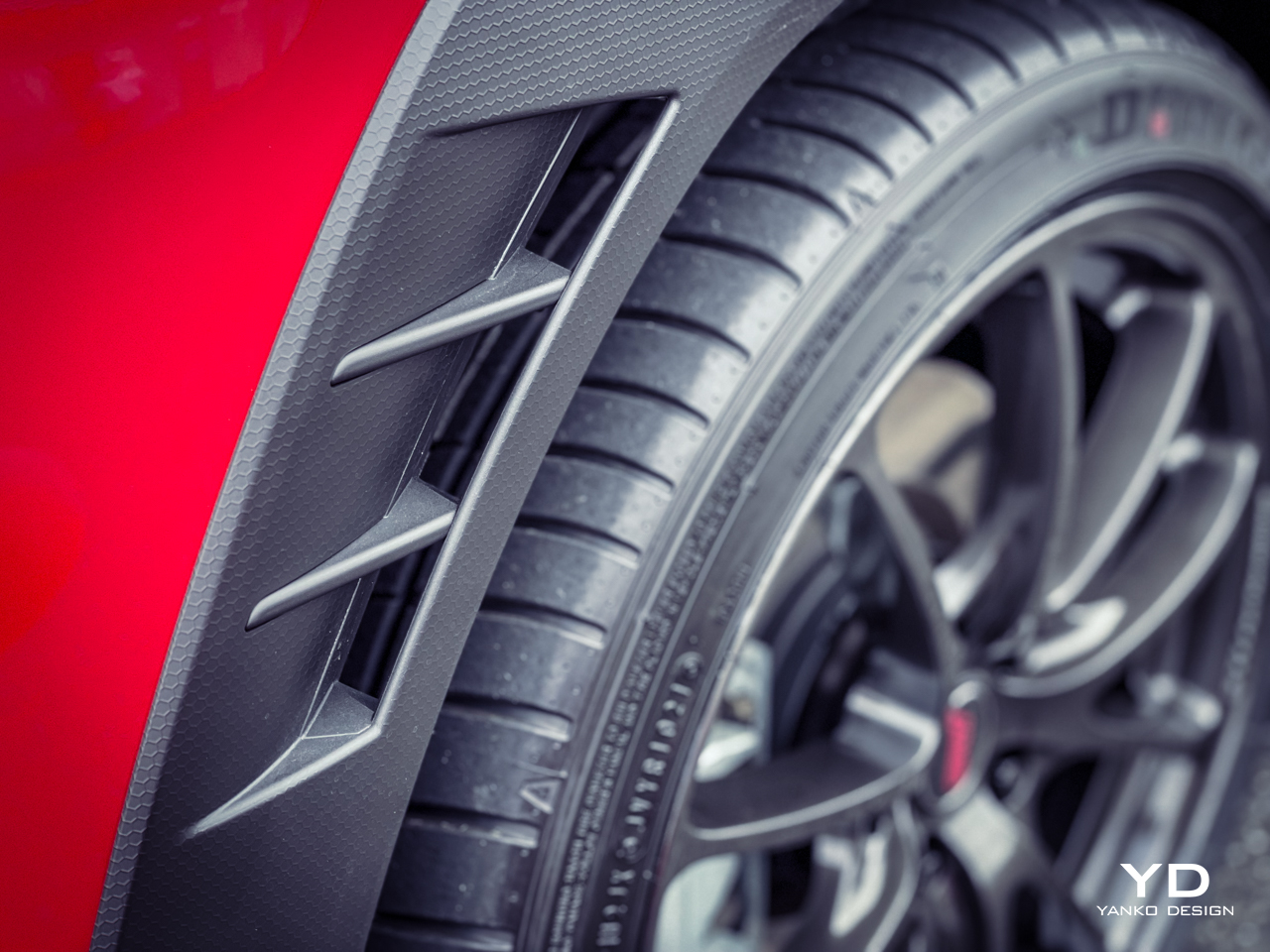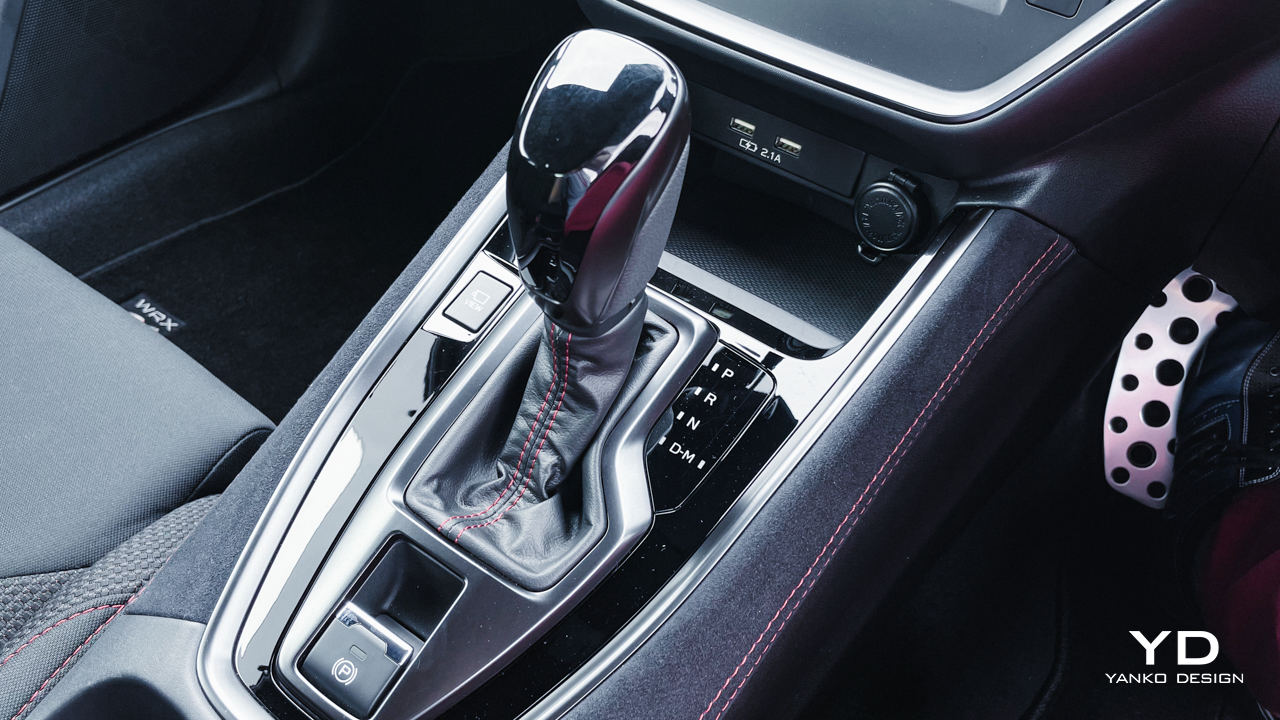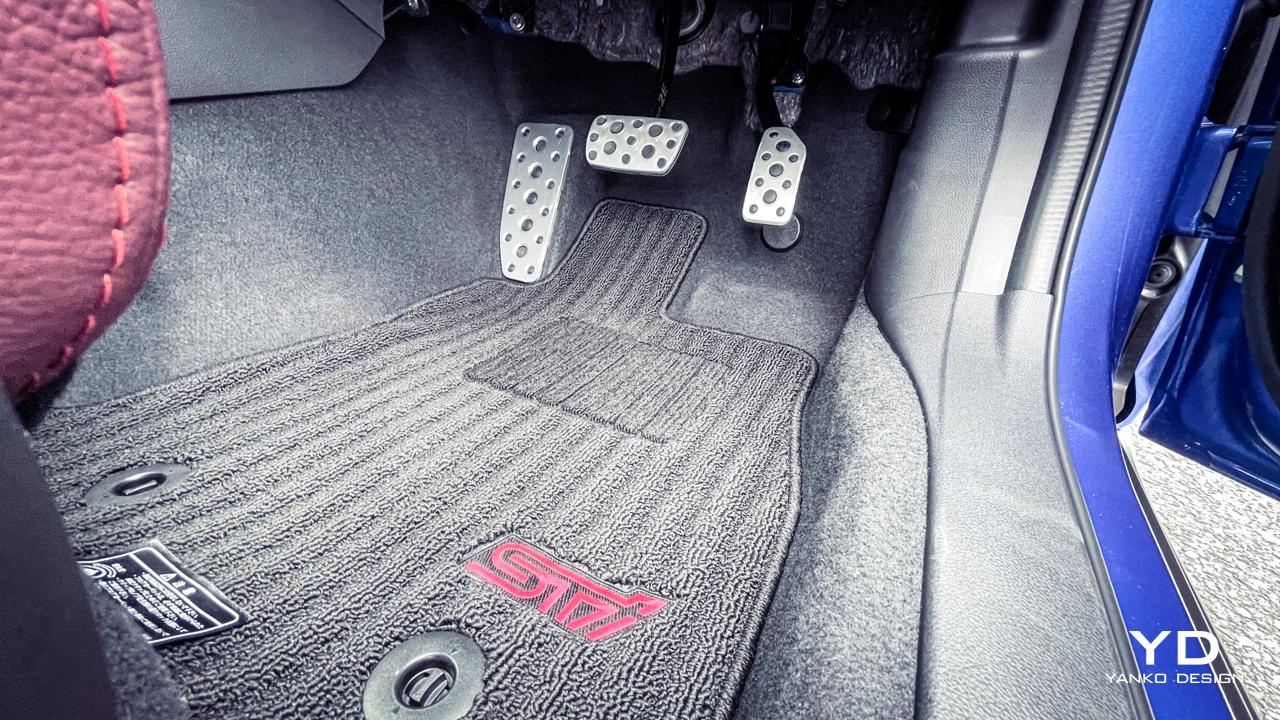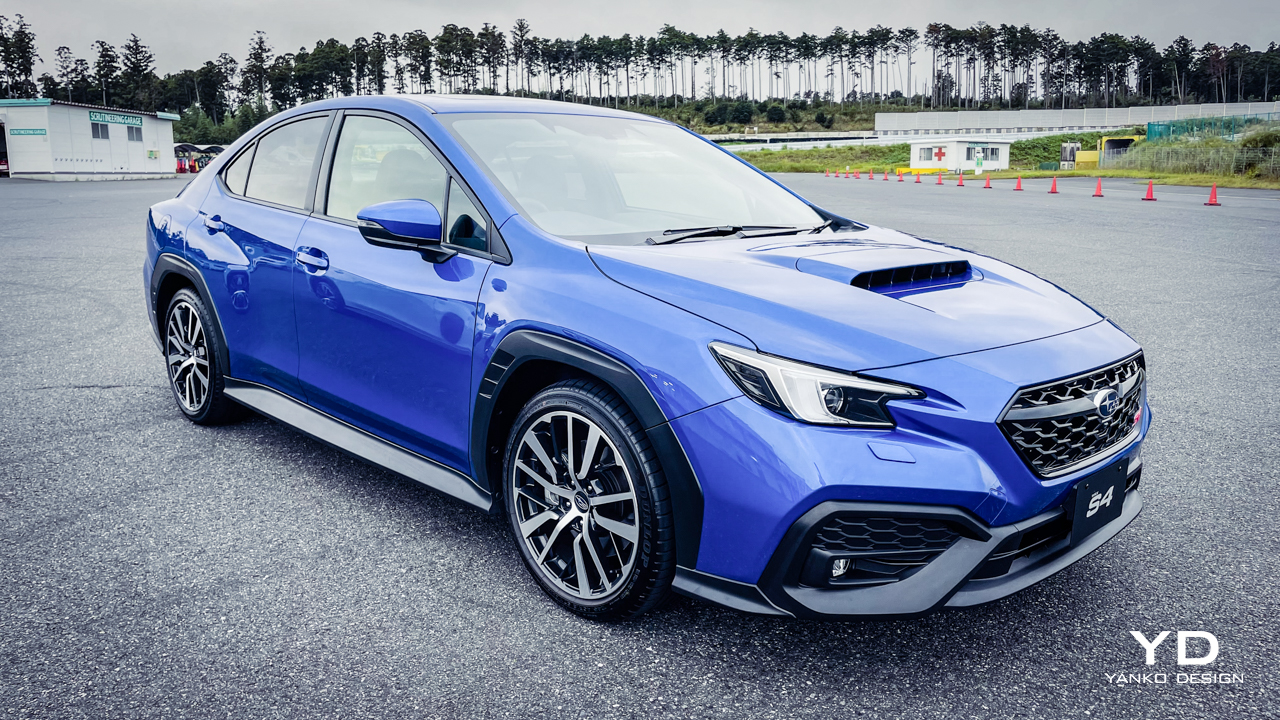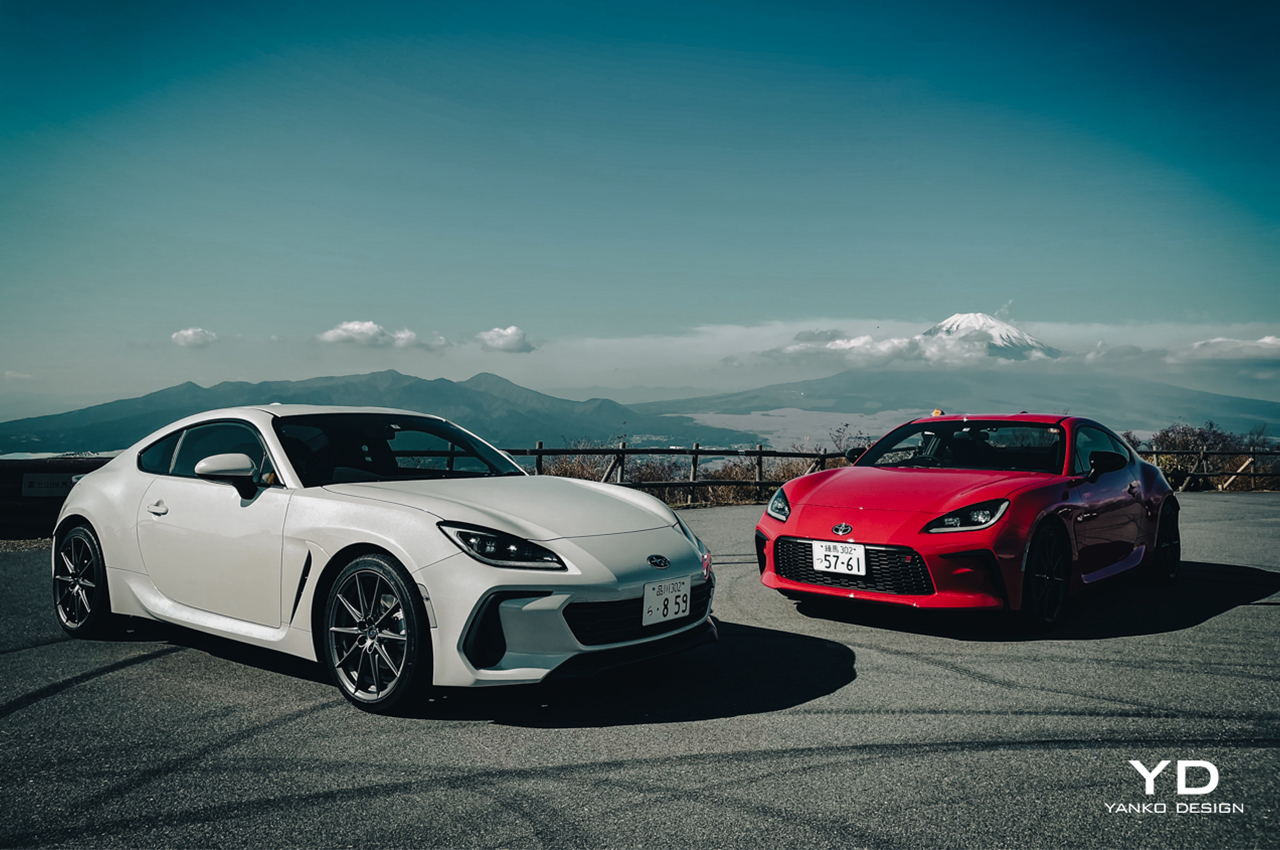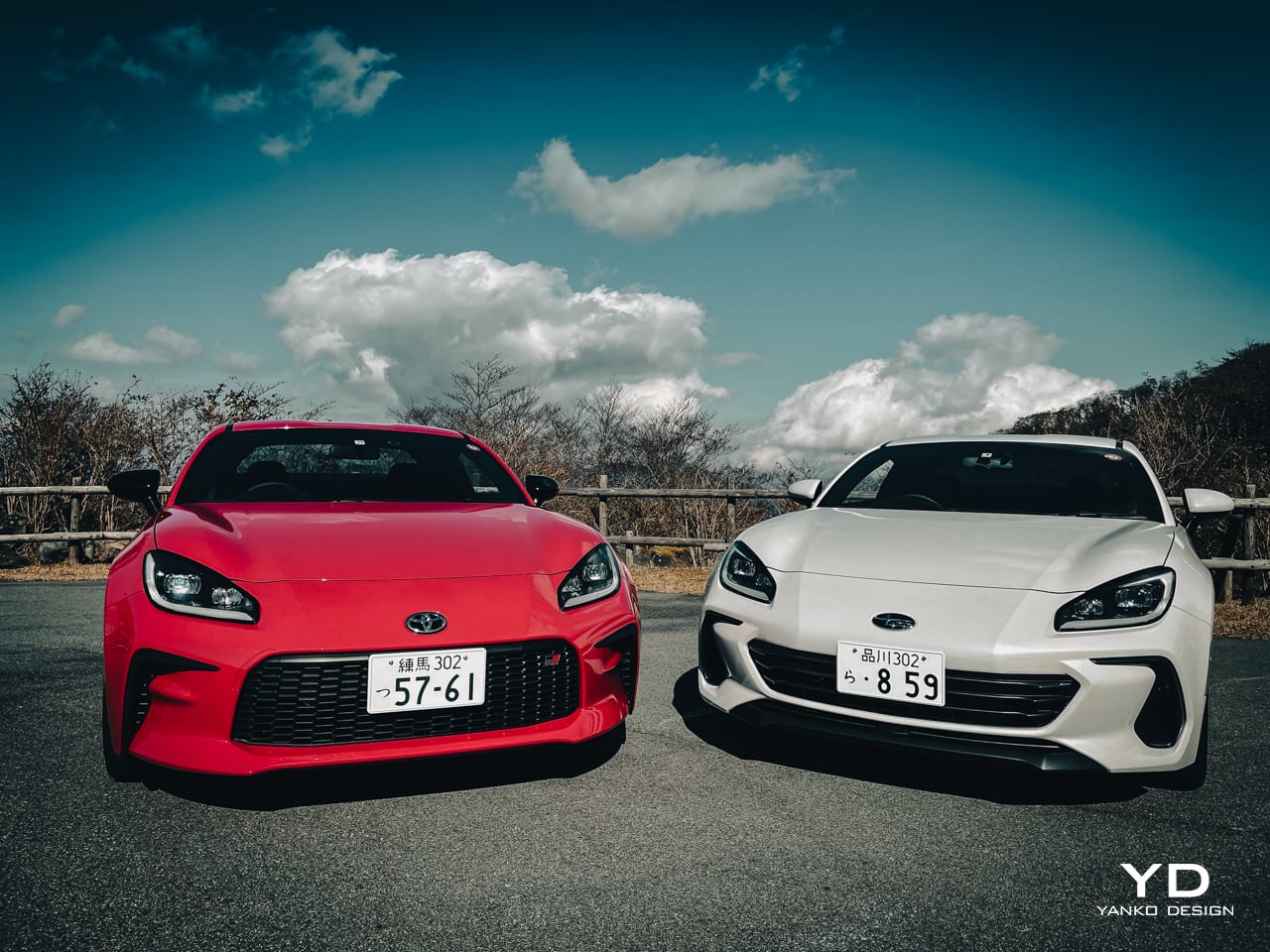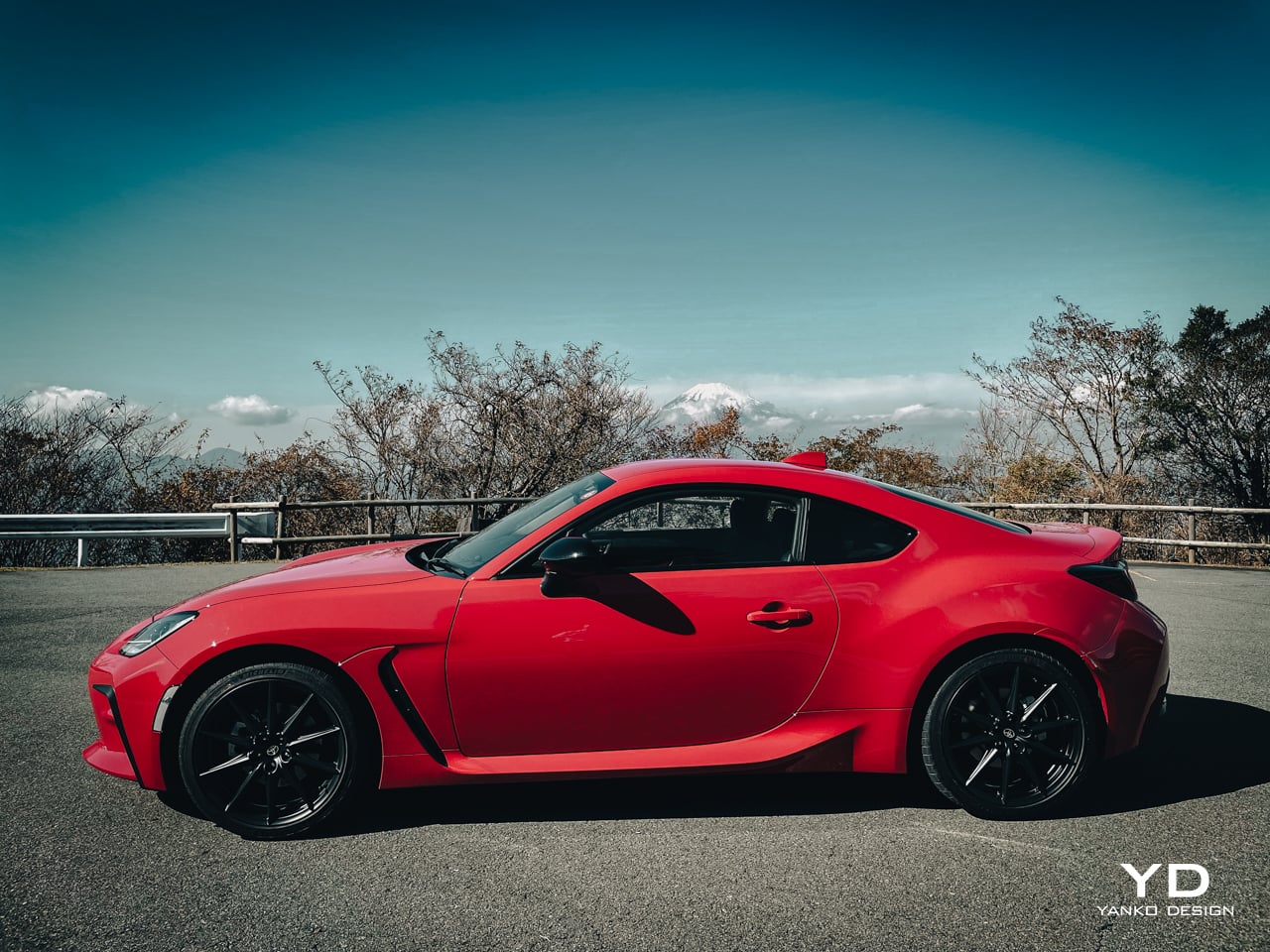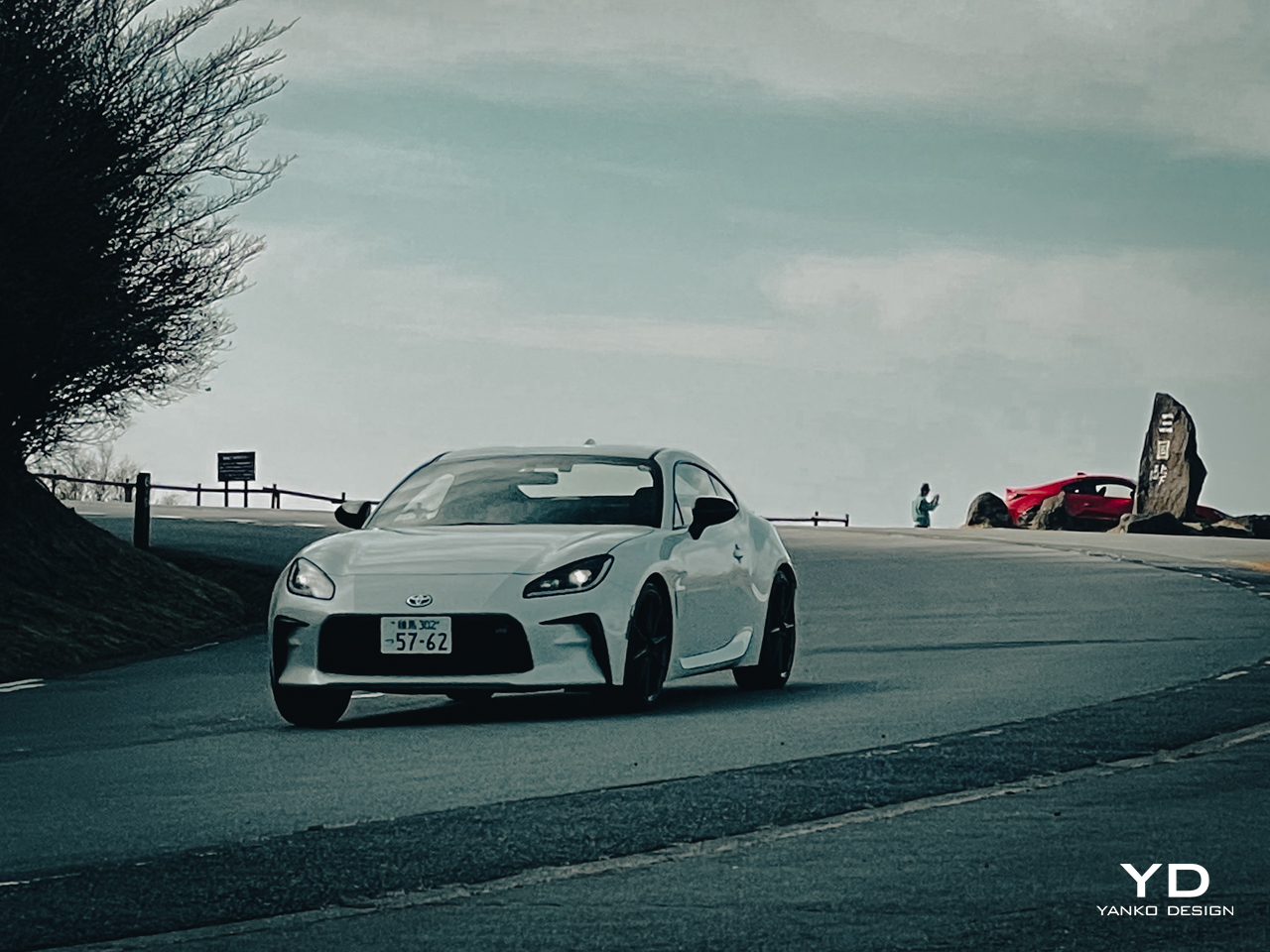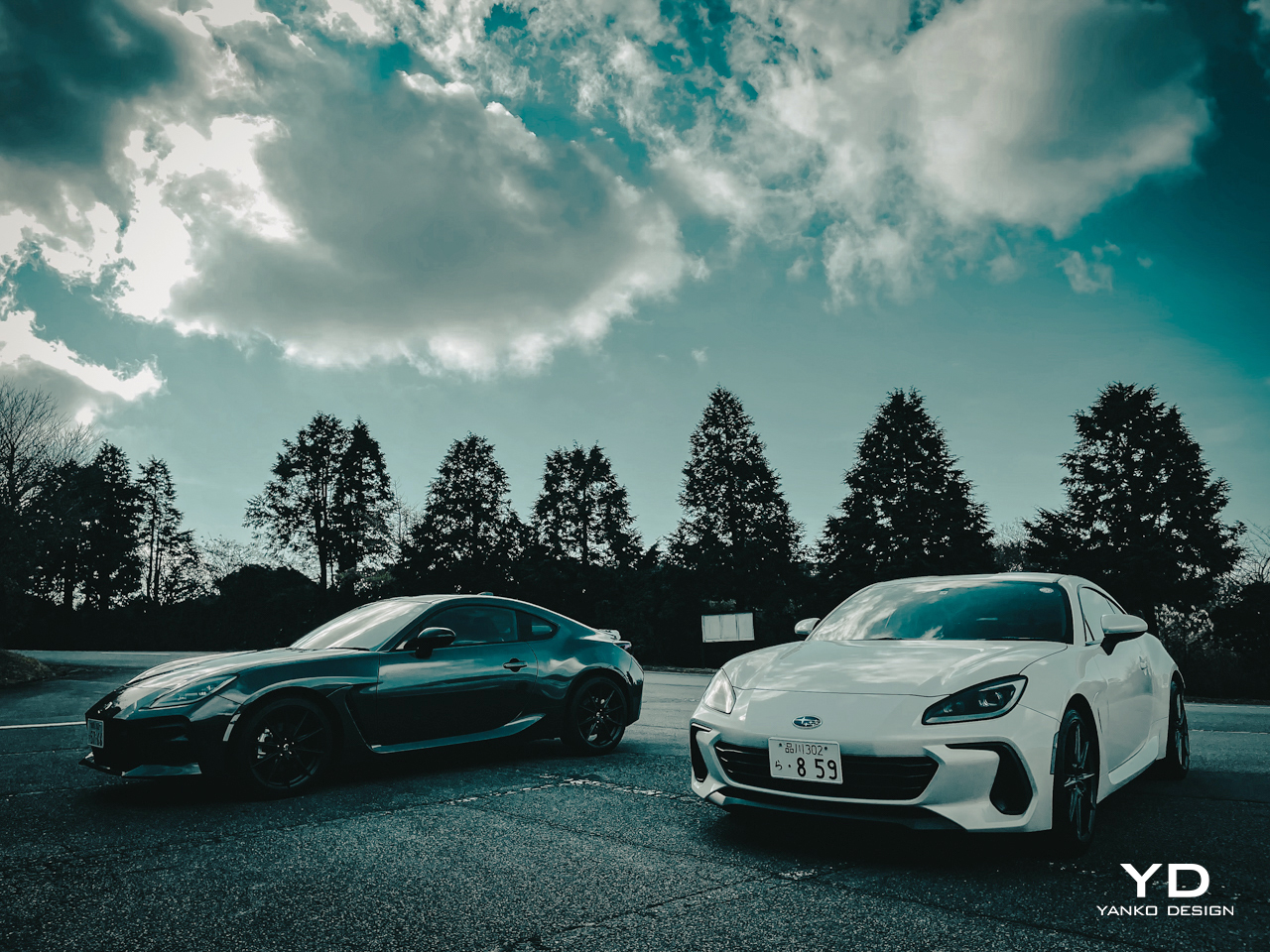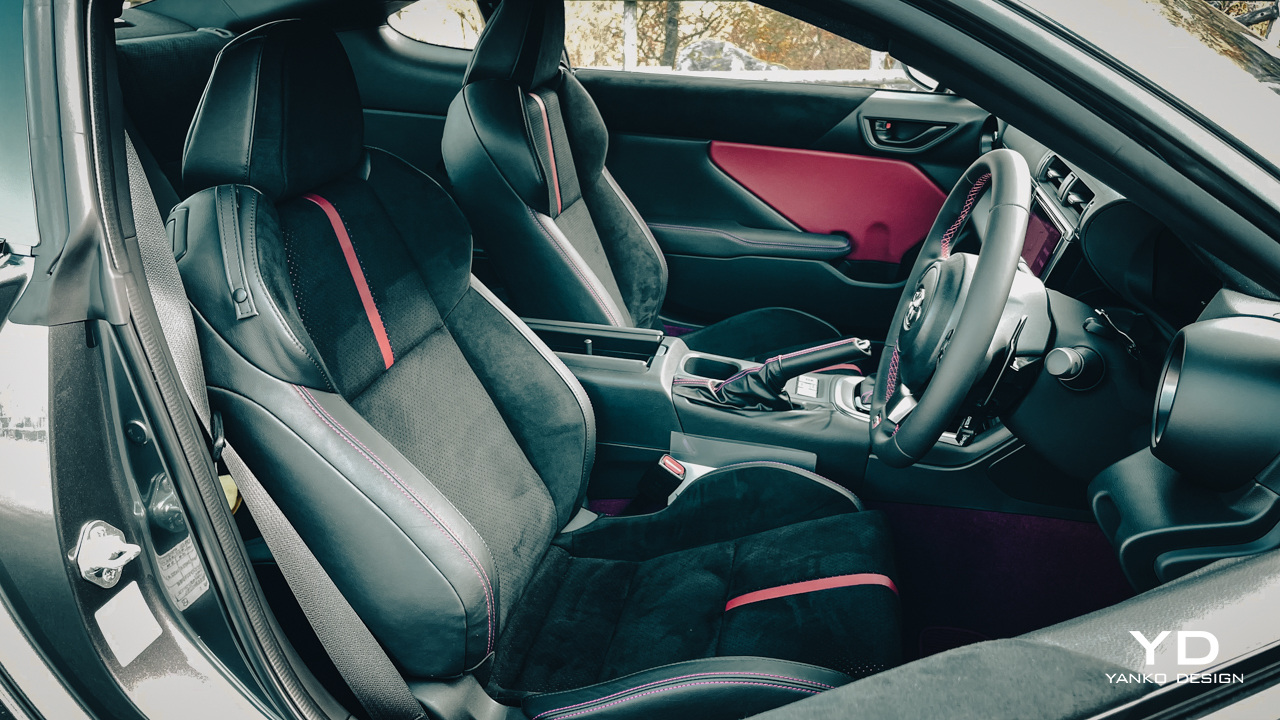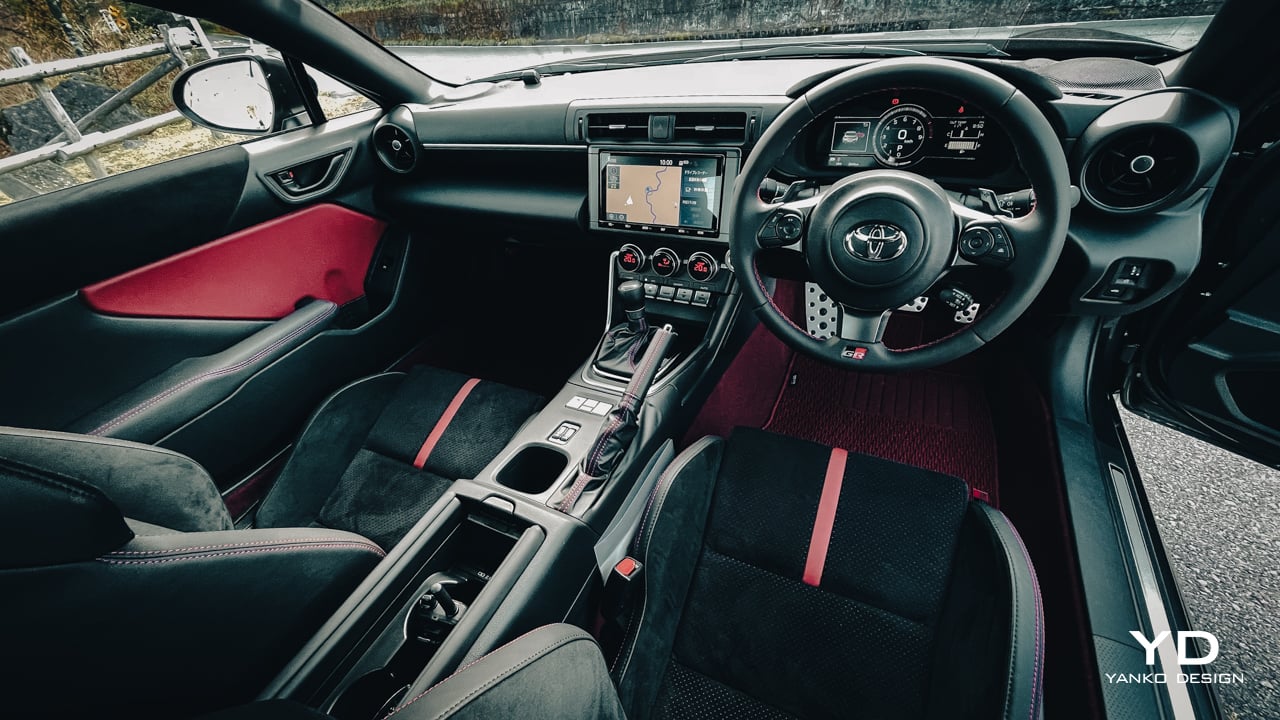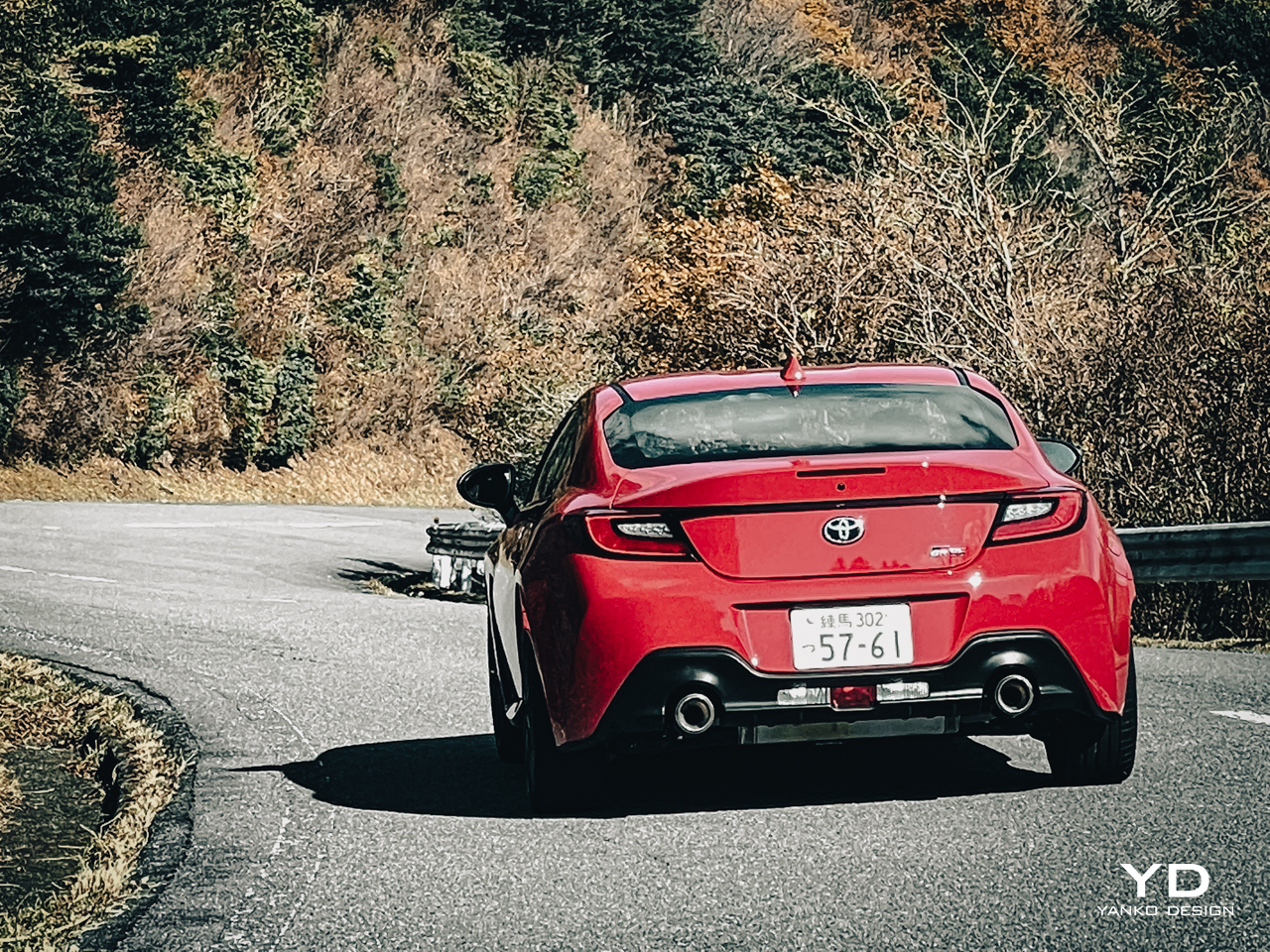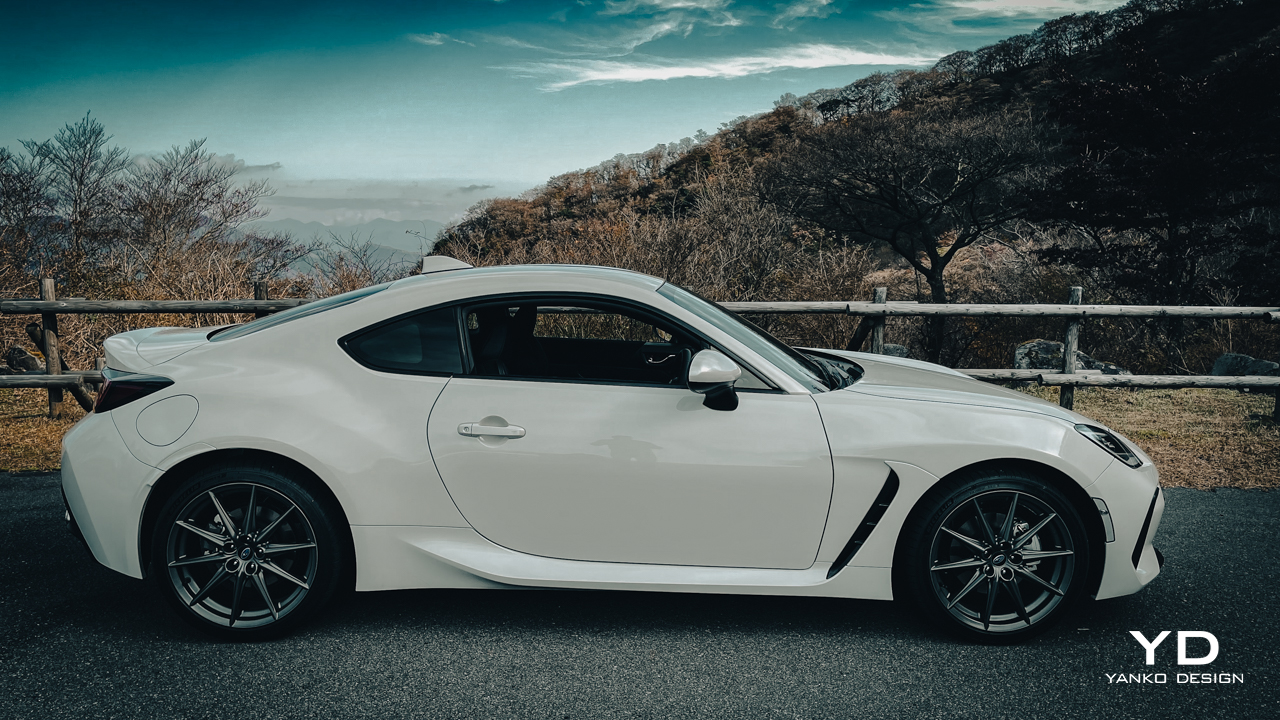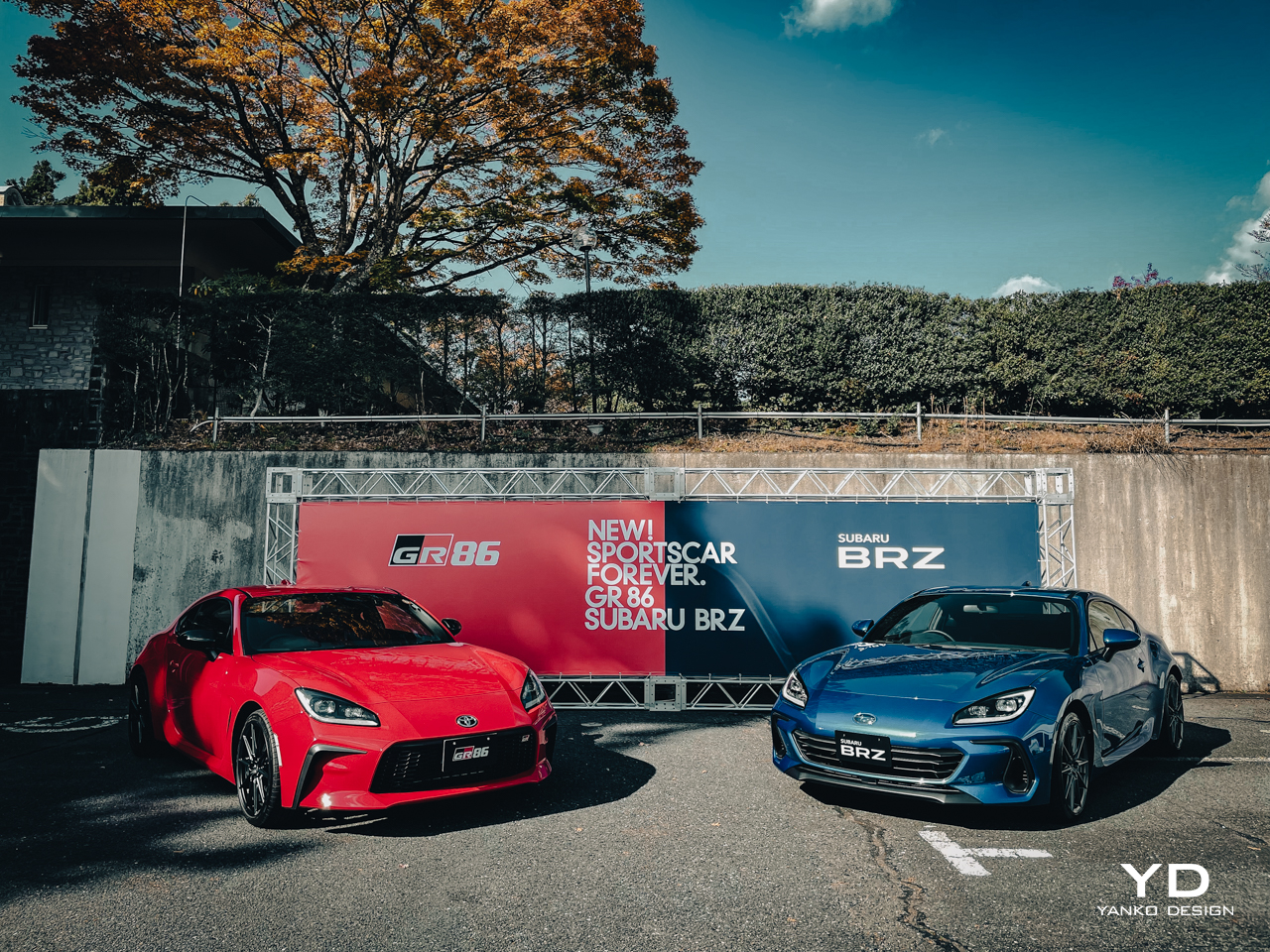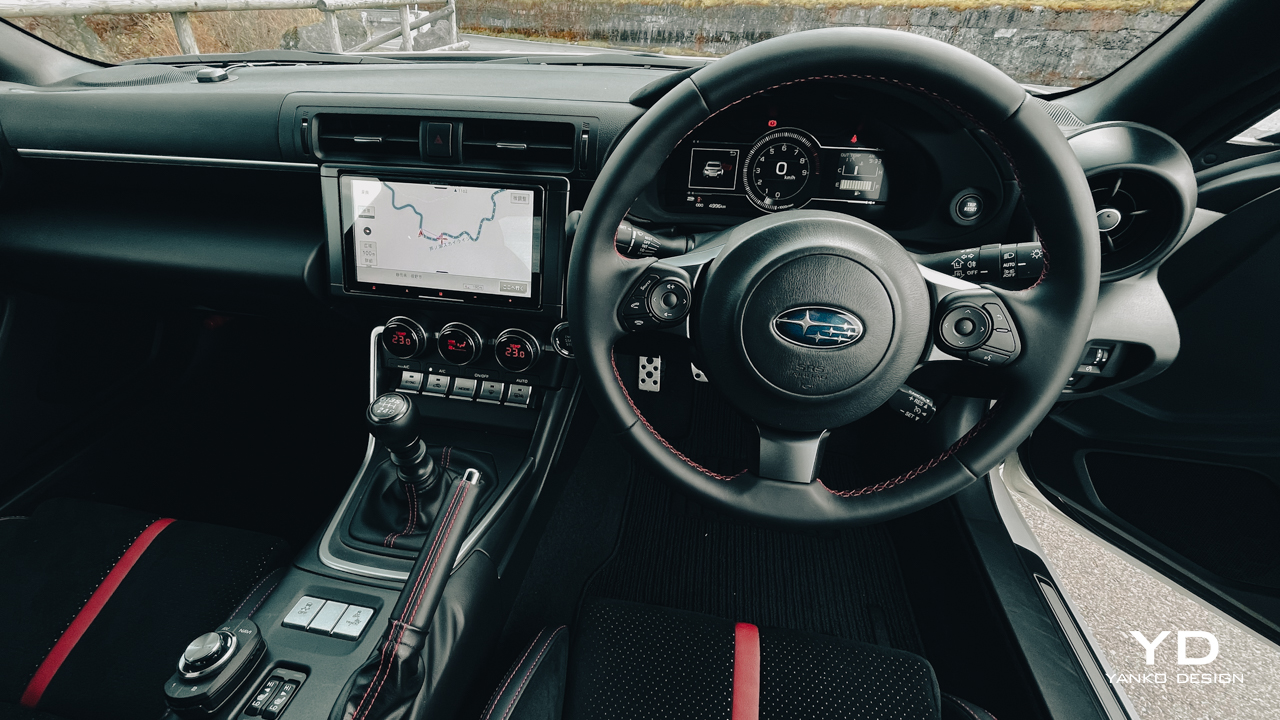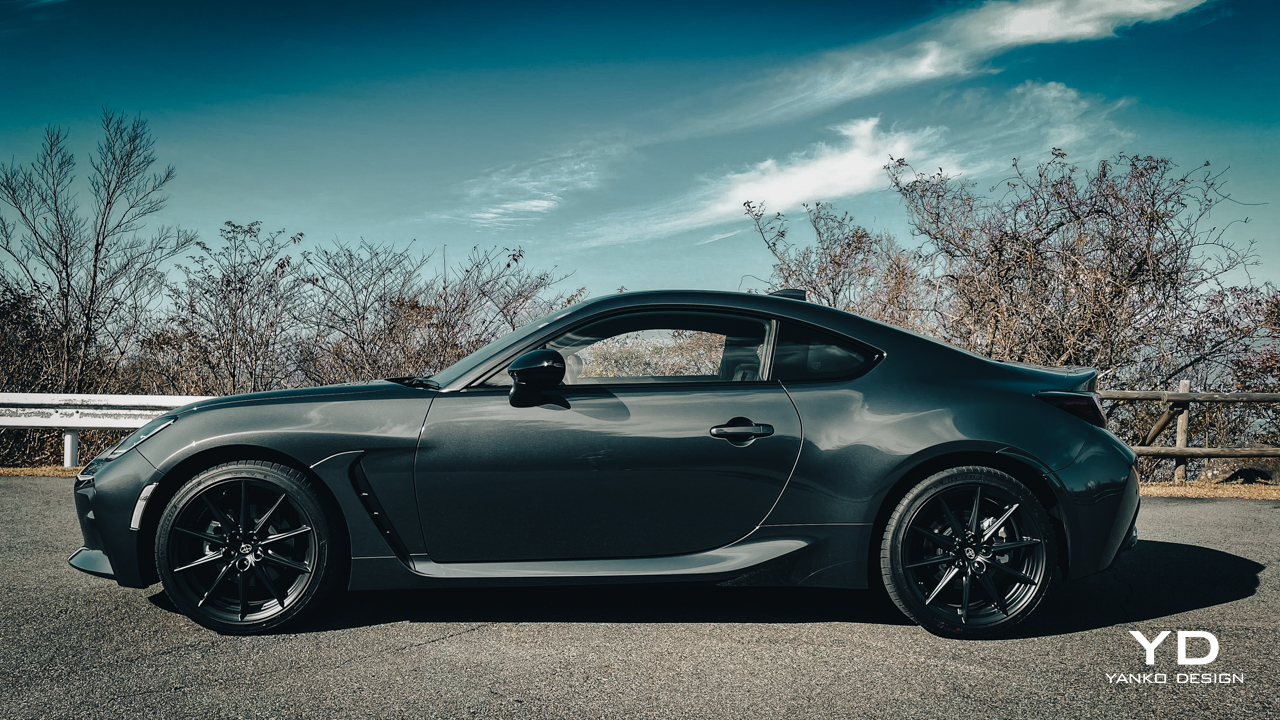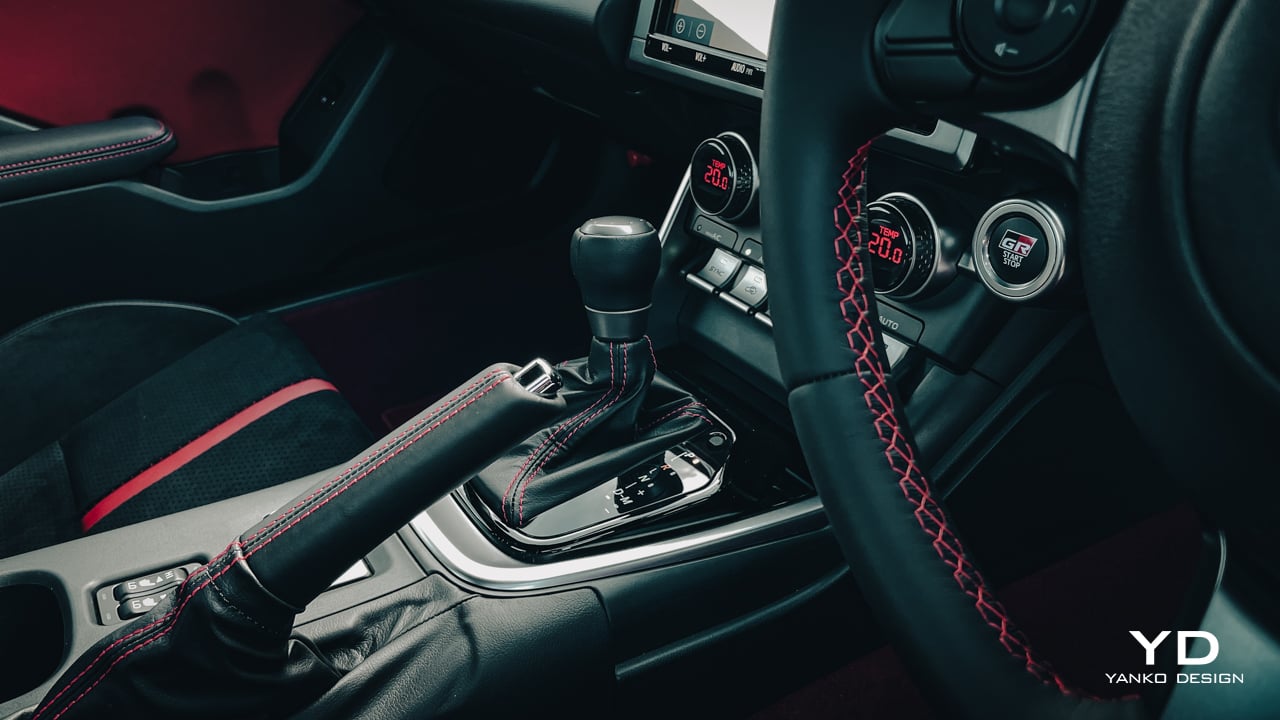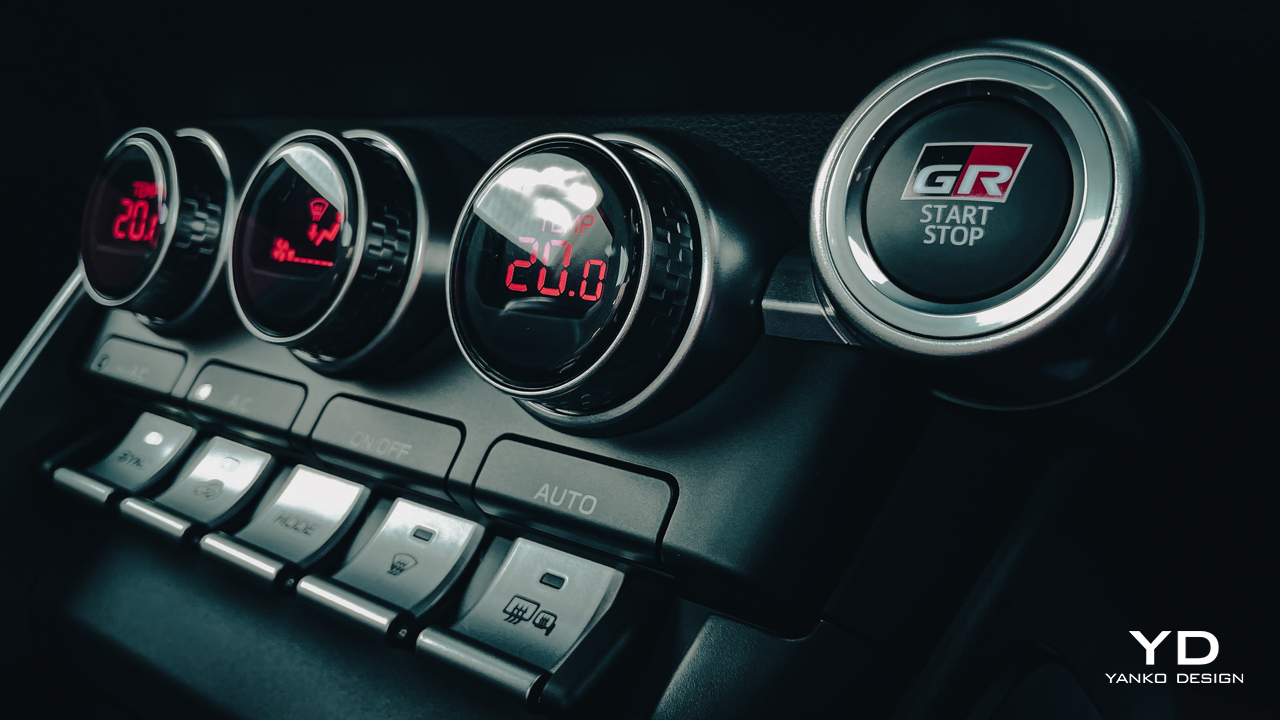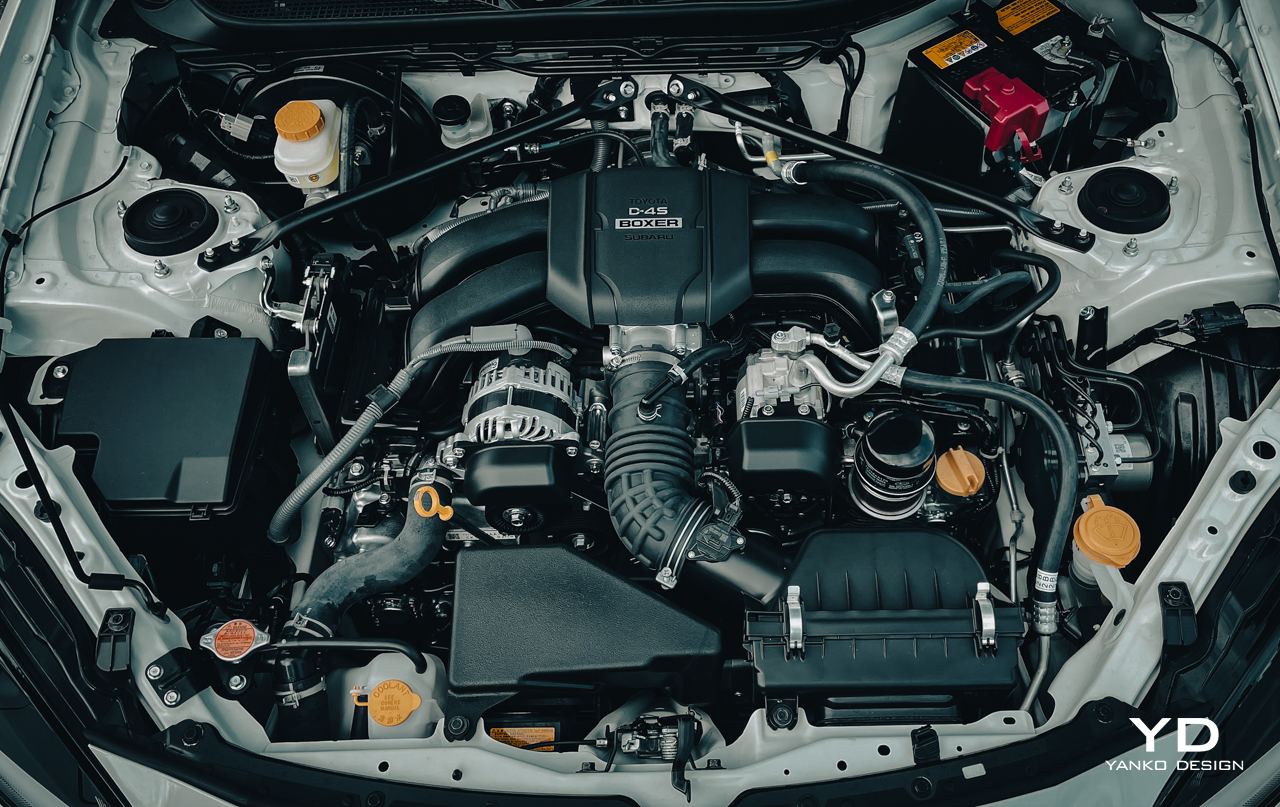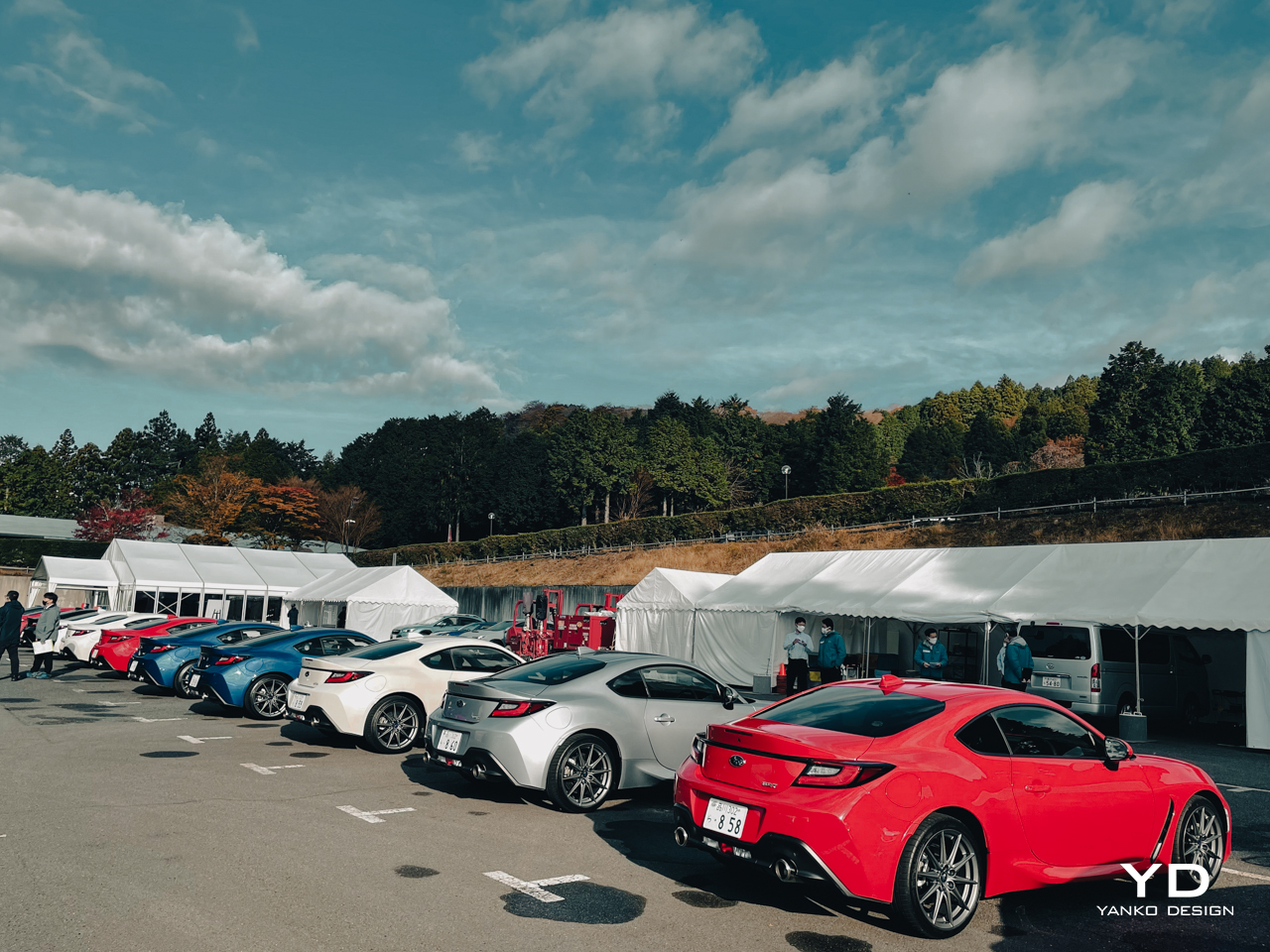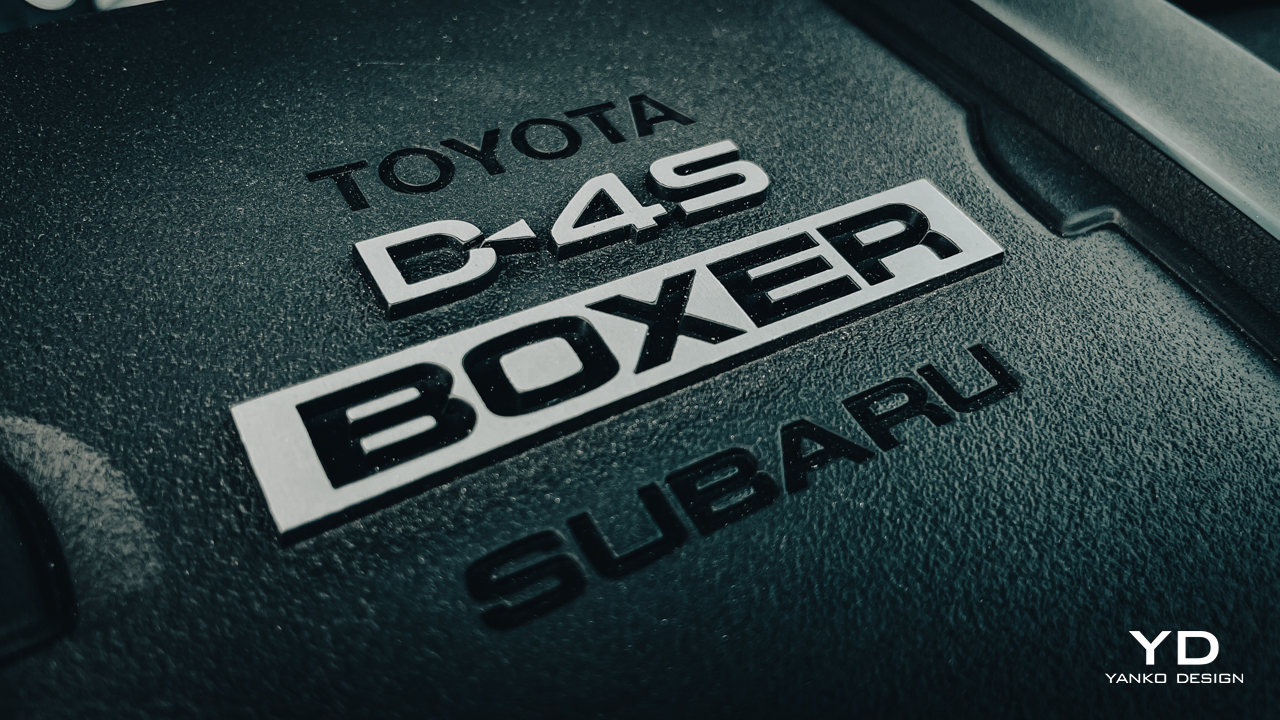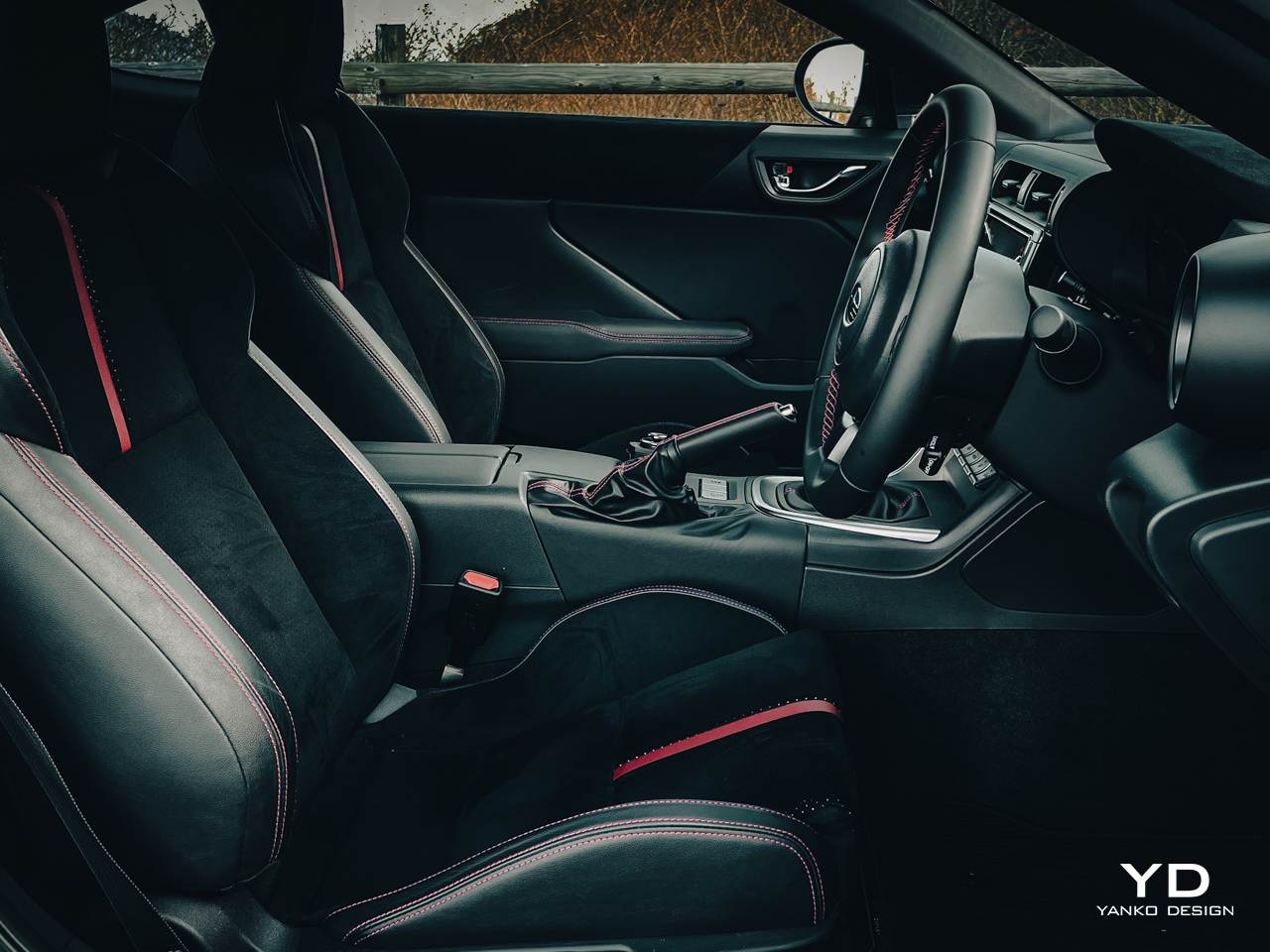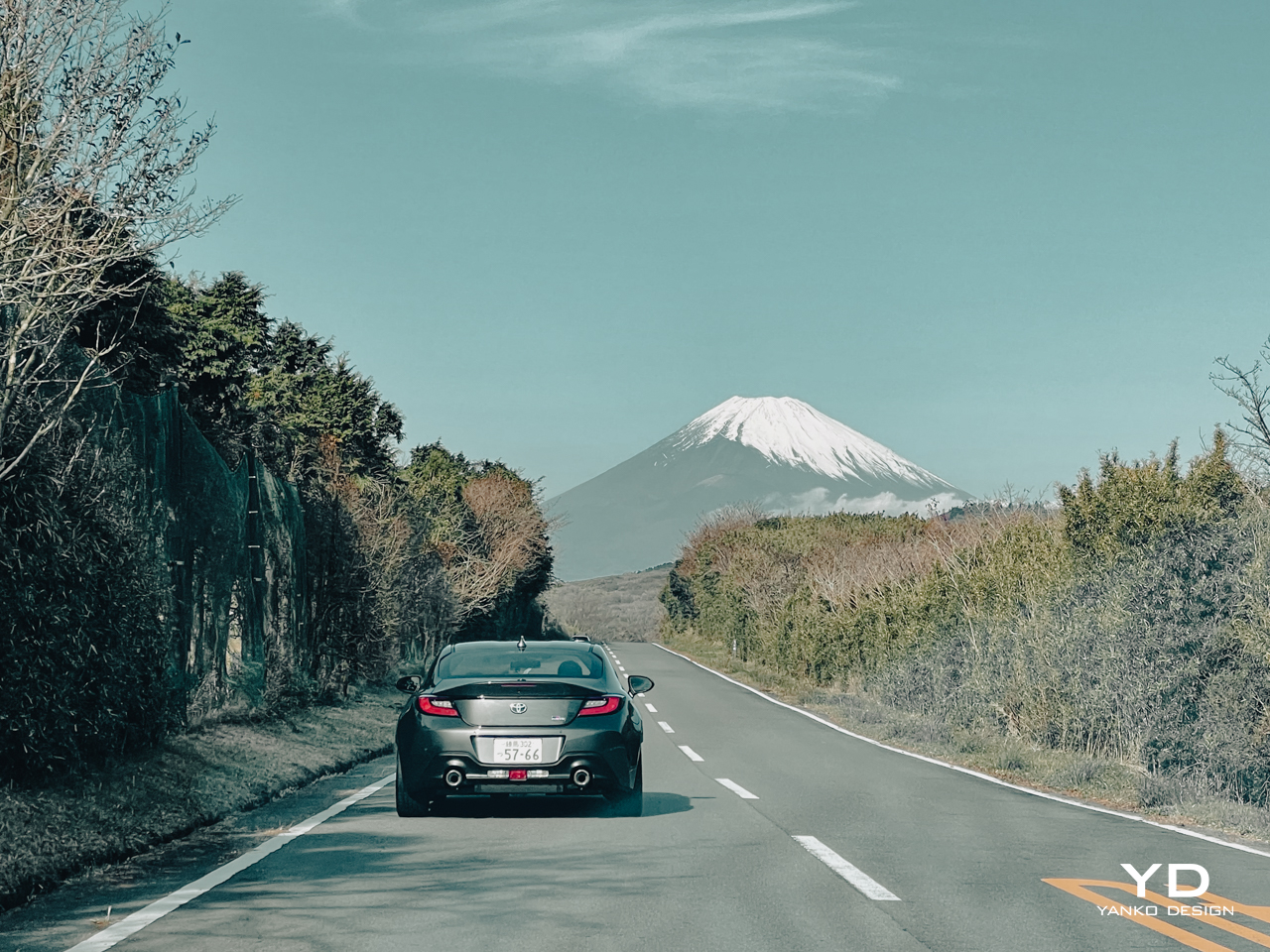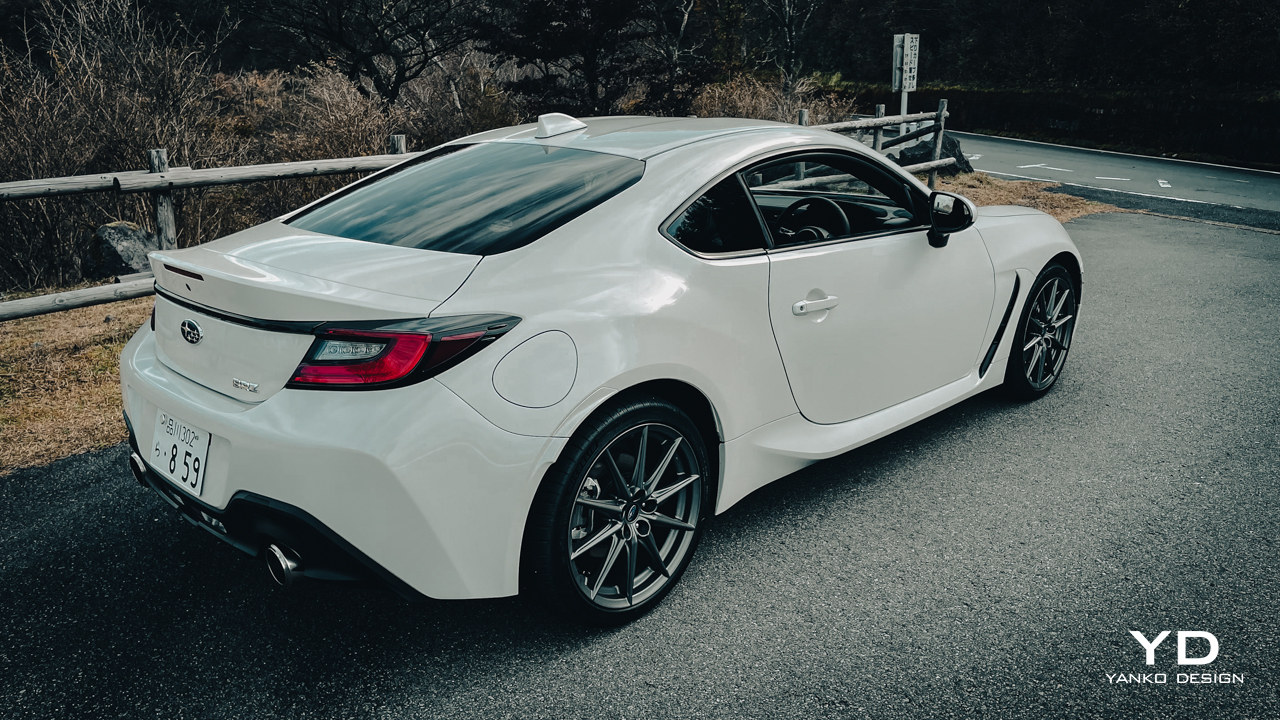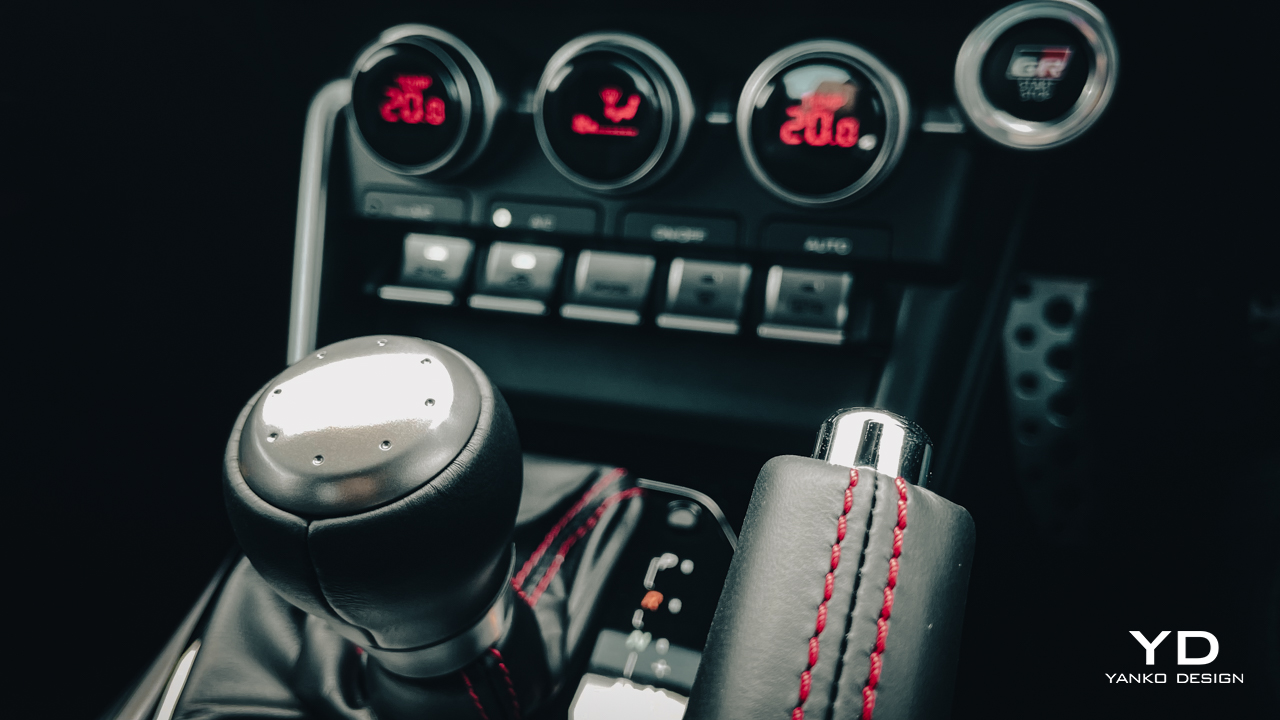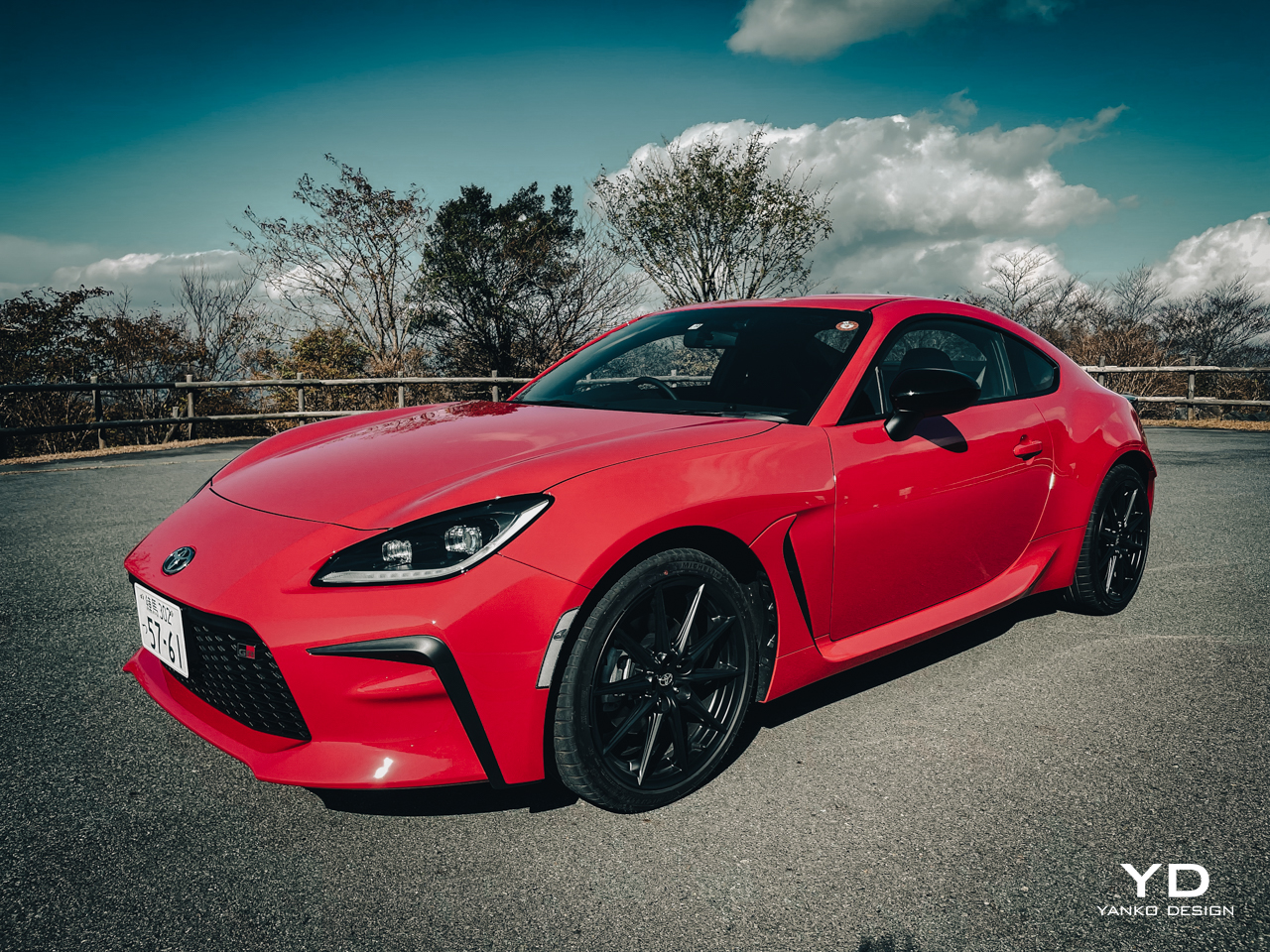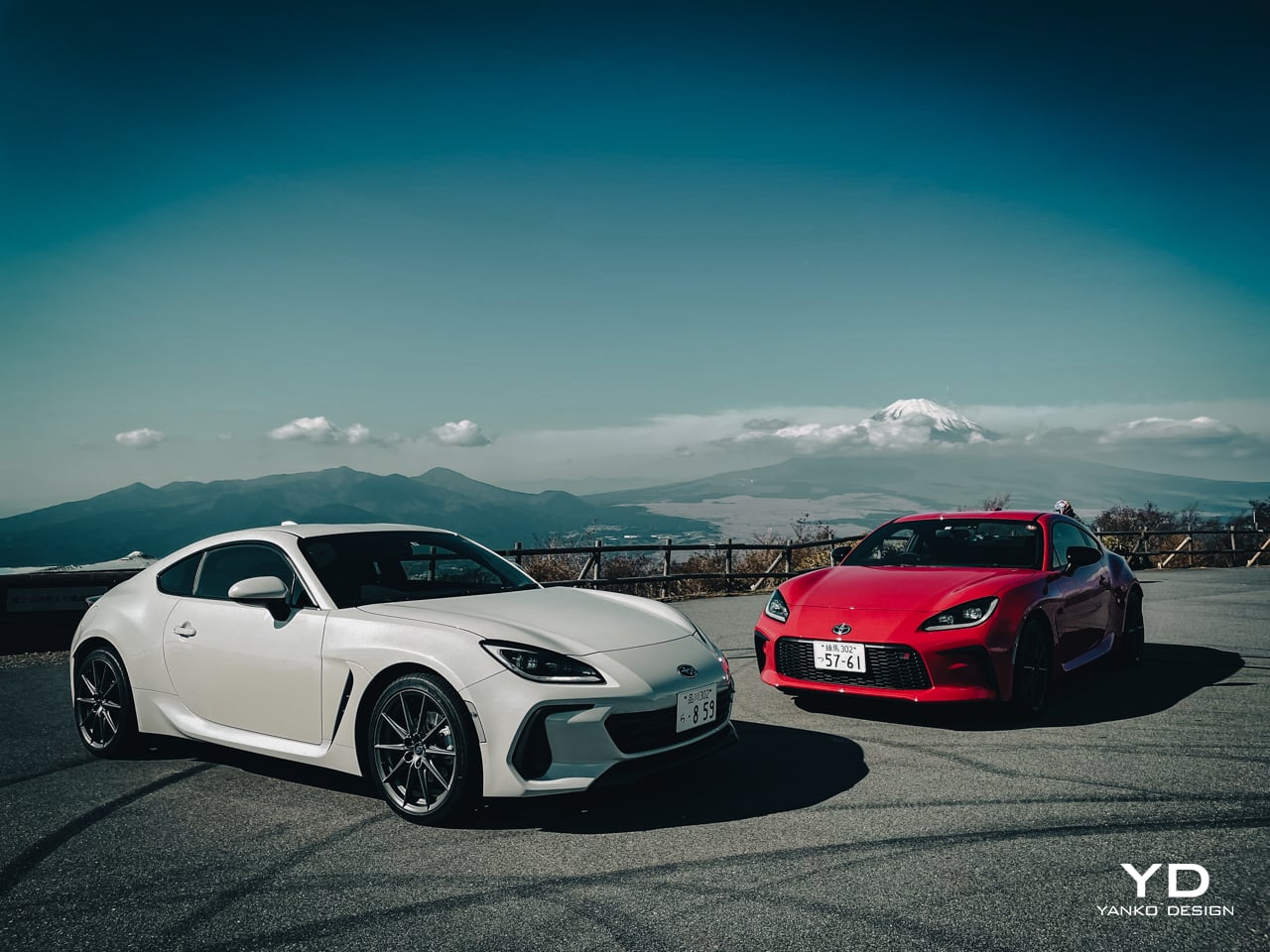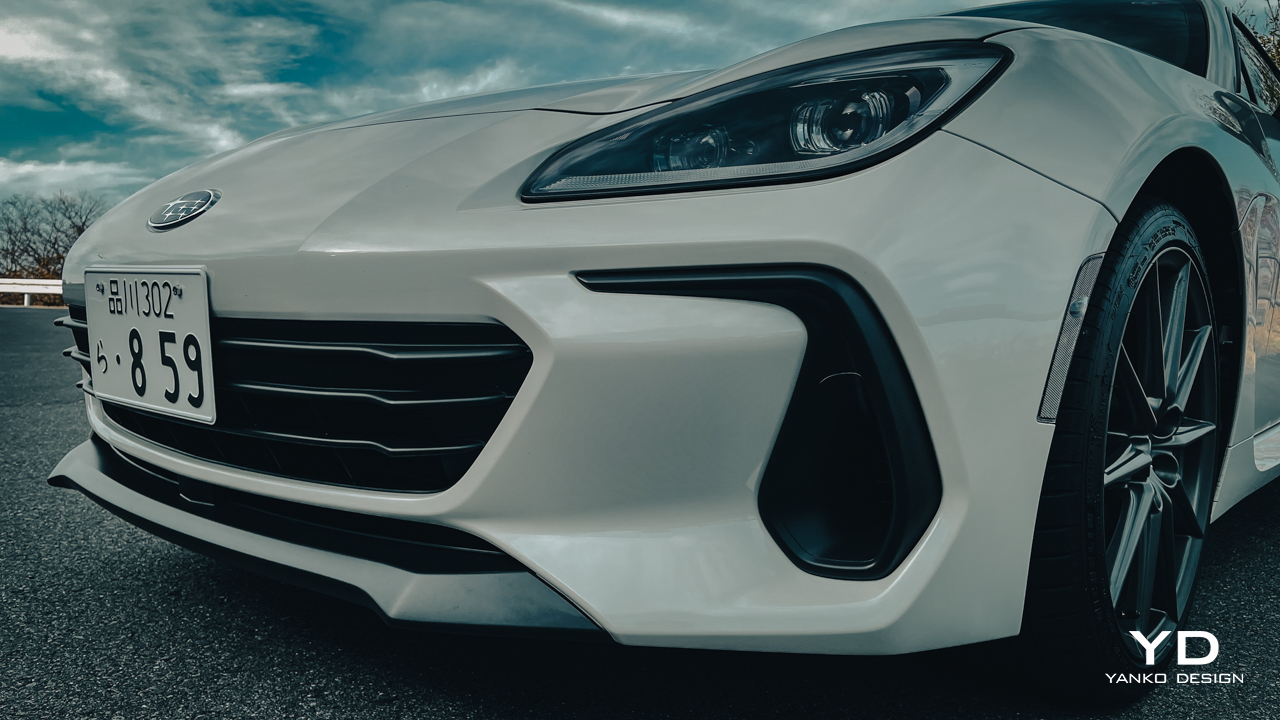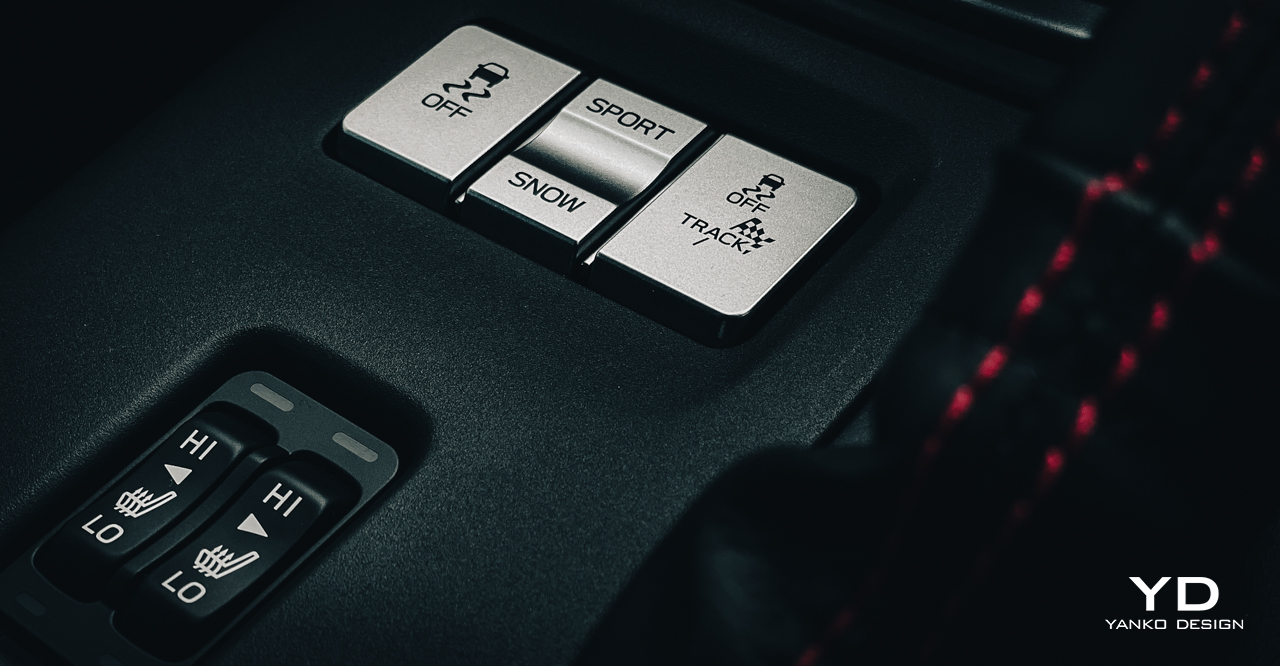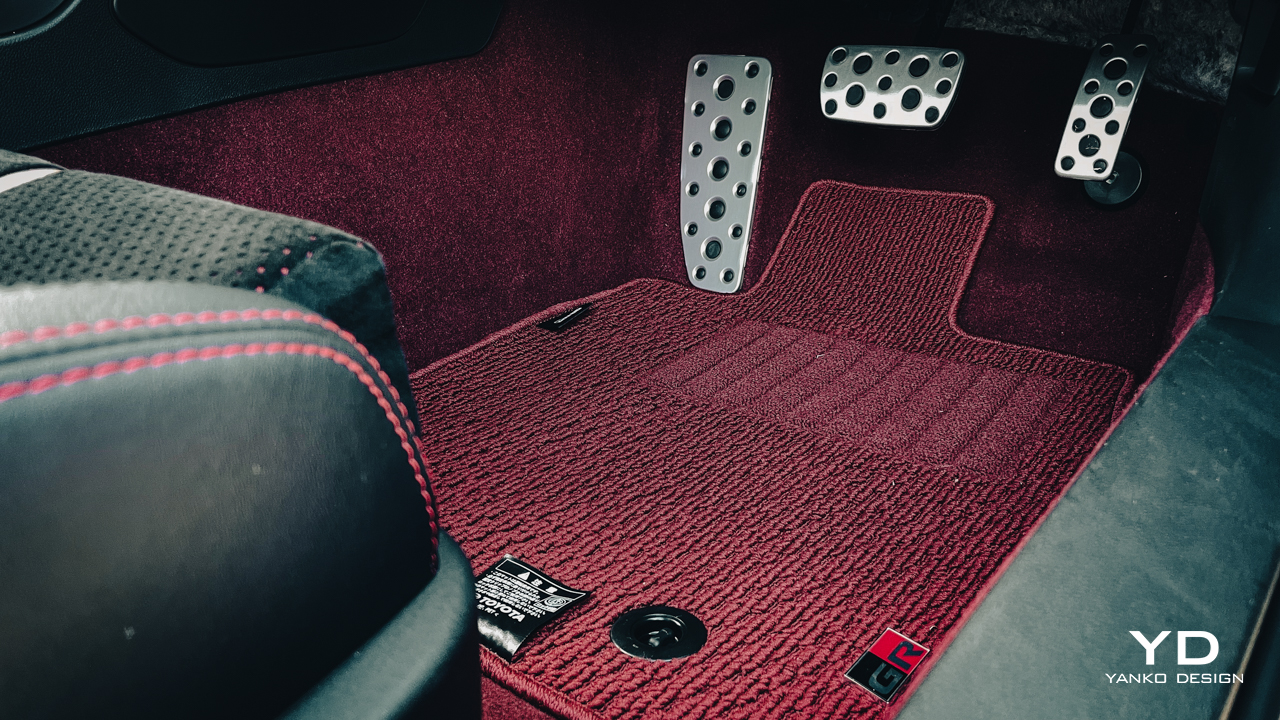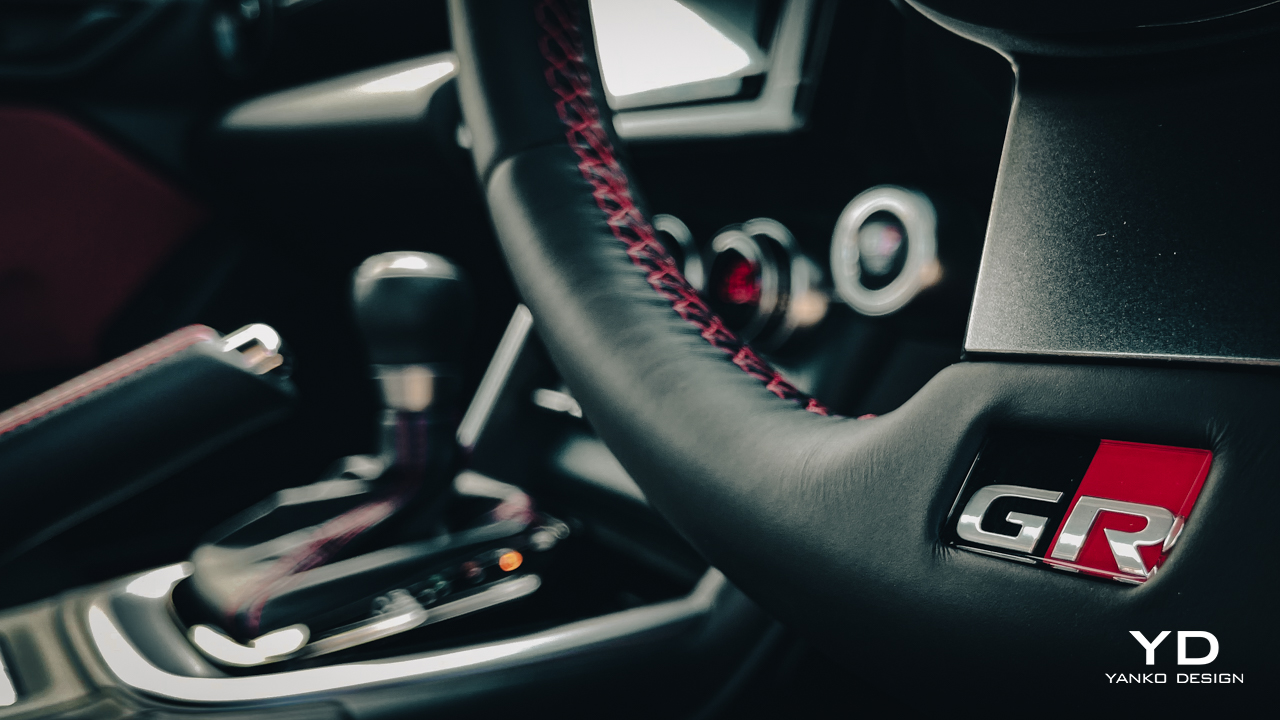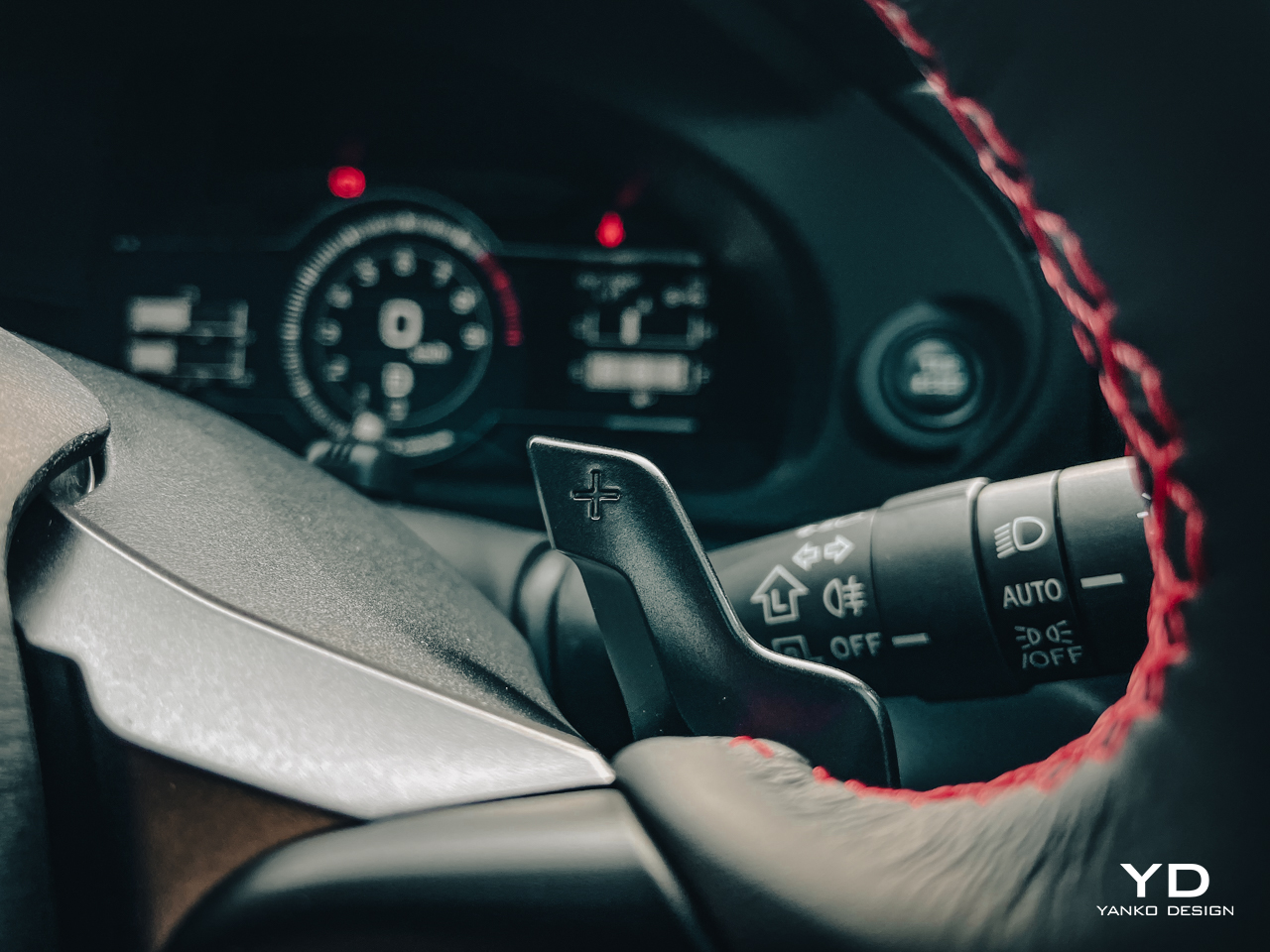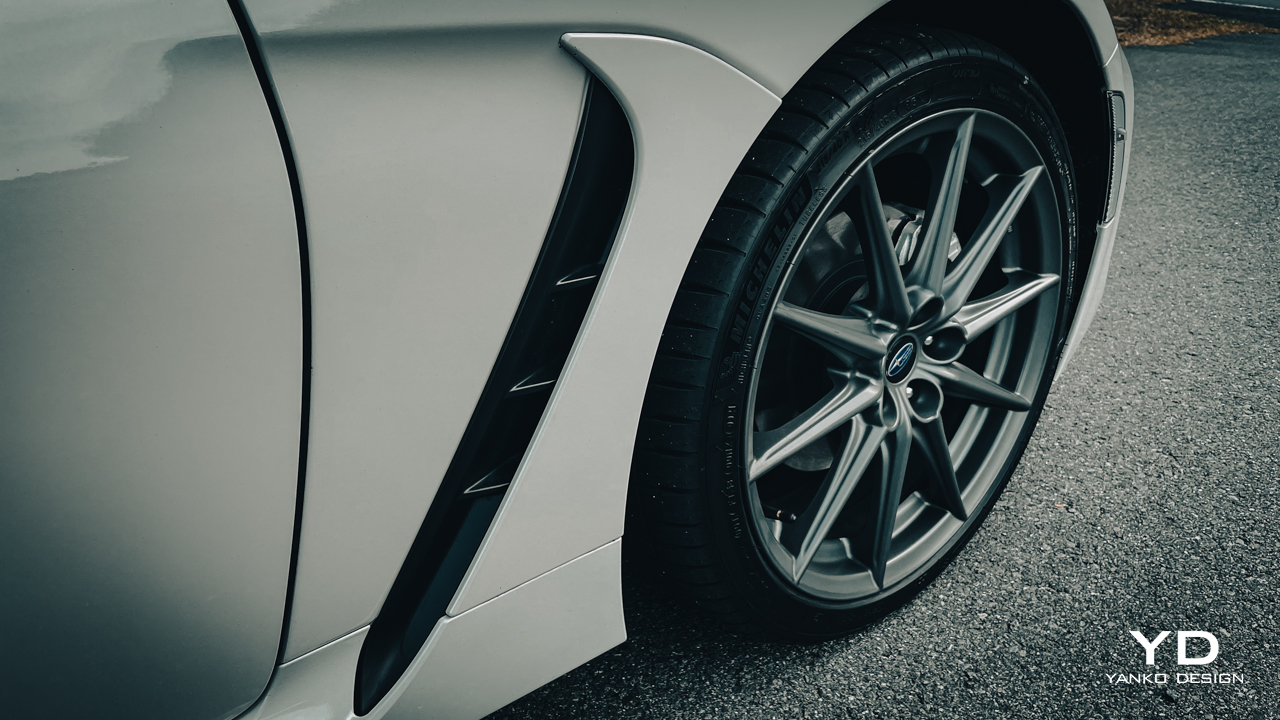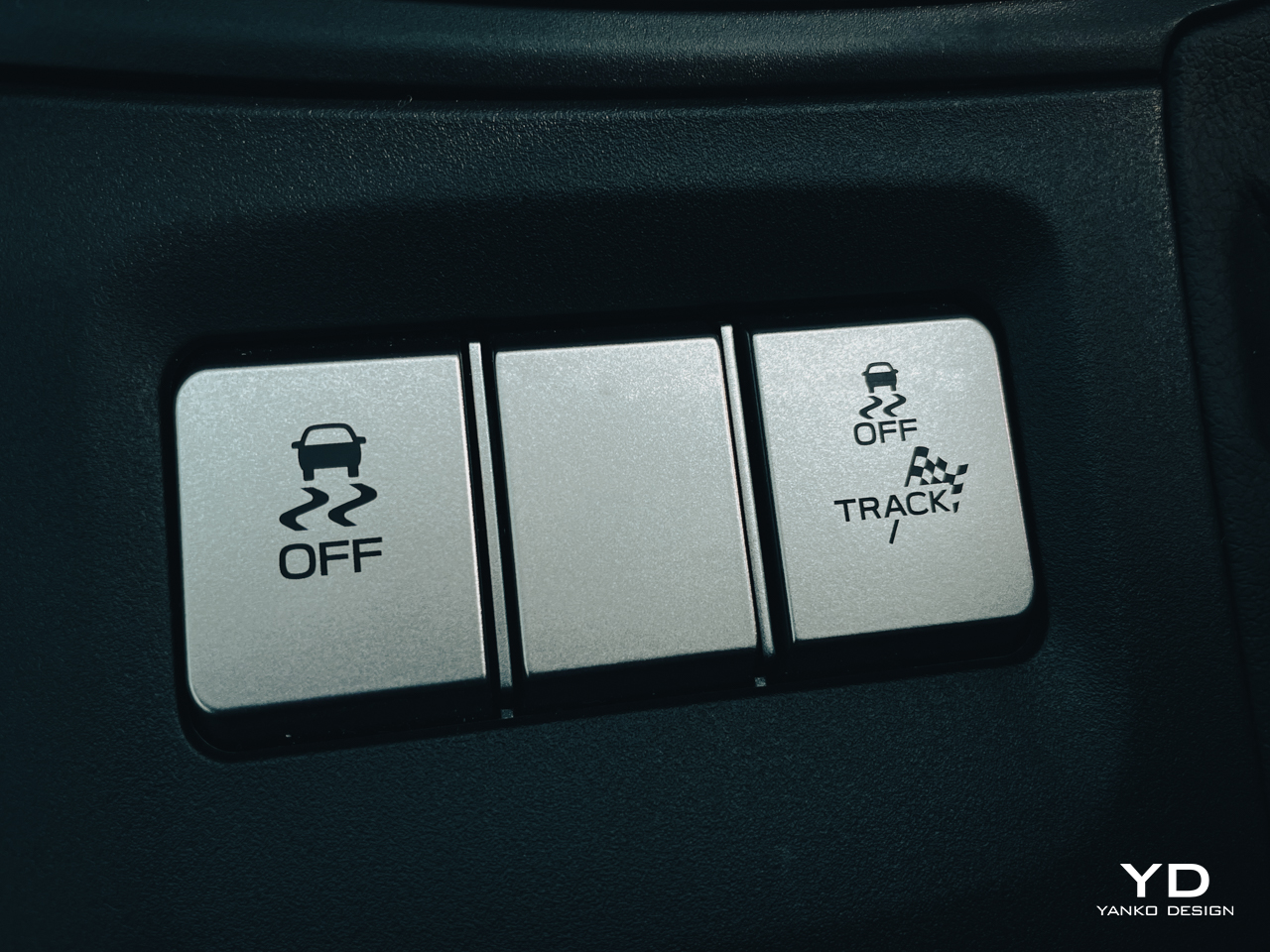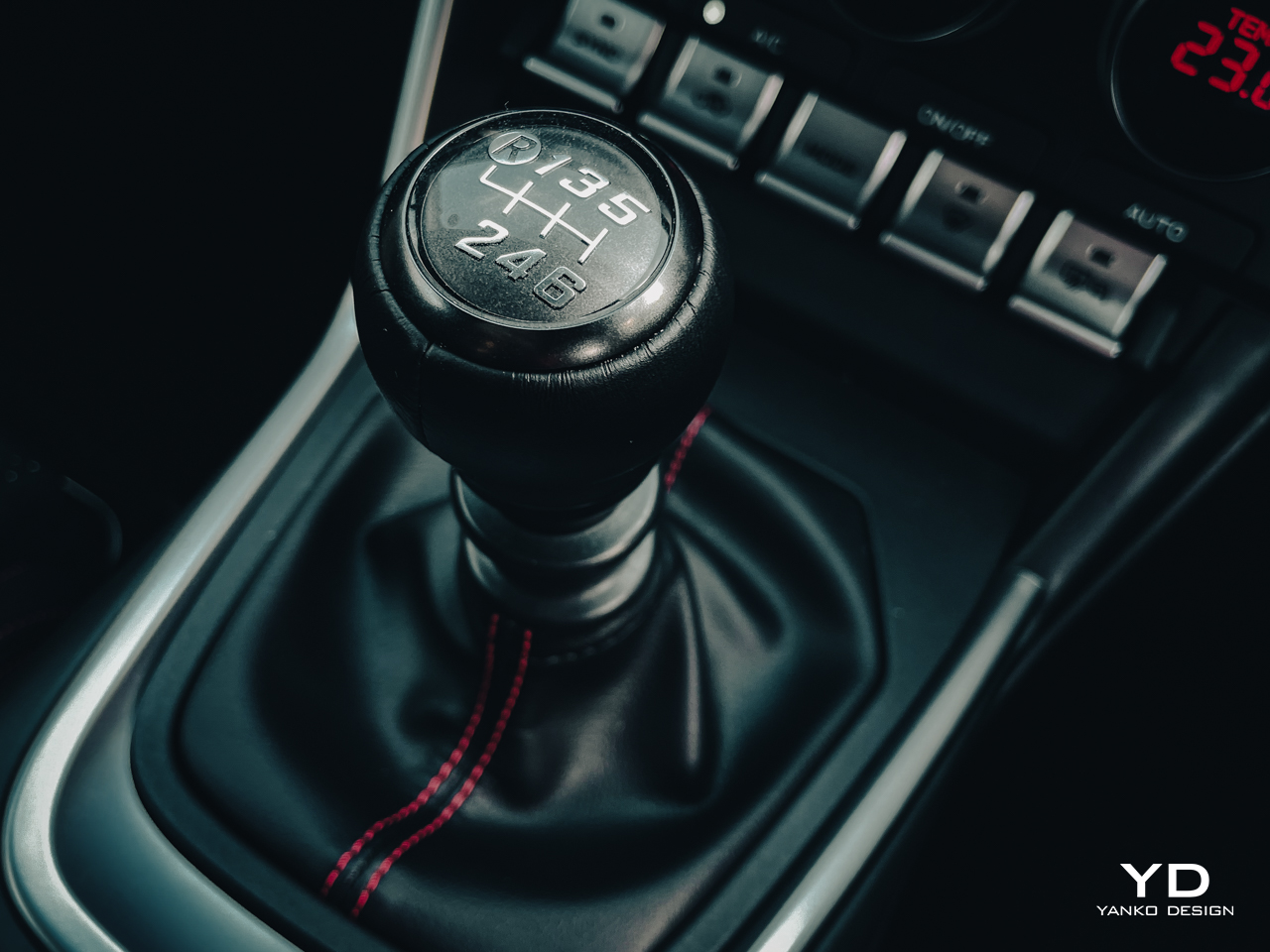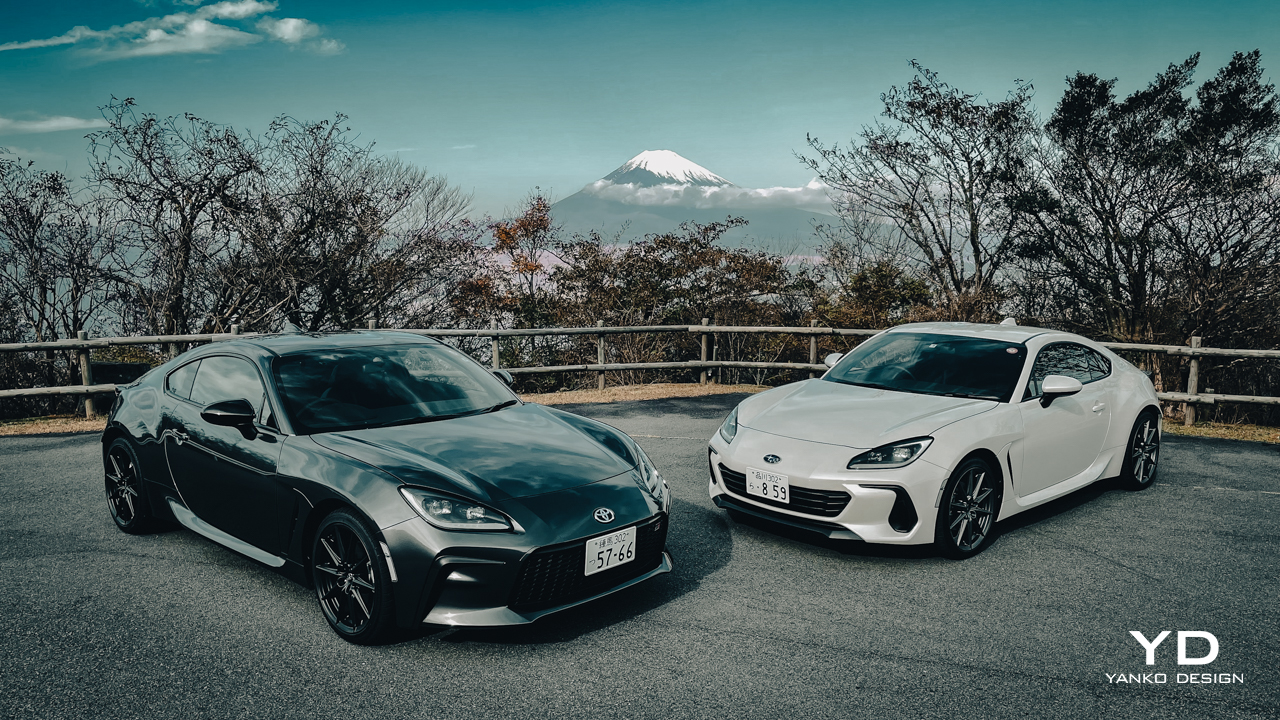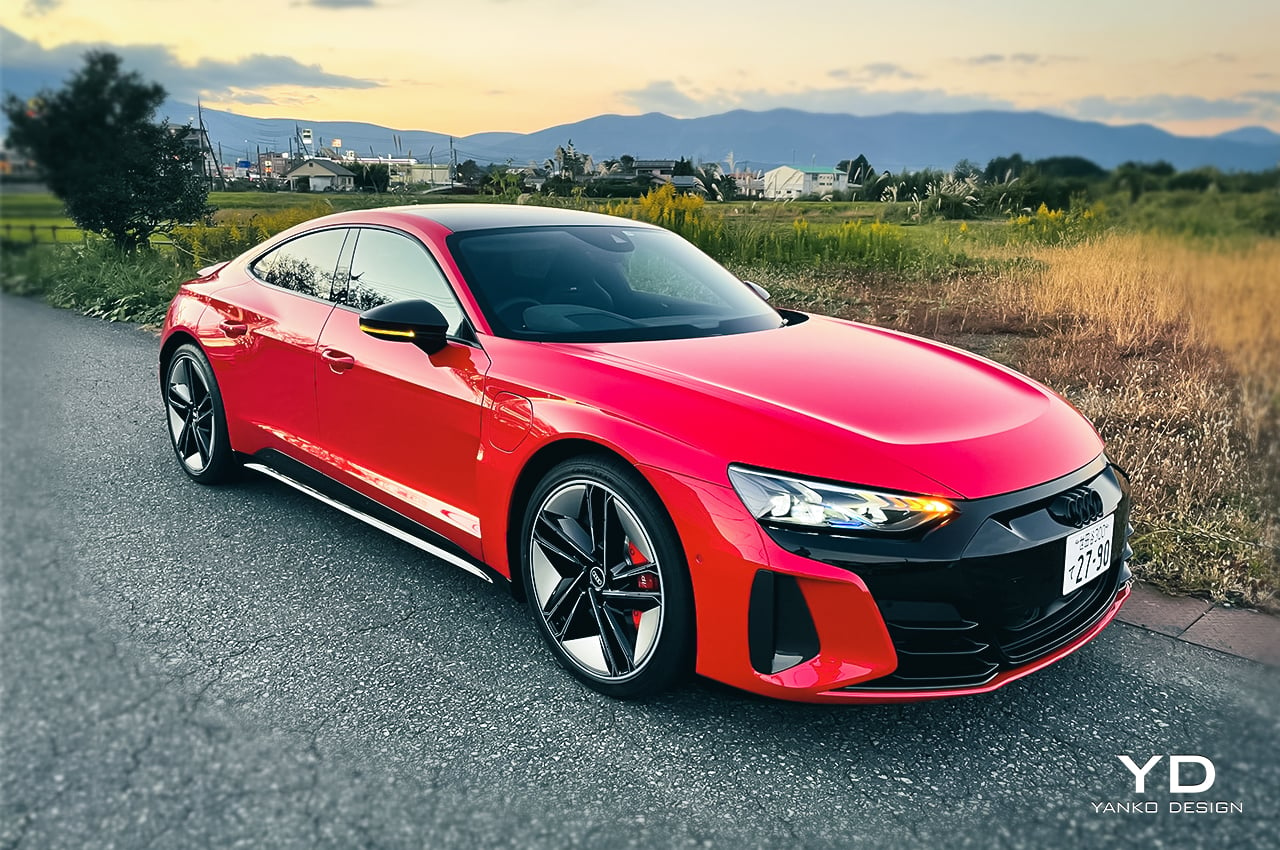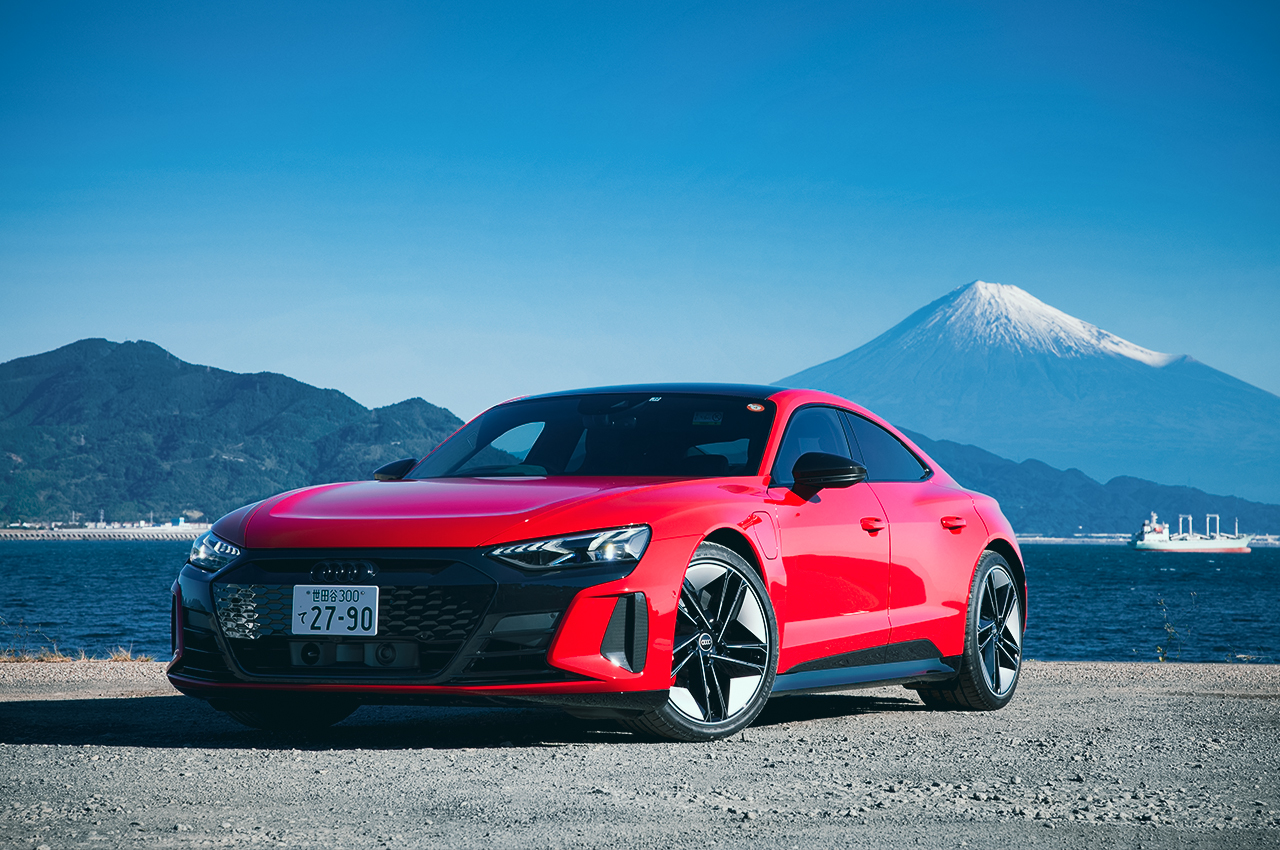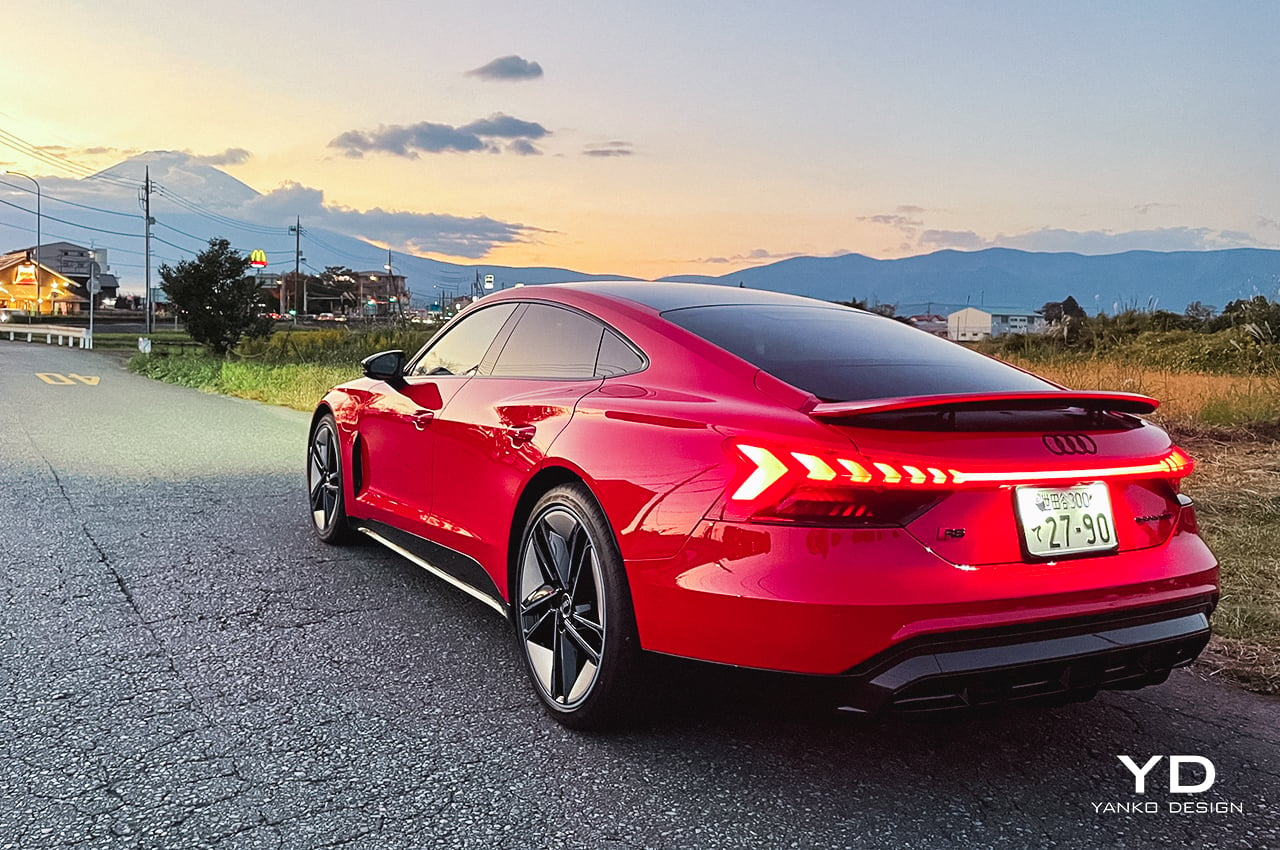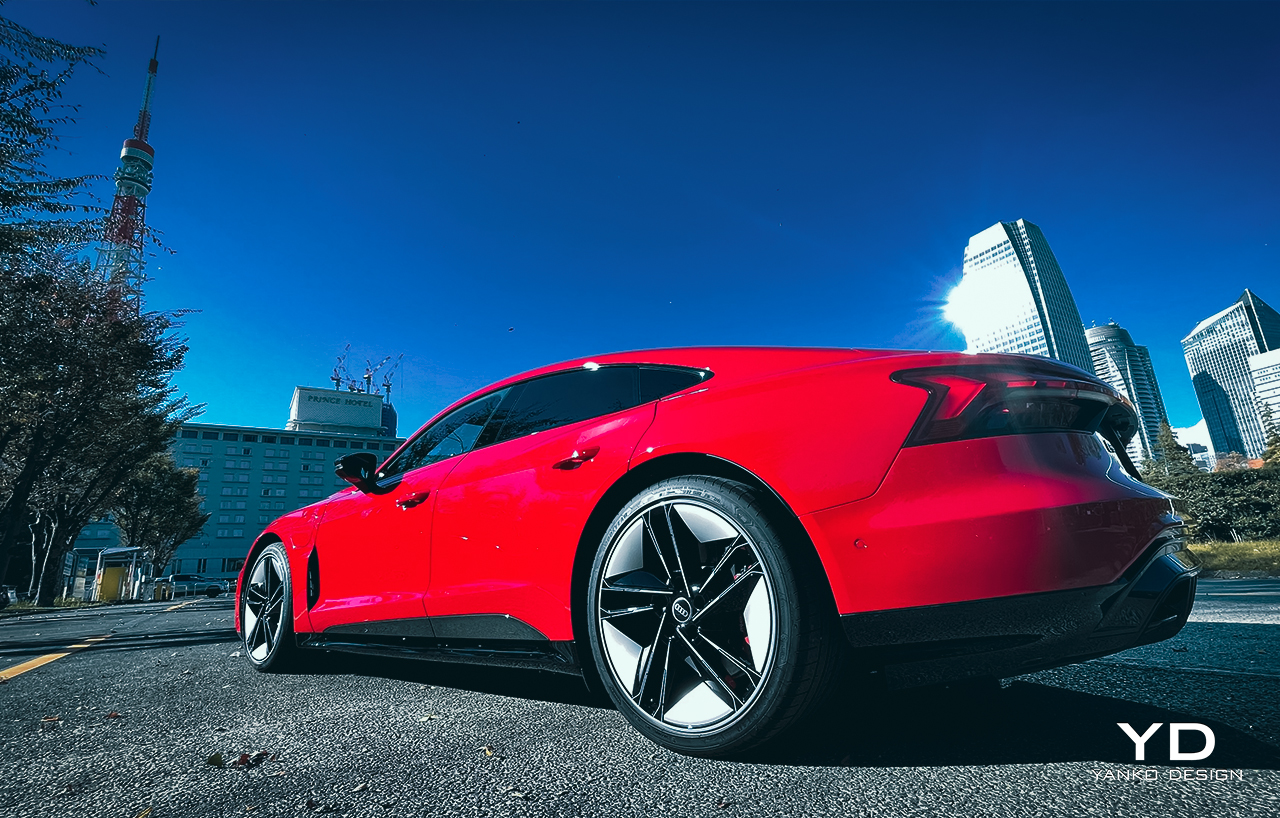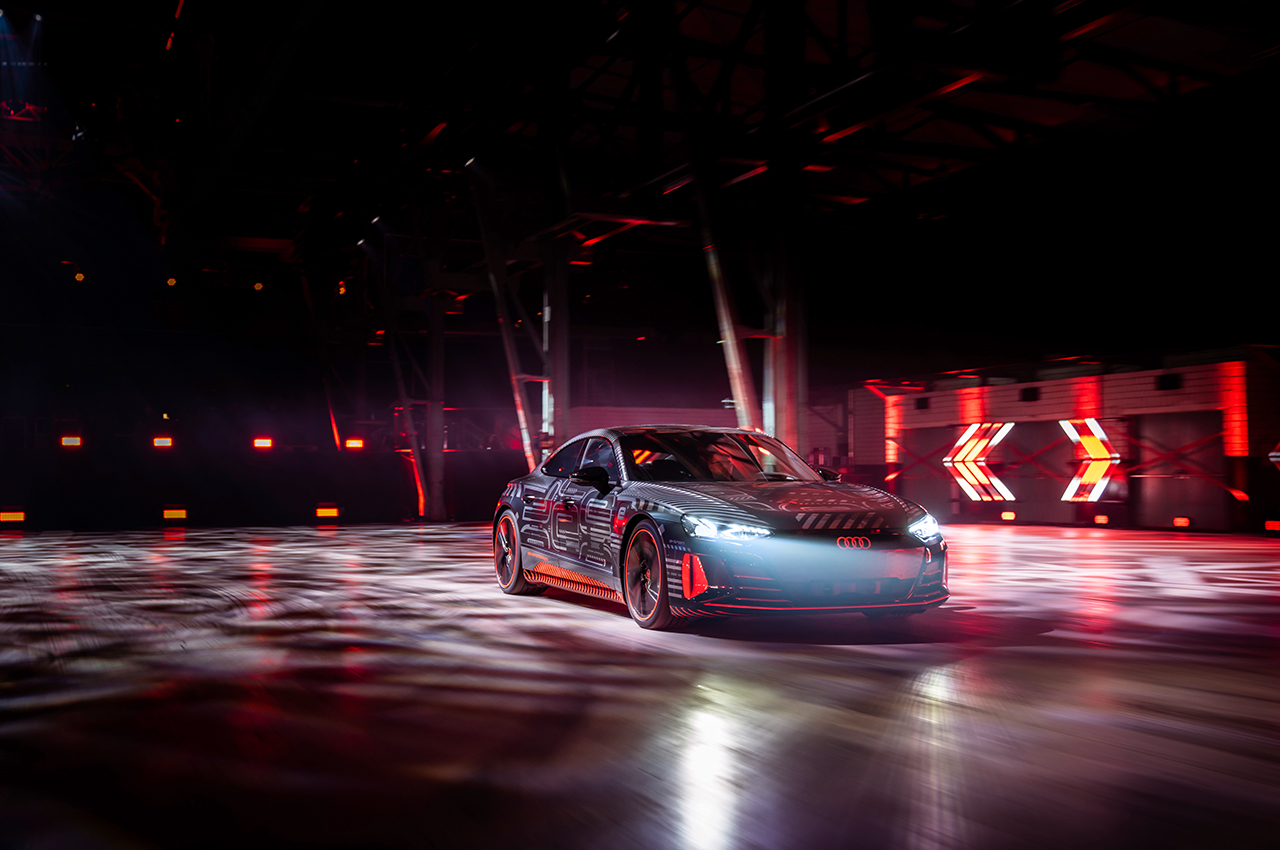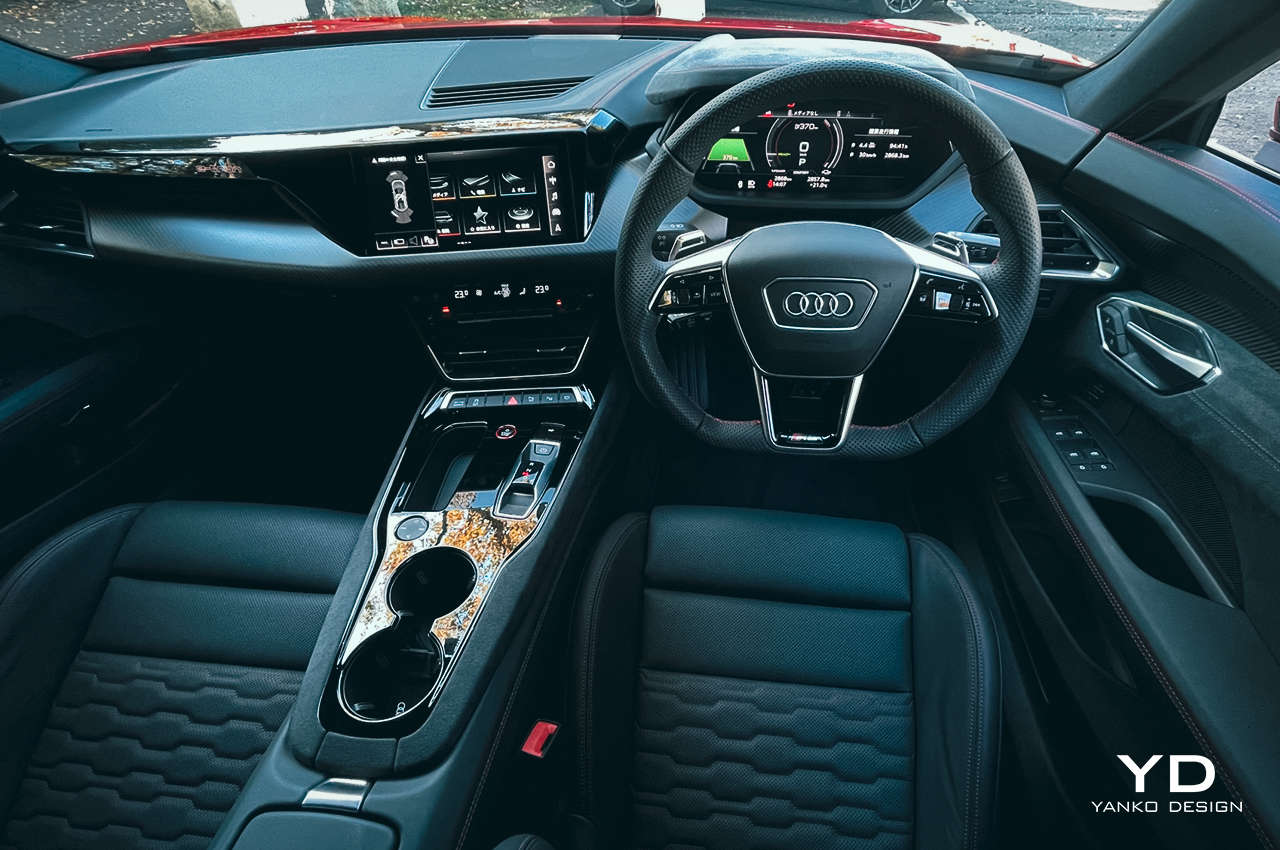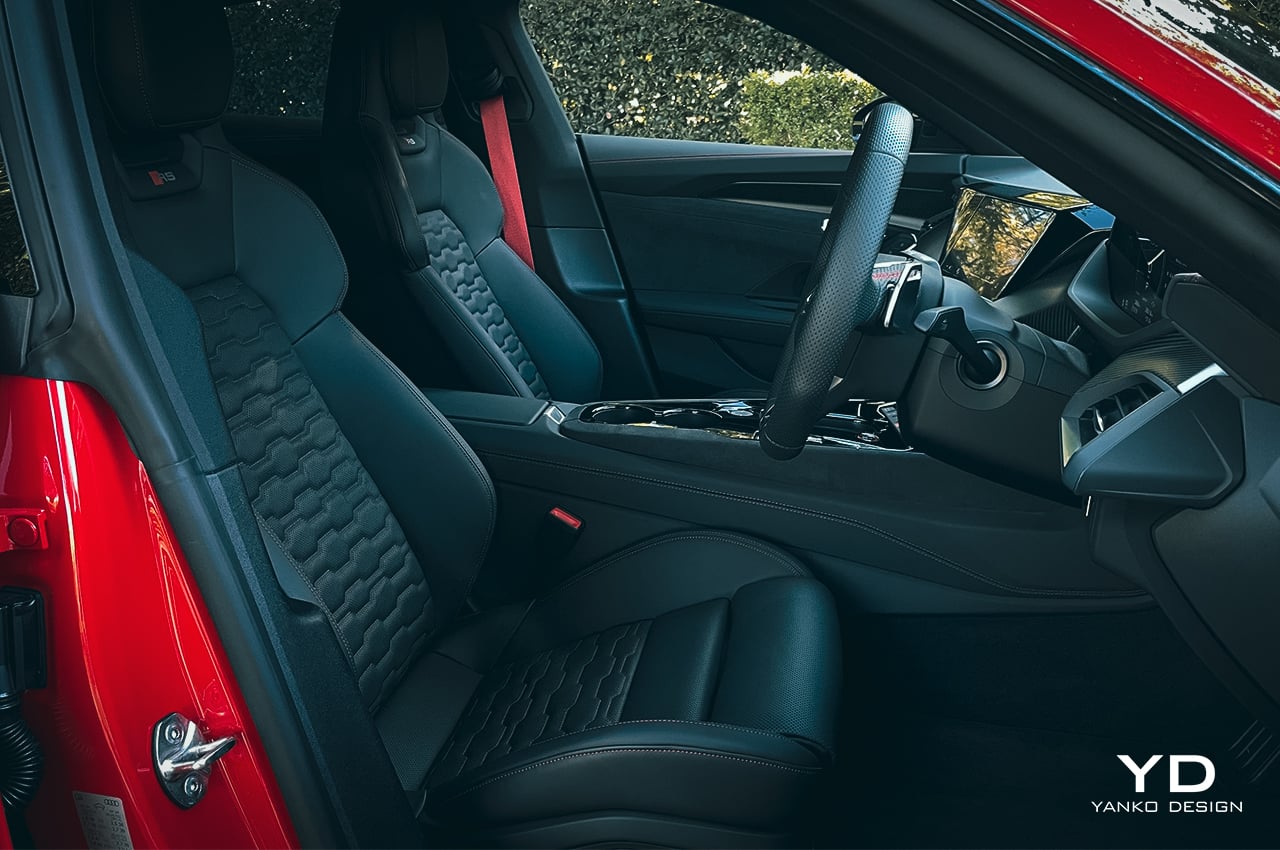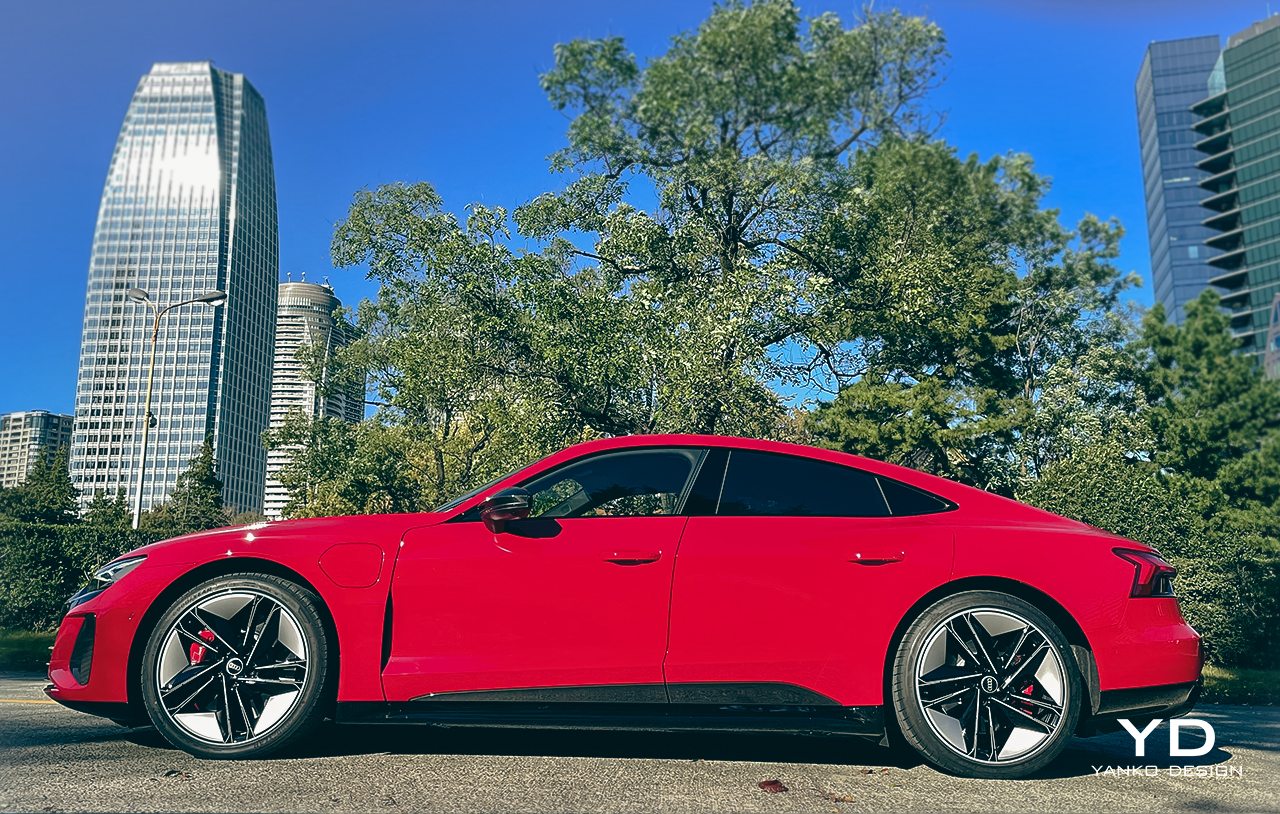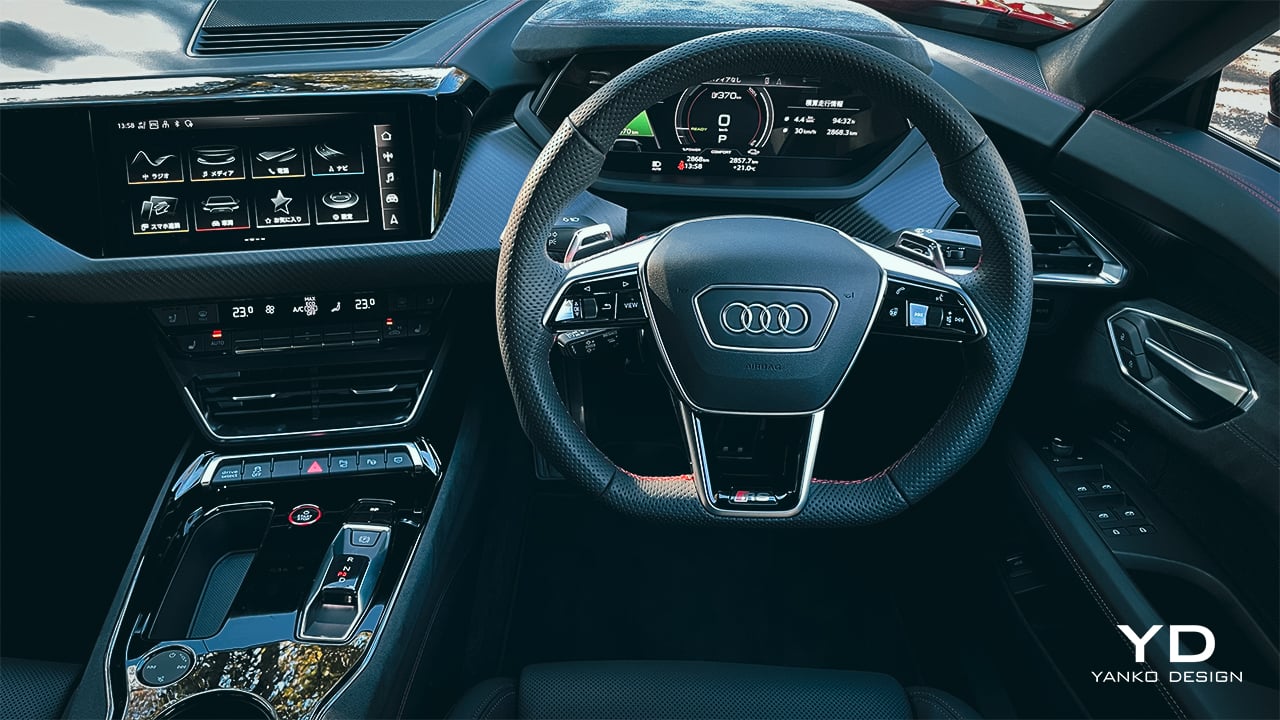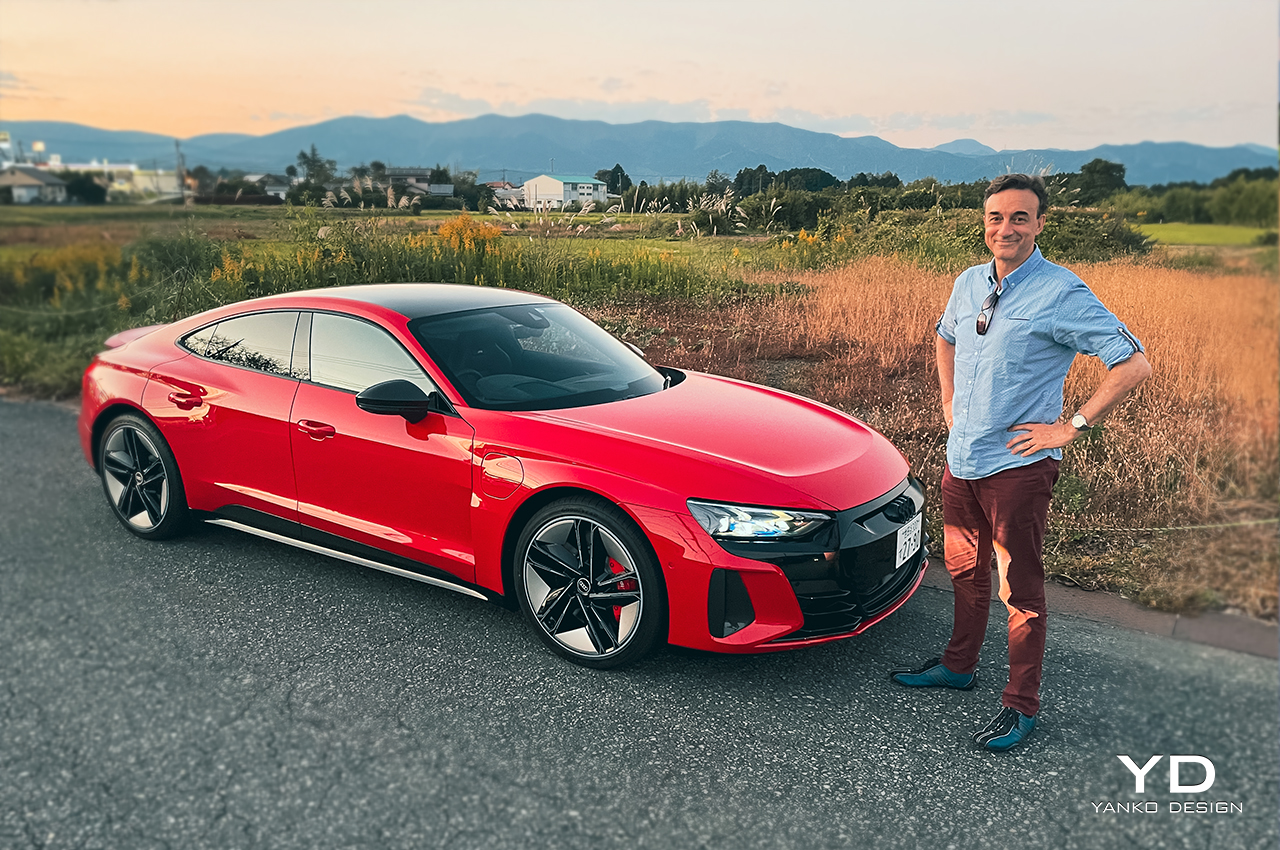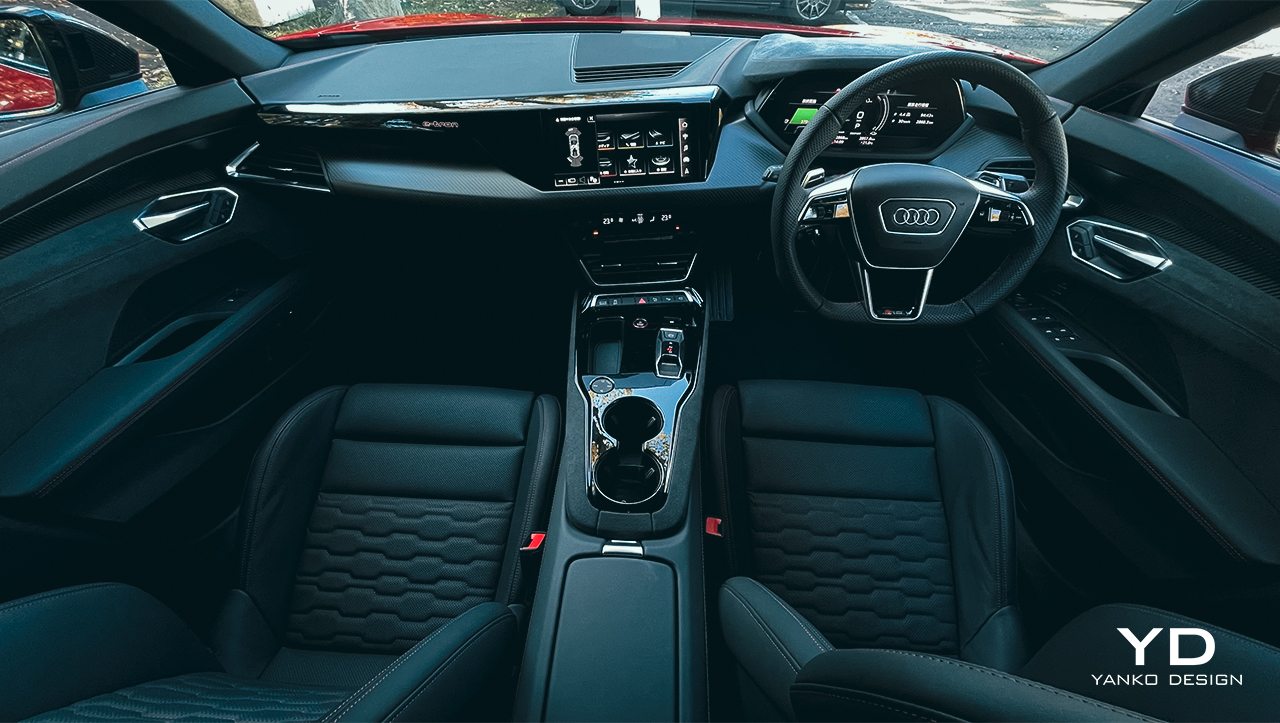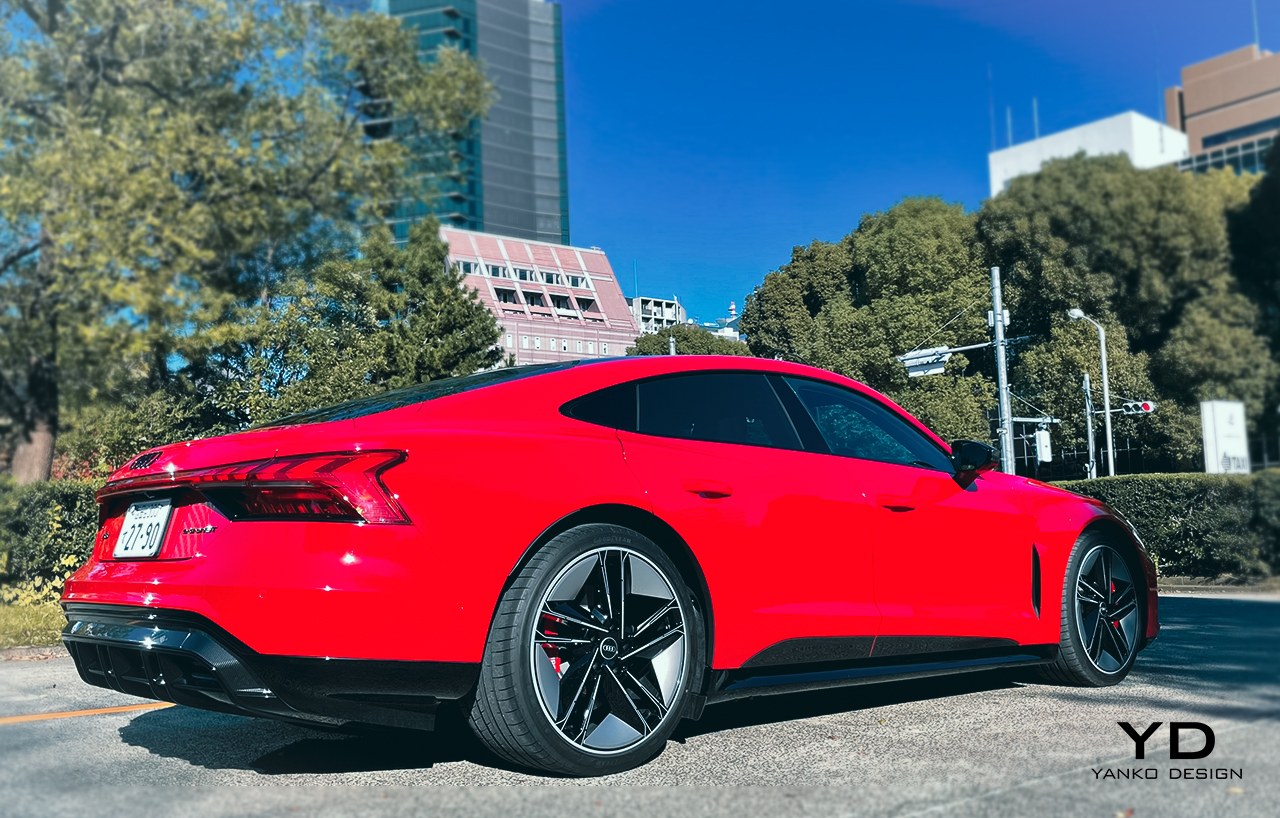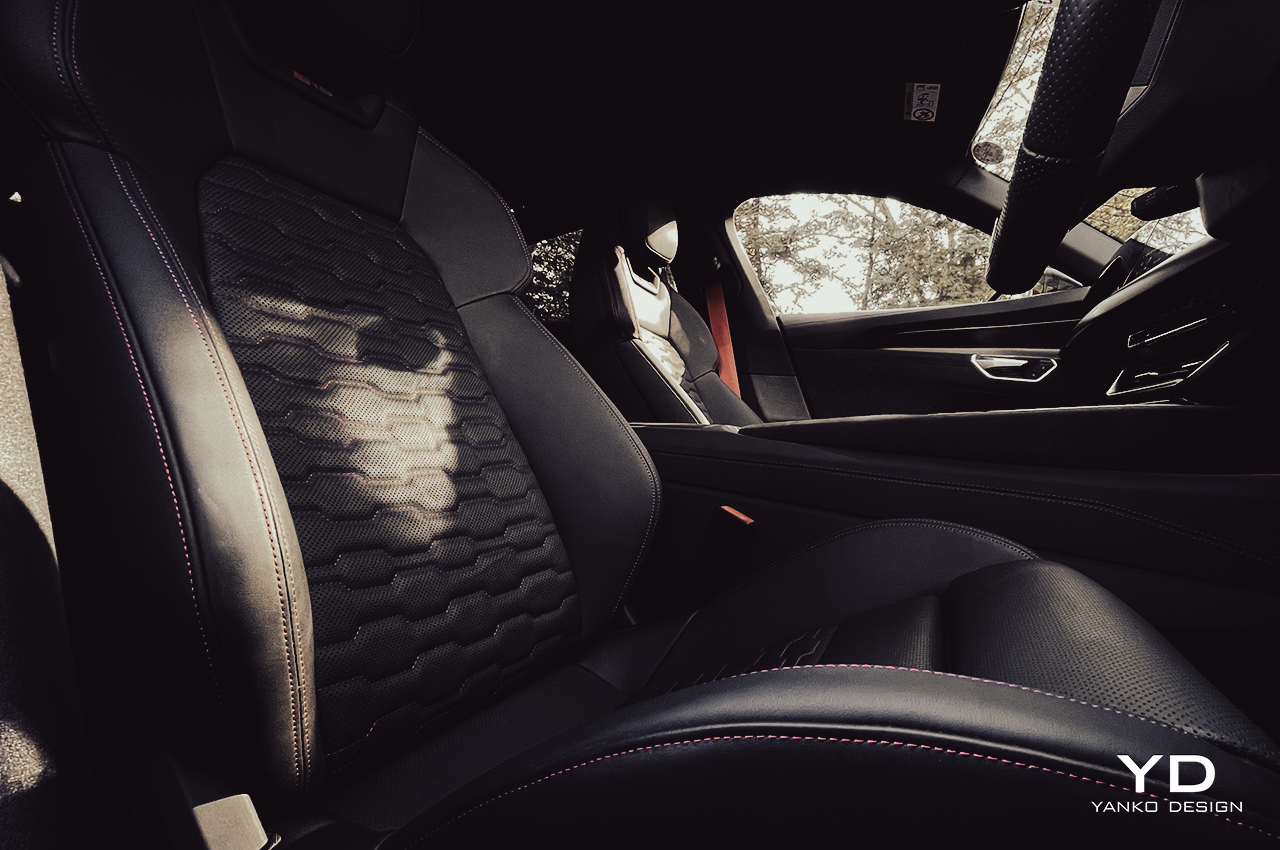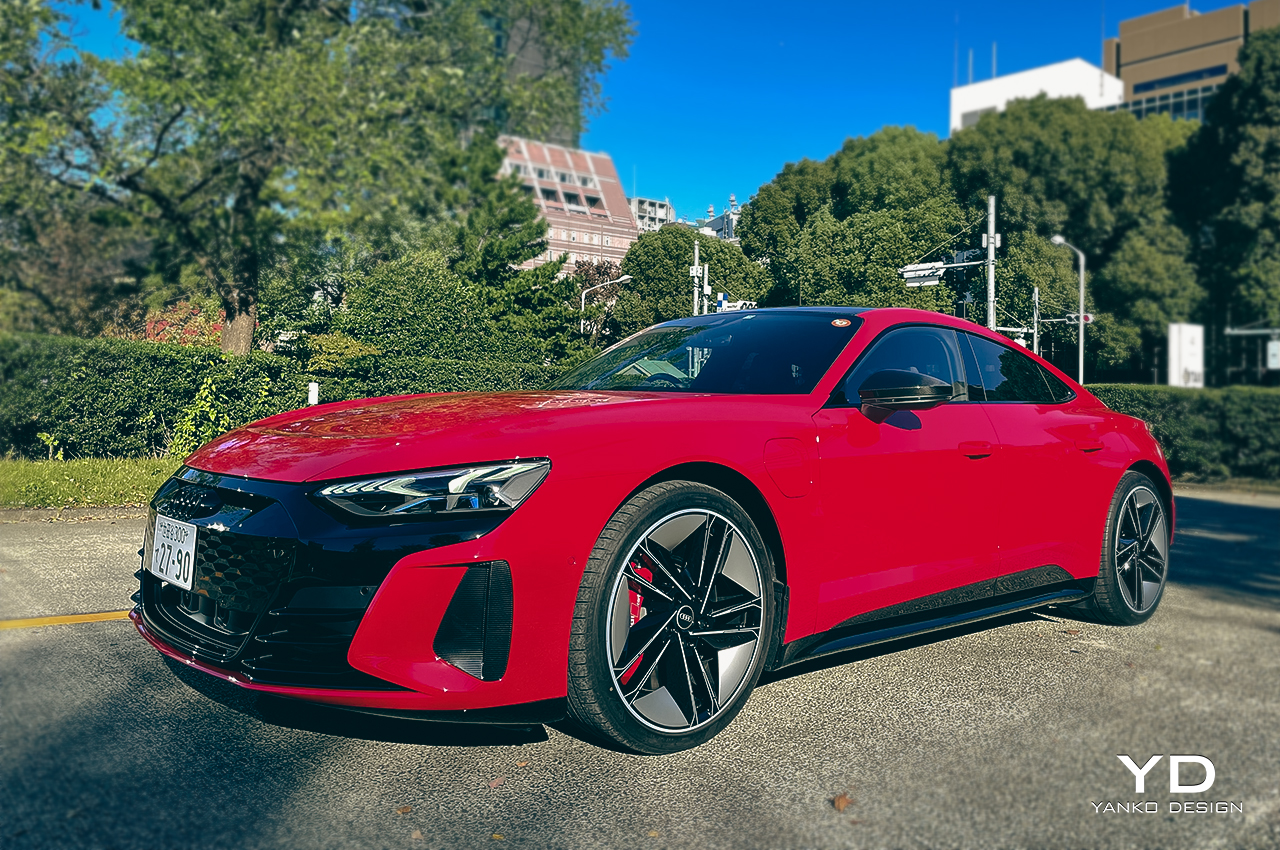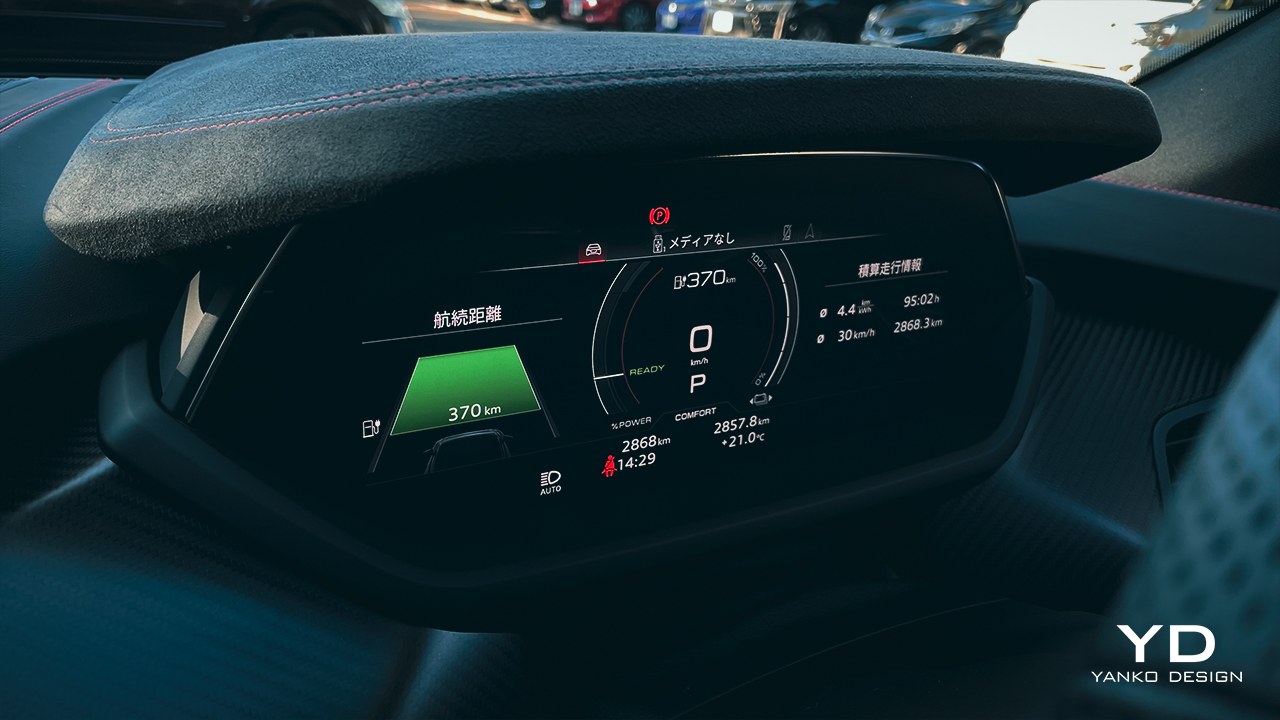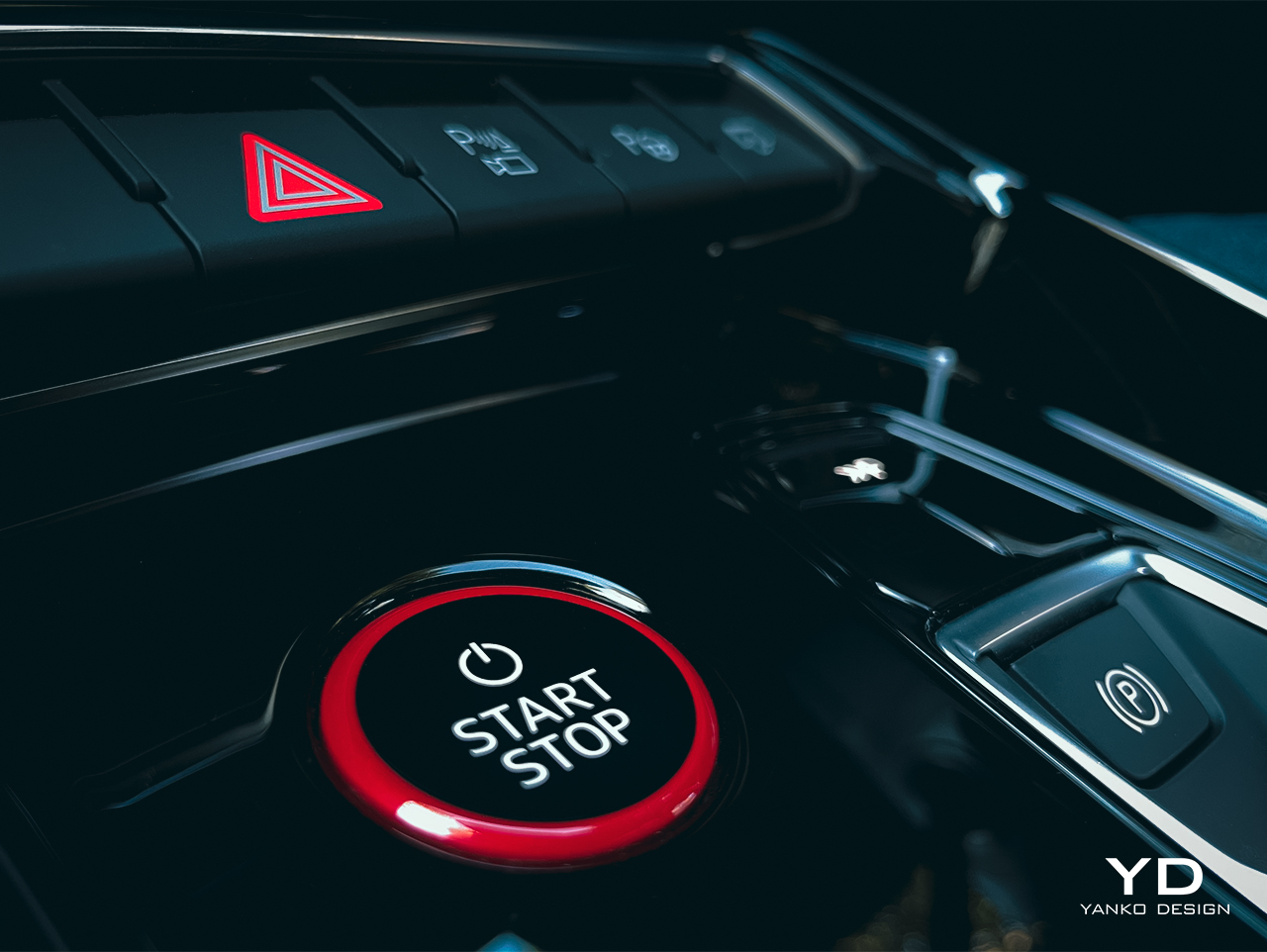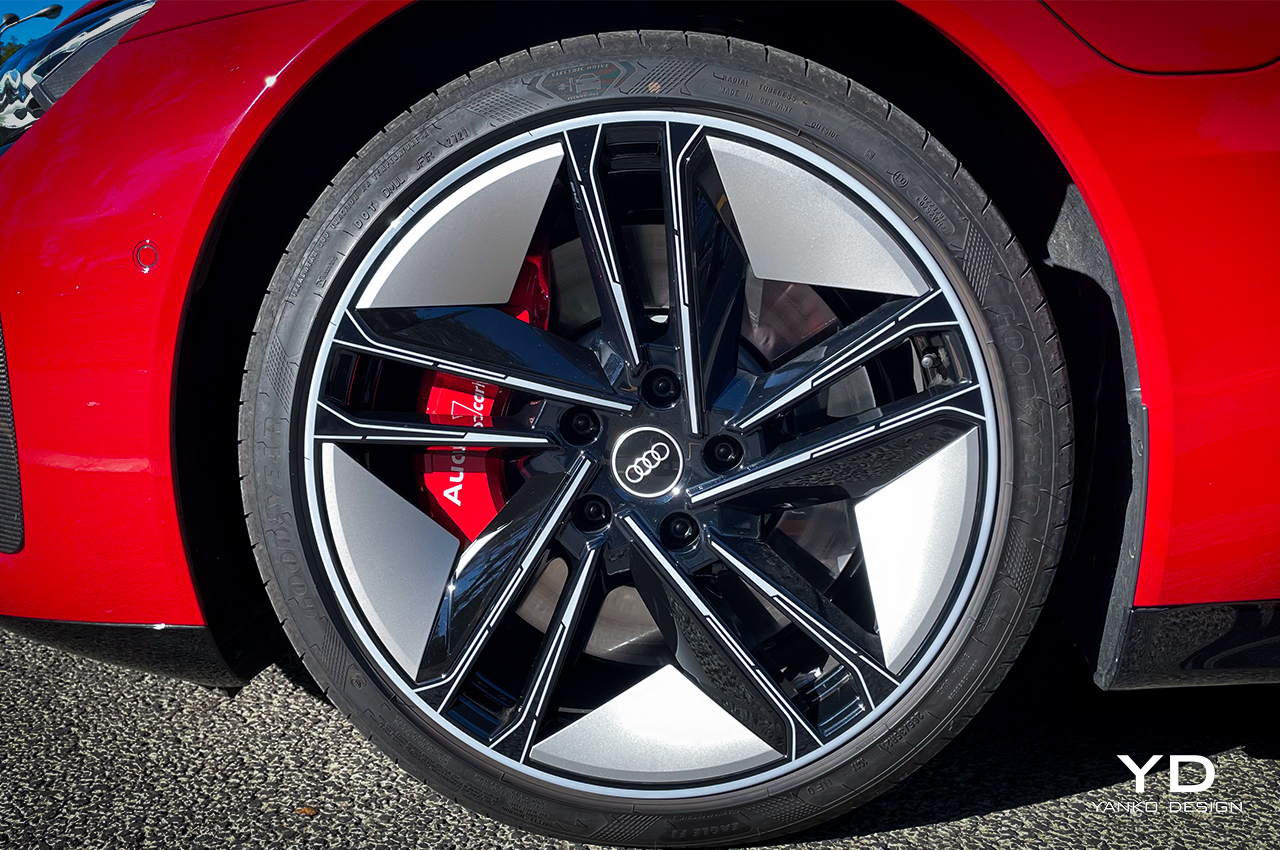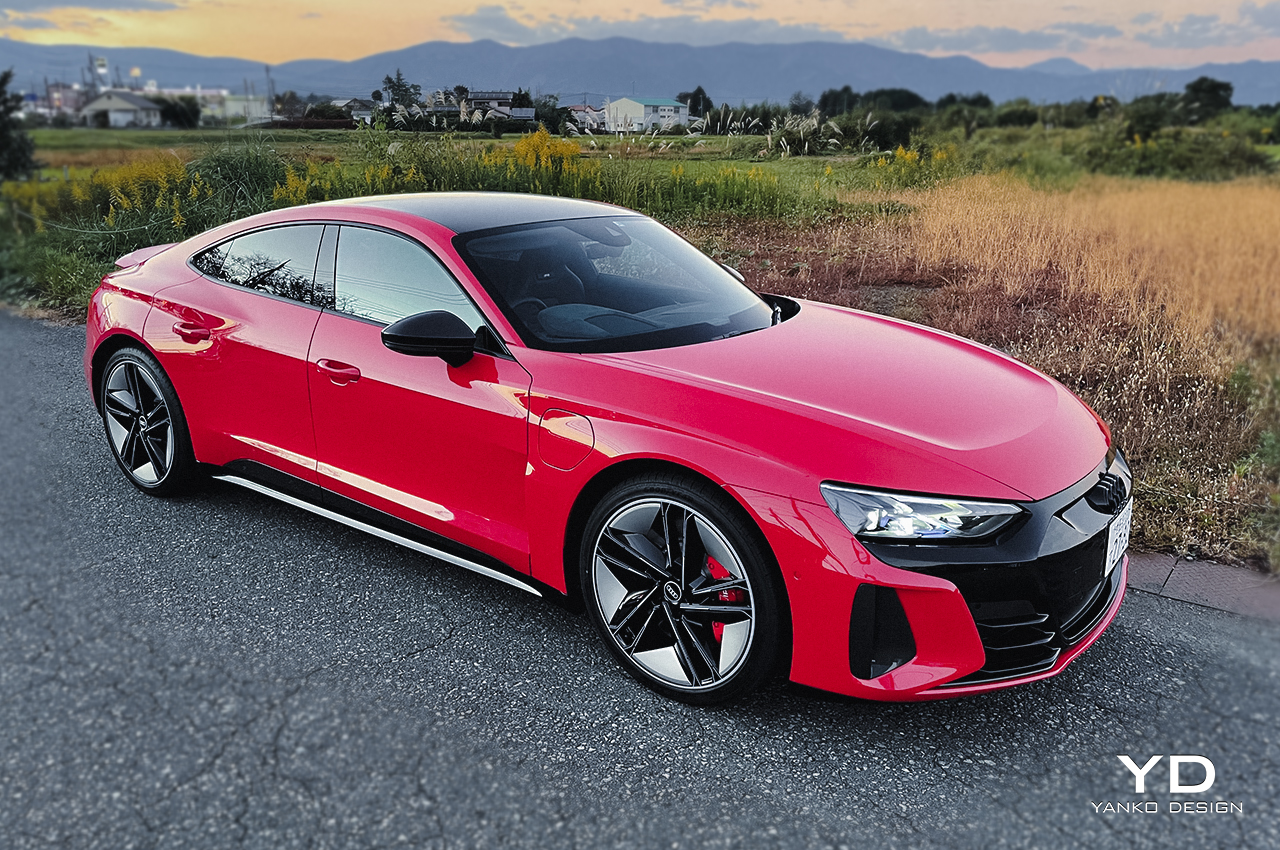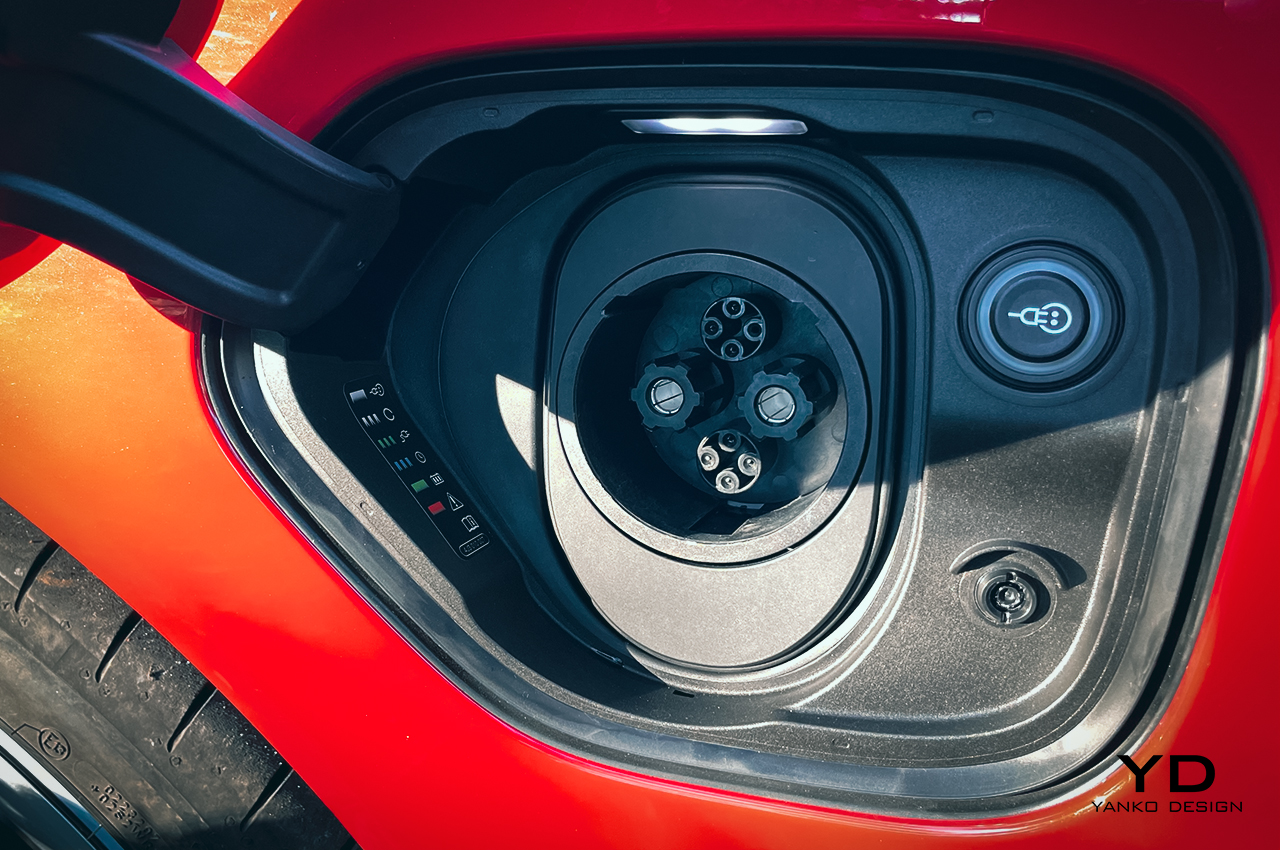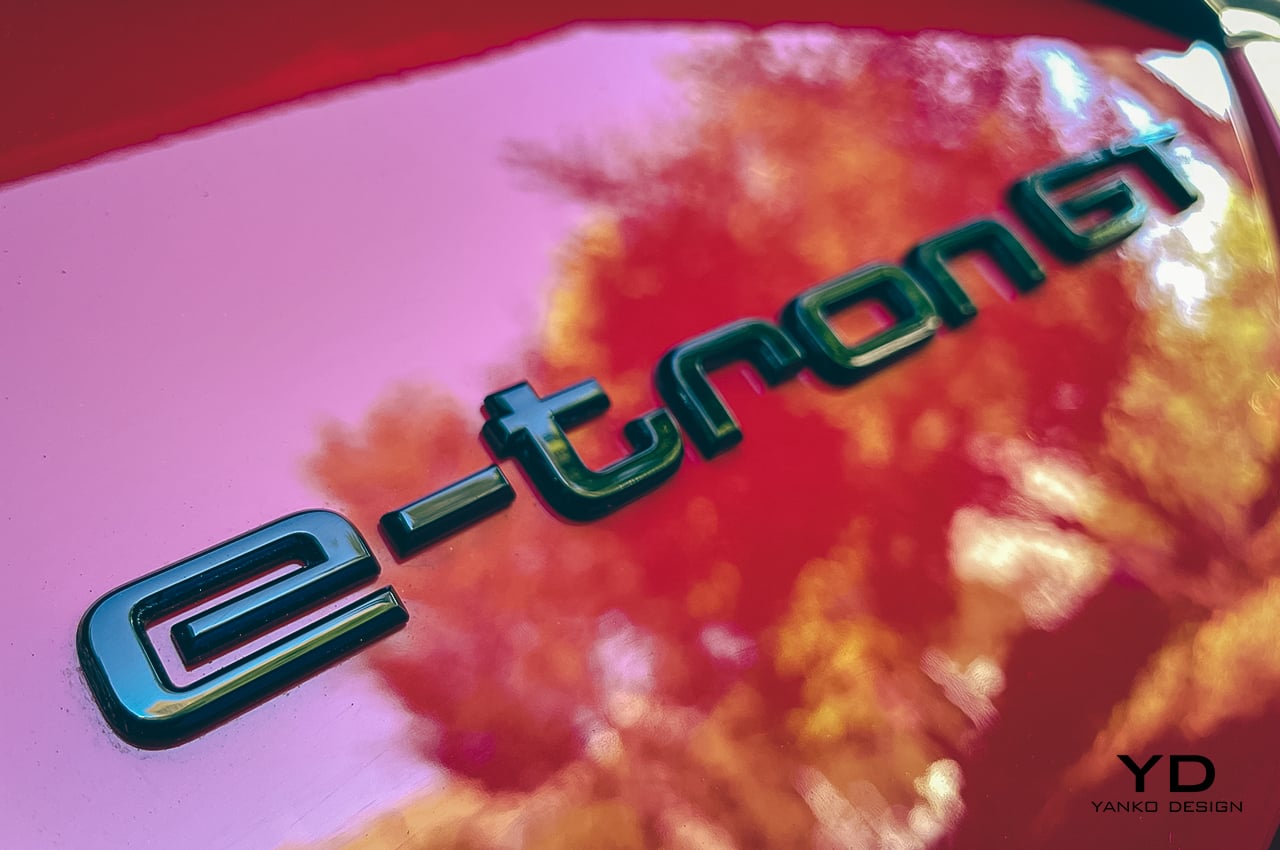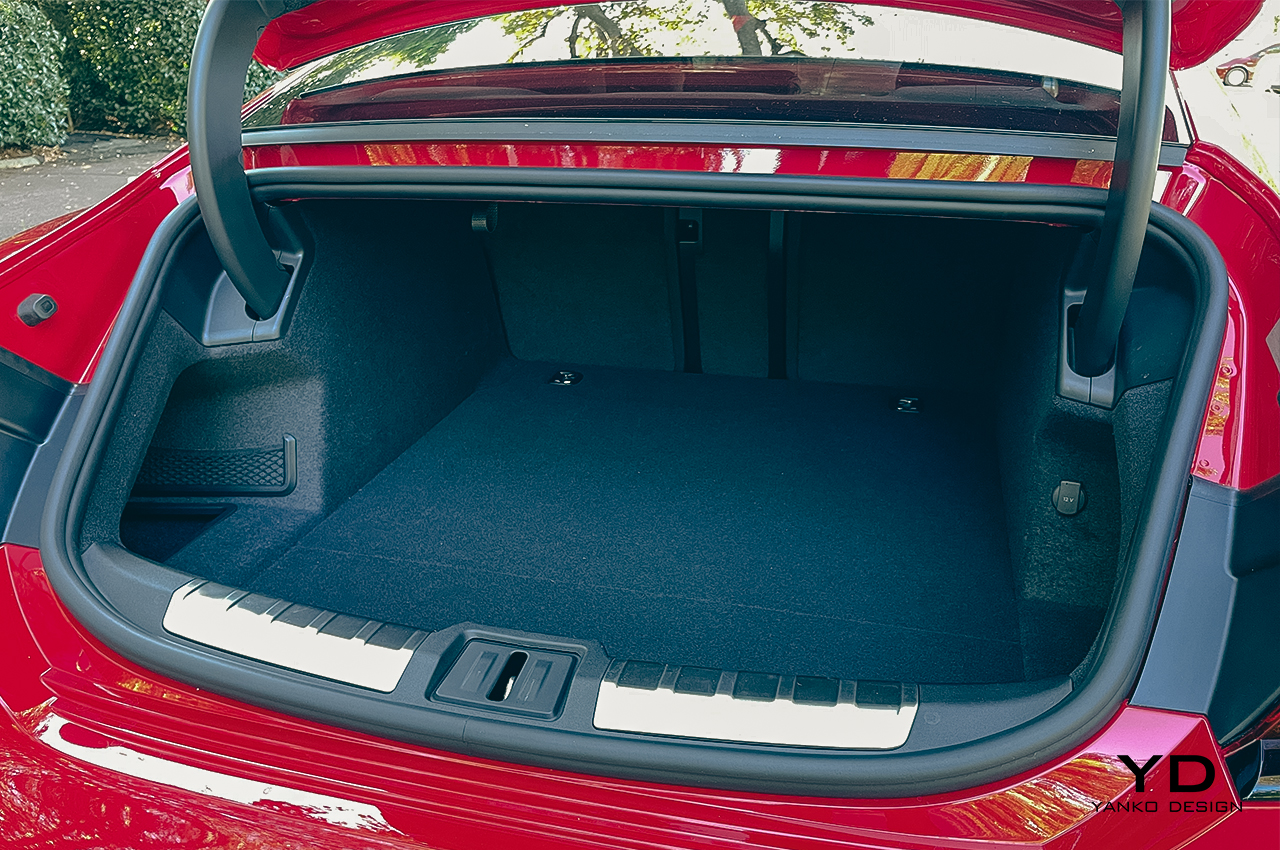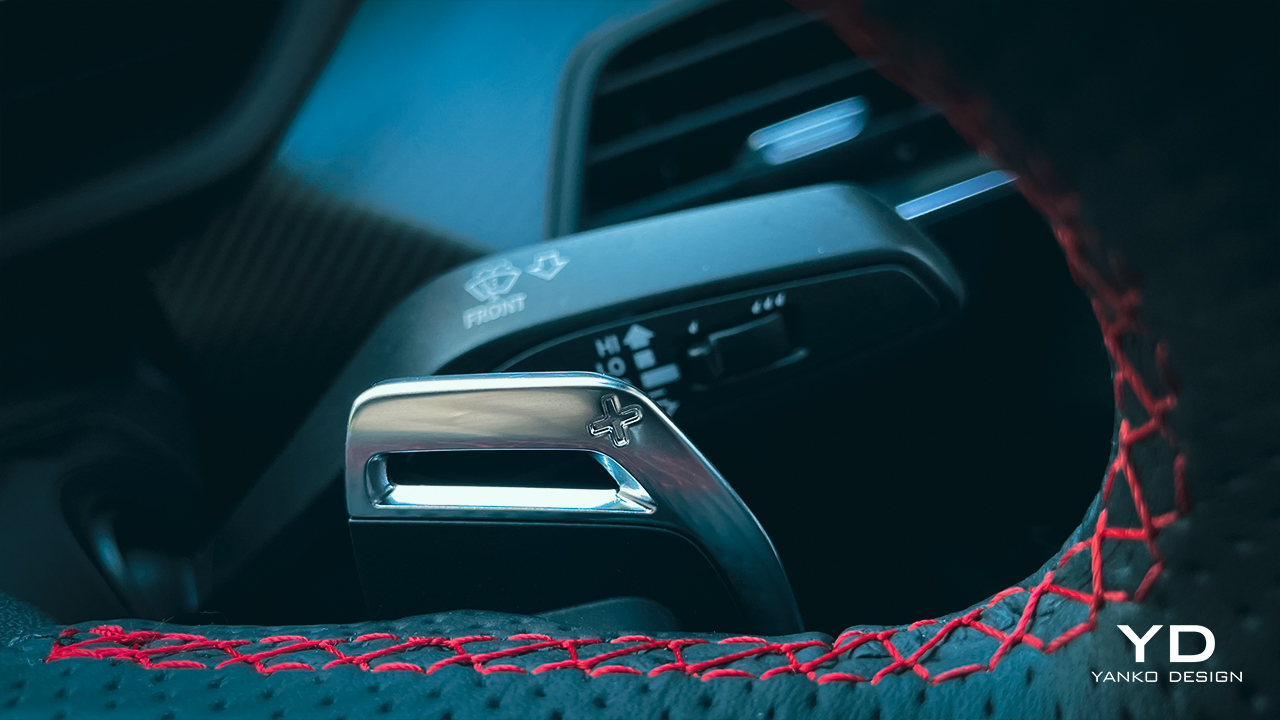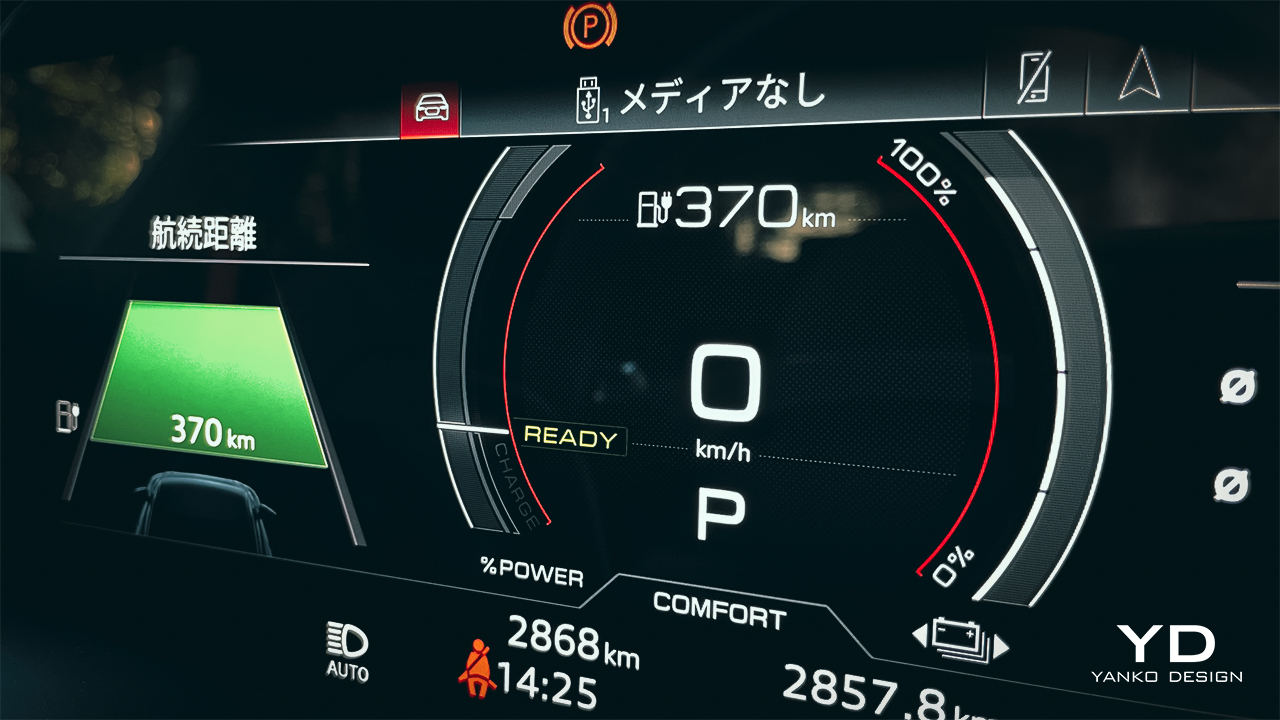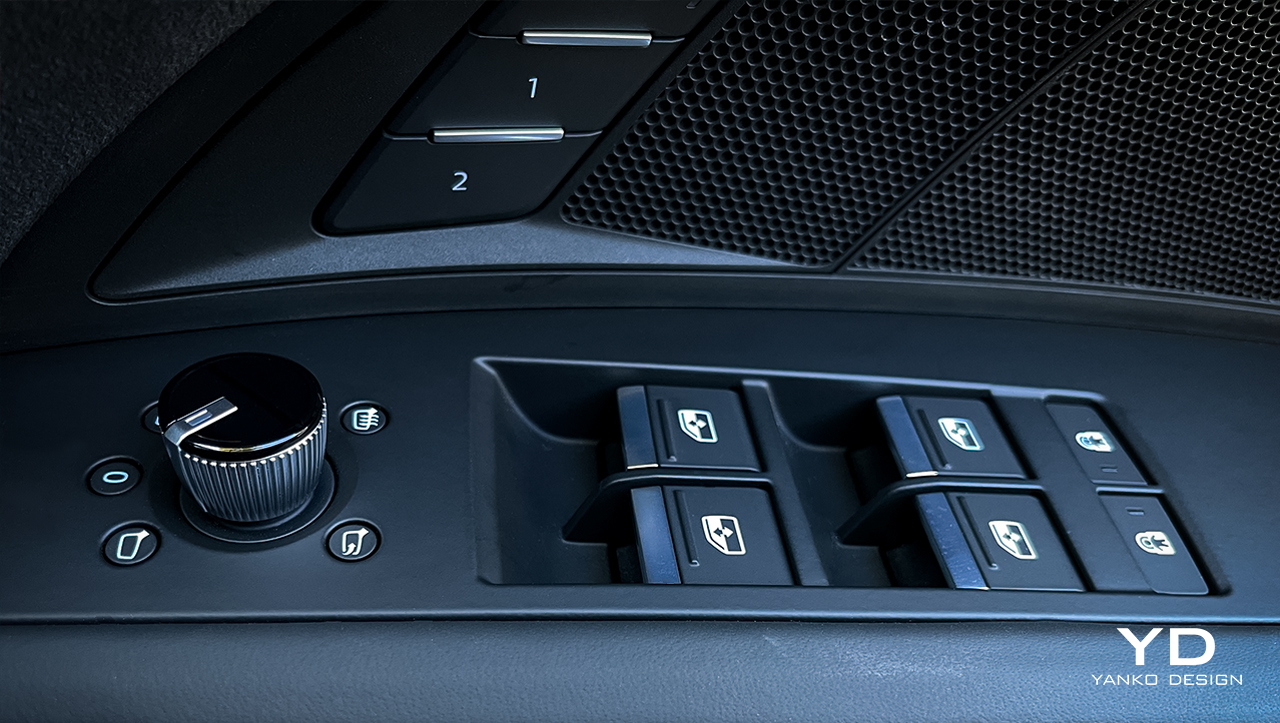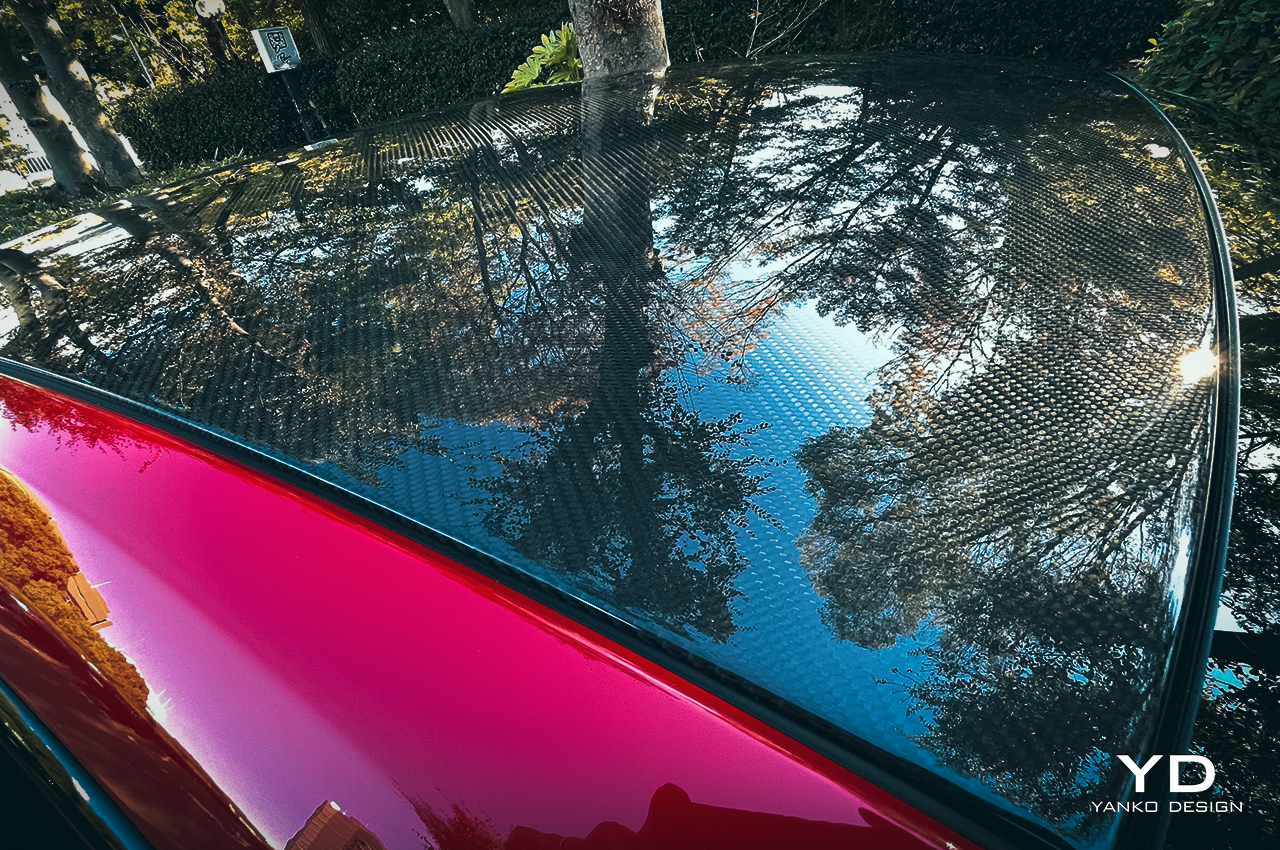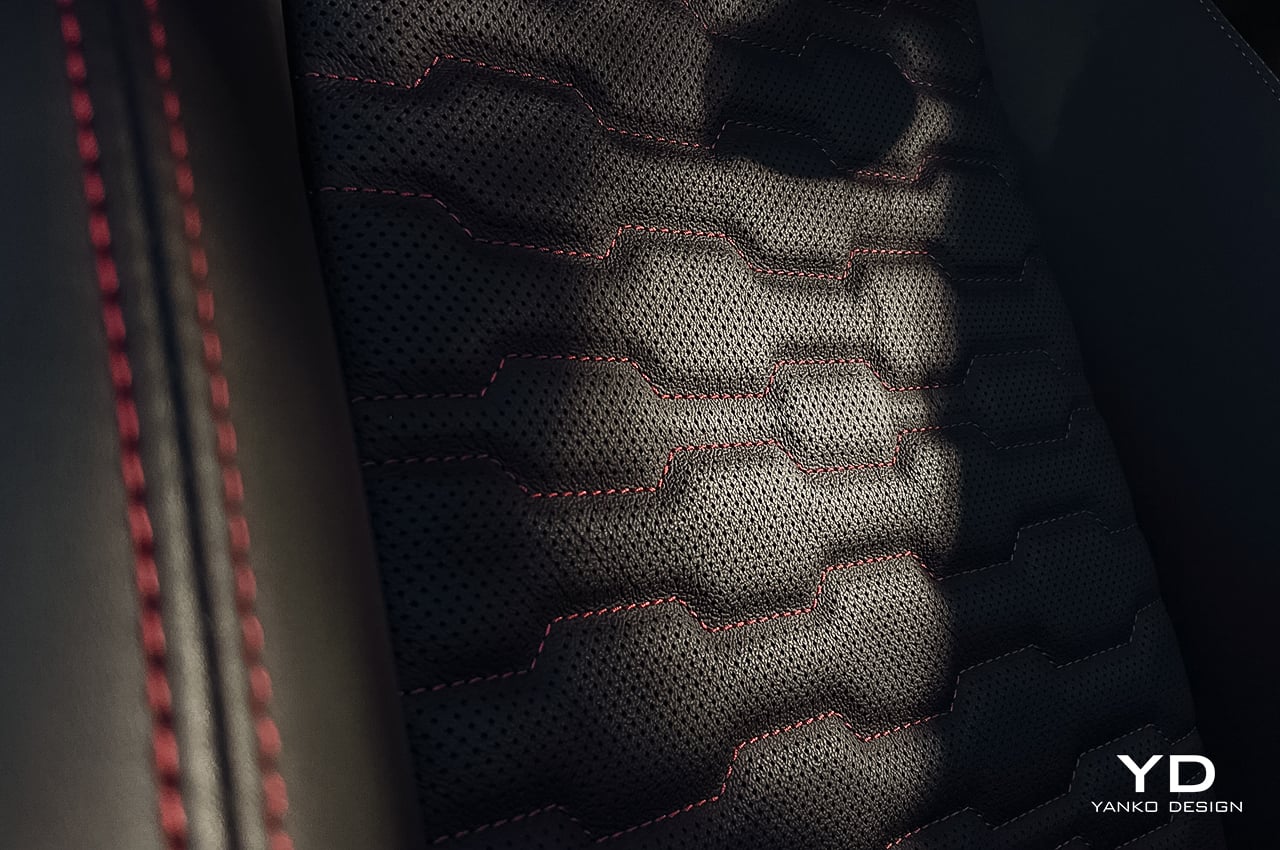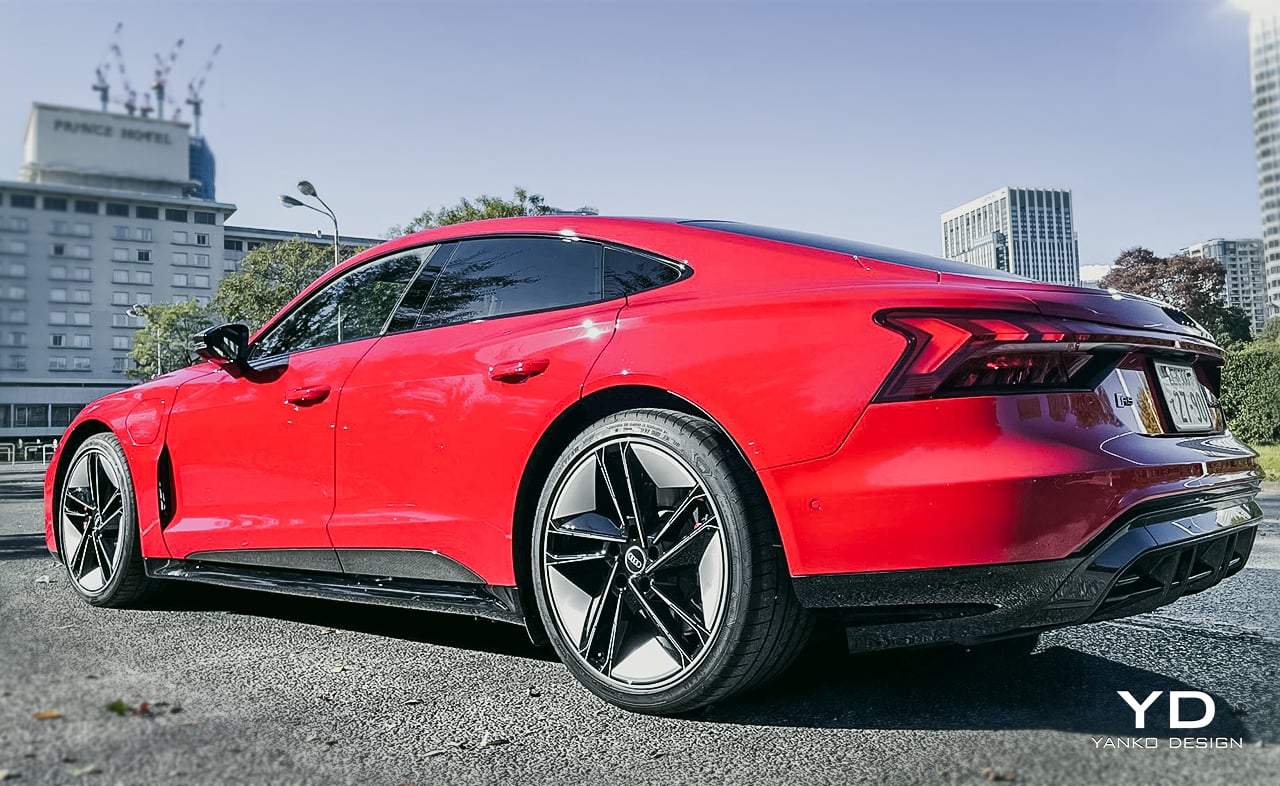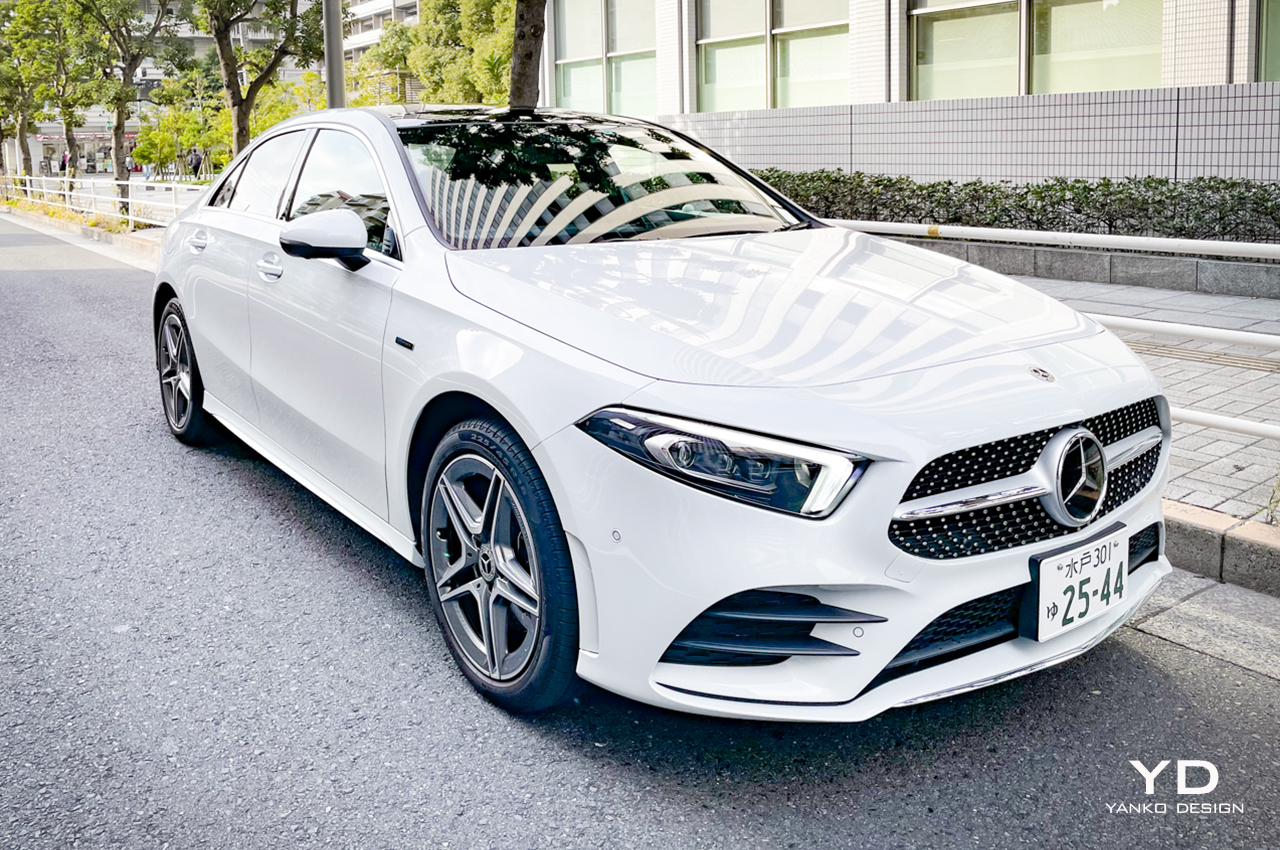
PROS:
- Boasts 44 miles of electric-only driving
- MBUX infotainment system is talented and fun to use
- Has the best cabin in its class
CONS:
- Gasoline engine lacks refinement
- Brakes are spongy
- Smaller than normal gas tank means limited overall range
Without anyone paying too much attention, Mercedes Benz has taken a significant lead over its main rivals in the plug-in hybrid (PHEV) genre. In contrast to BMW and Audi’s four model lines of PHEVs, Mercedes has double that amount of models and is also the only brand to offer both gasoline and diesel-powered PHEVs.
Today, I’m going to review the baby of the company’s so-called electrified EQ Power family, the A250e sedan. This is a front-wheel-drive four-door with a 1.3-liter turbo engine mated to an electric motor and an 8-speed dual-clutch transmission. Just to recap, a plug-in hybrid offers electric-only drive, gasoline engine power, or a combination of both depending on what mode you choose. This car may be a PHEV but specs such as maximum power of 215-hp, a 0-60mph in 6.6 seconds, and a 15.6kWh lithium-ion battery suggest that the A250e performs more like a sports sedan than a traditional plug-in hybrid. More on that later, but yes, it does.
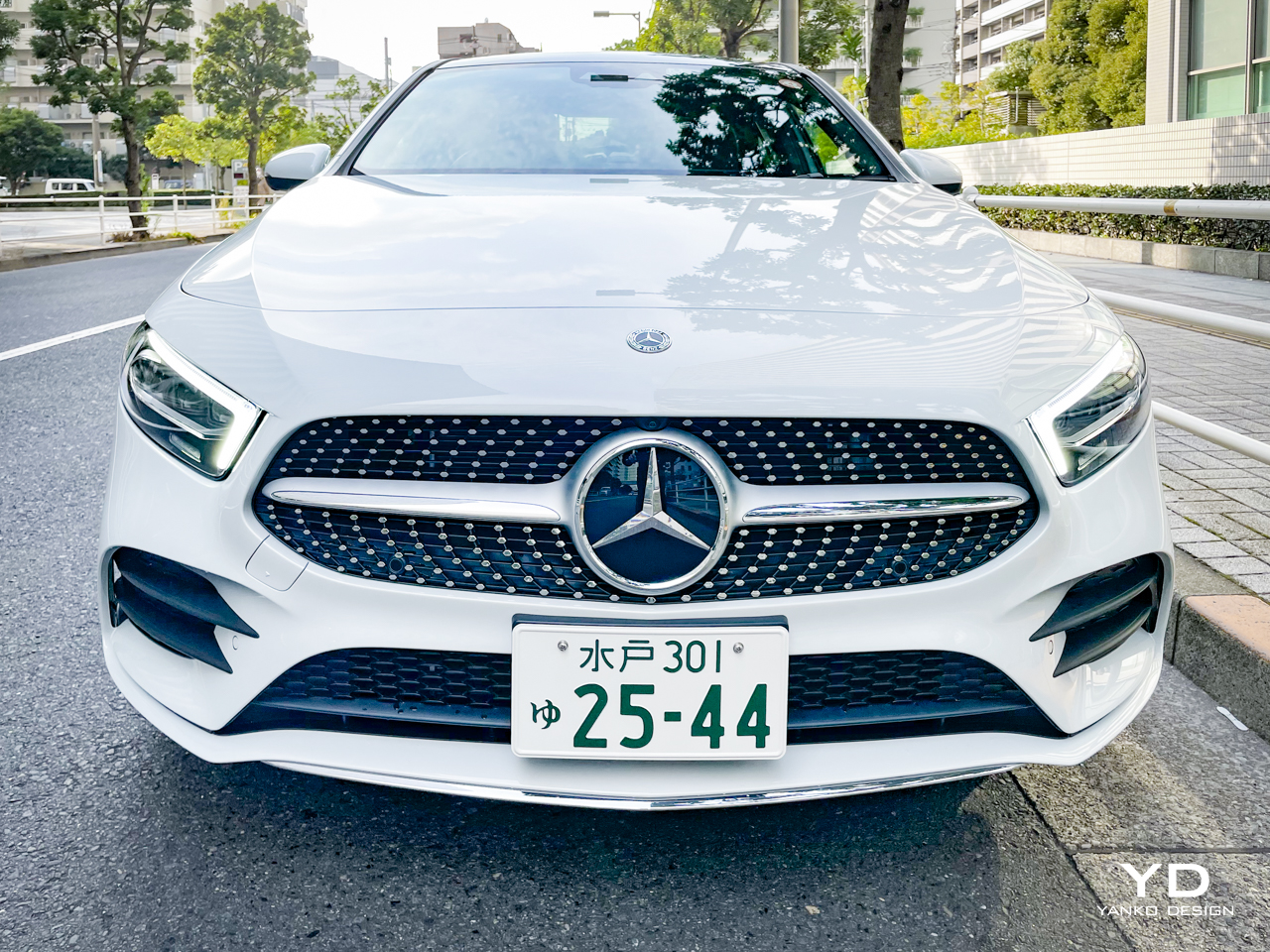
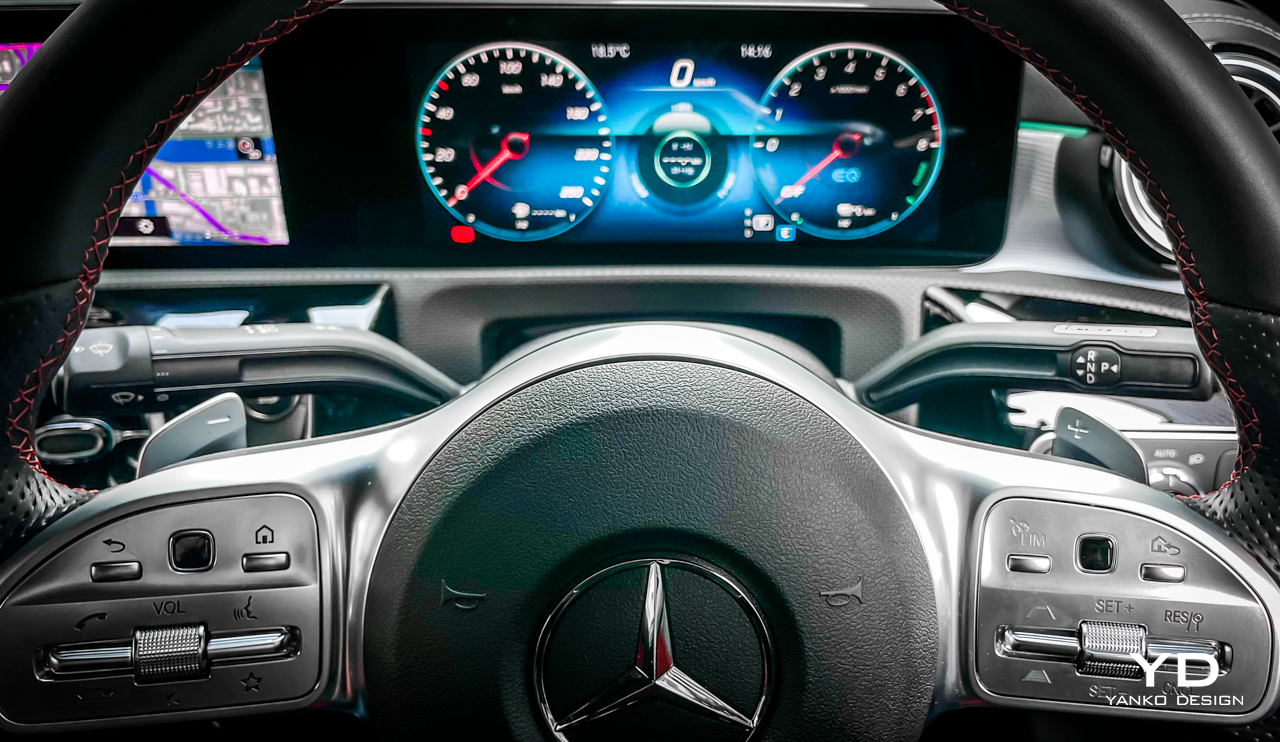
The truth about plug-in hybrids
You hear a lot about plug-in hybrid vehicles these days but just how popular are they? They are becoming increasingly popular among drivers who want to go electric but are still bothered by range anxiety and so feel comfortable with the added ‘insurance’ of a gasoline engine that can act as a generator to charge batteries. So what share of the market do PHEVs hold? Try 1.9% in the U.S. in 2019 which translates to around one-fifth of the total amount of plug-in electric vehicles on the road today. In 2020, the American PHEV stock represented 20% of the global plug-in hybrids making the U.S. the world’s third-largest stock behind China with 47% and Europe with 25%.
The $64,000 question: how do you go about turning a gasoline-powered A-Class into a plug-in hybrid. The first task is to remove the gasoline tank, and in its place under the rear seats, you need to install a large battery pack. But what do you do with the fuel tank? Mercedes designers had to shrink the tank to 35-liters and then squeeze it in next to the rear axle, which acts to compromise a small amount of trunk space. On the positive side, rear seat space remains unchanged with decent leg and headroom.
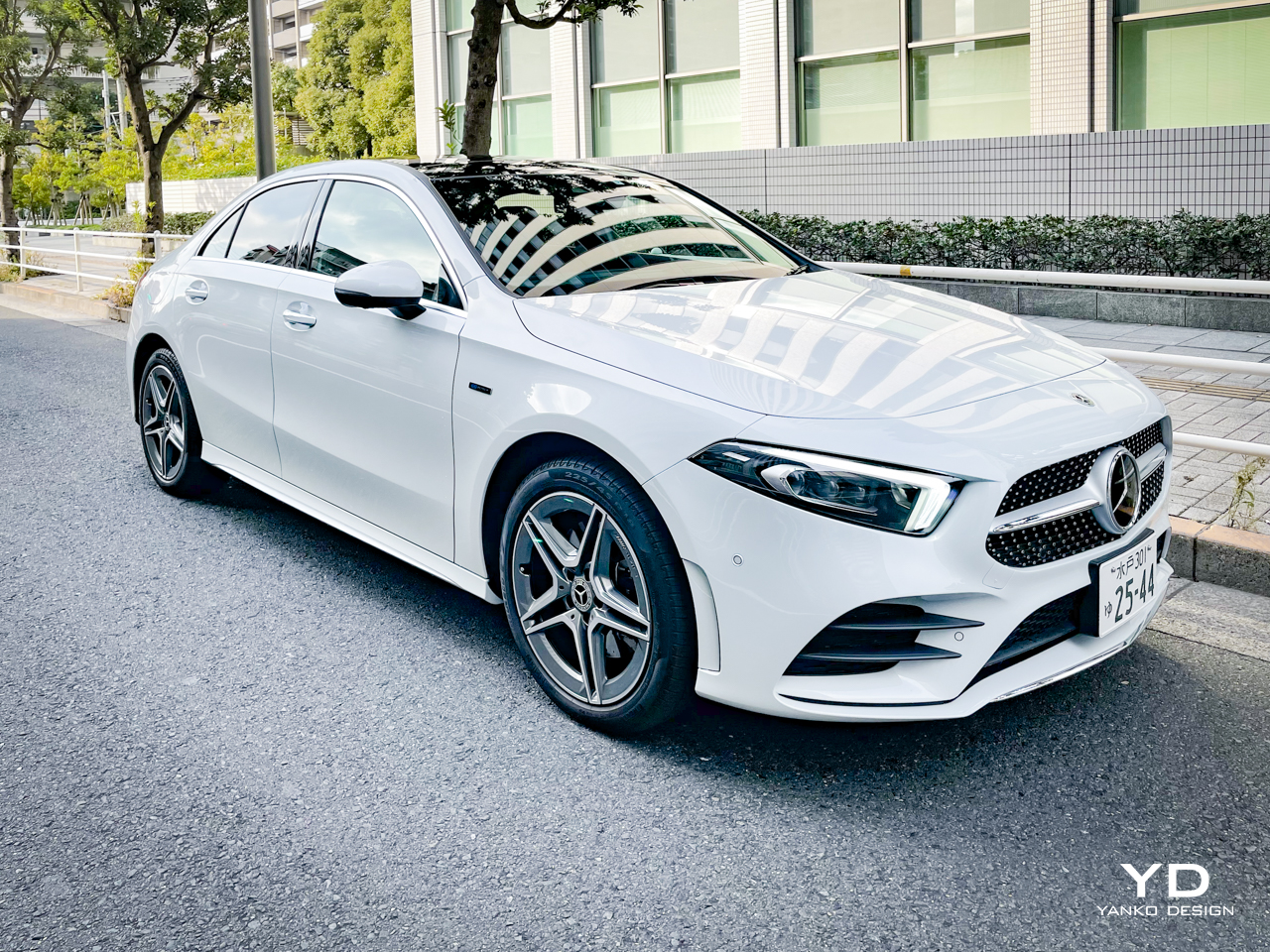
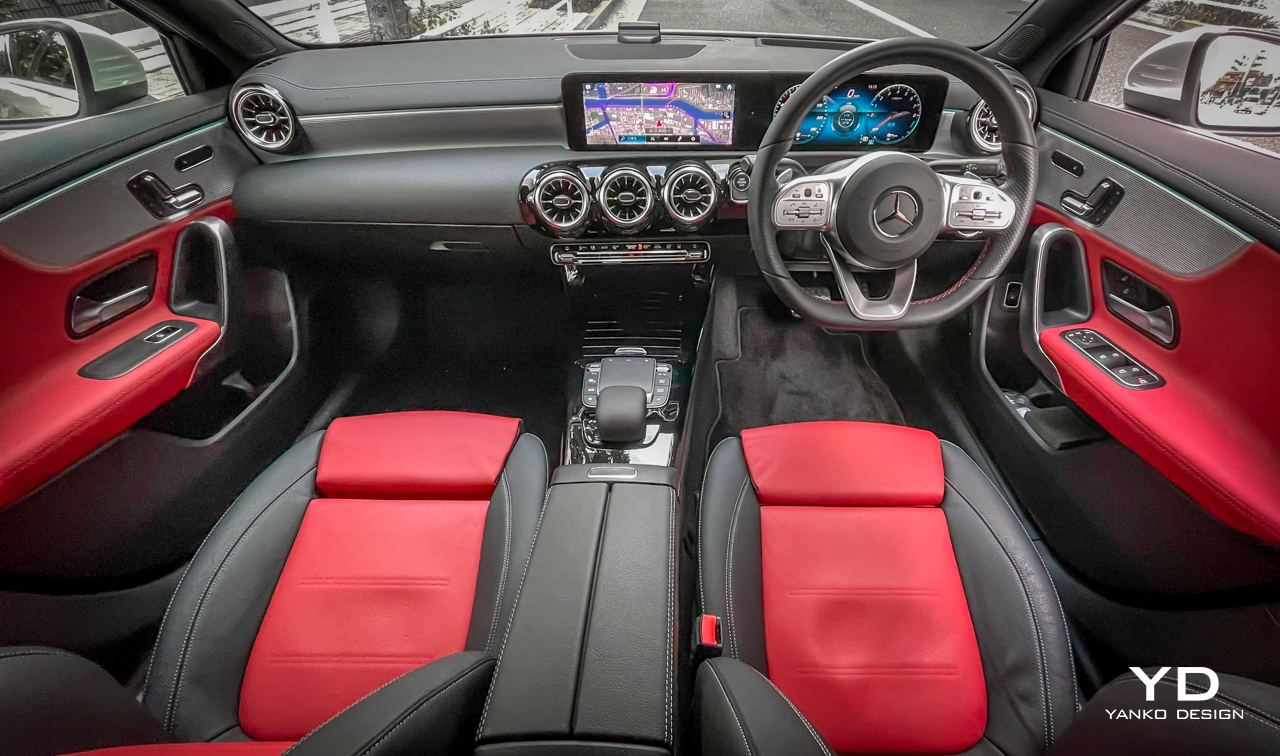
The overall exterior design is elegant and sporty with a high belt line and short front and rear overhangs. Even for an A-Class, the smallest sedan in Mercedes’ range, the grille is bold and by stretching right across the car’s nose from one headlight to the other, it delivers significant street presence for a small car. Boasting an overly large three-pointed star emblem (let’s face it, carmakers are growing their emblems with every new generation to further solidify brand identity) and chrome bar that splits the grille in half horizontally, hundreds of beautifully-crafted tiny hexagonal chrome shapes appear to float on a black background as they drift away from the central emblem in a wave ripple effect. The black brake ducts located under the sharp upslanting headlights are very sporty and seem influenced by the firm’s luxurious AMG arm. Up the back of the car, the chrome exhaust tips are just for show with the real exhaust pipe sitting under the car hidden from sight.
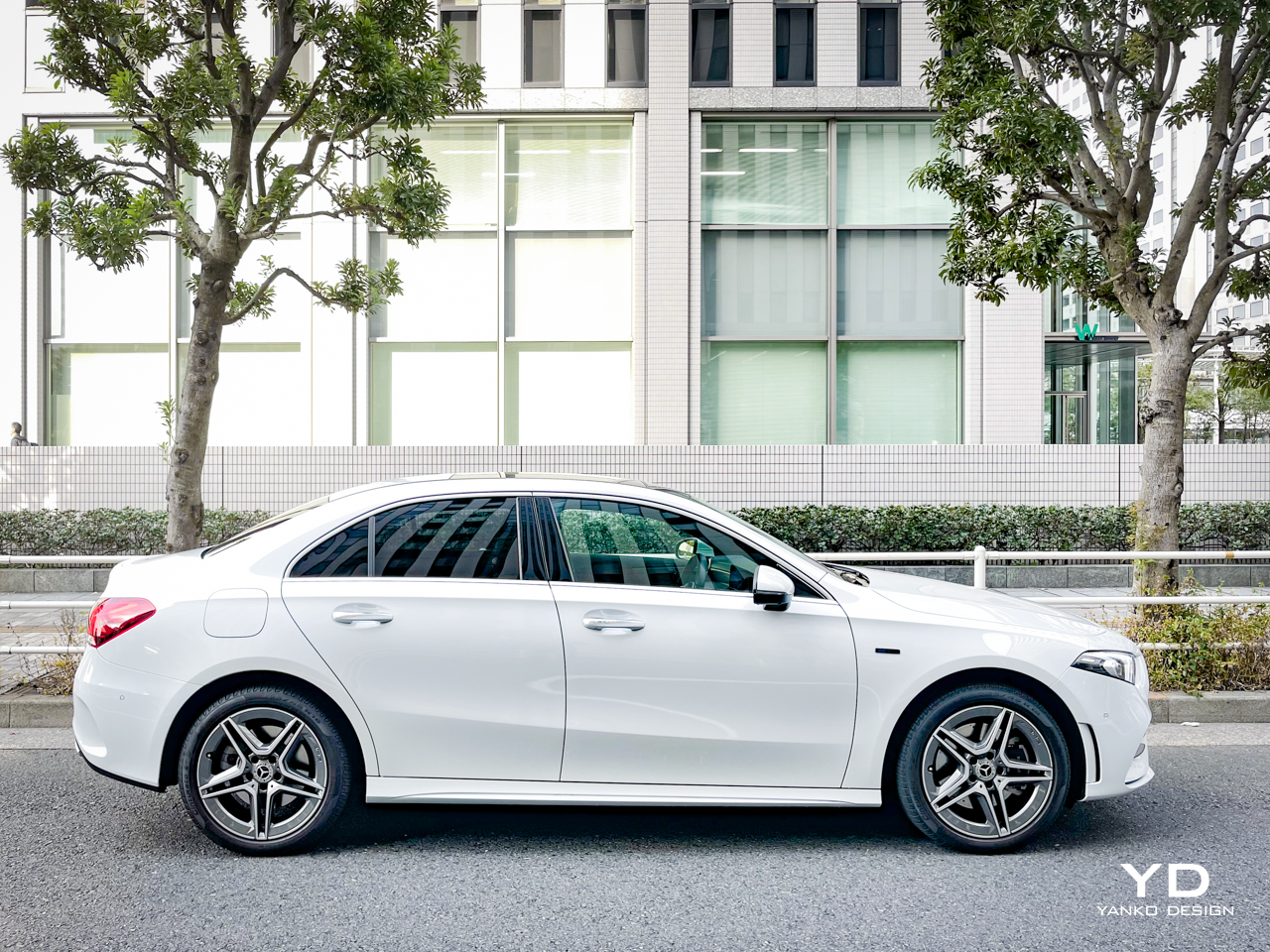
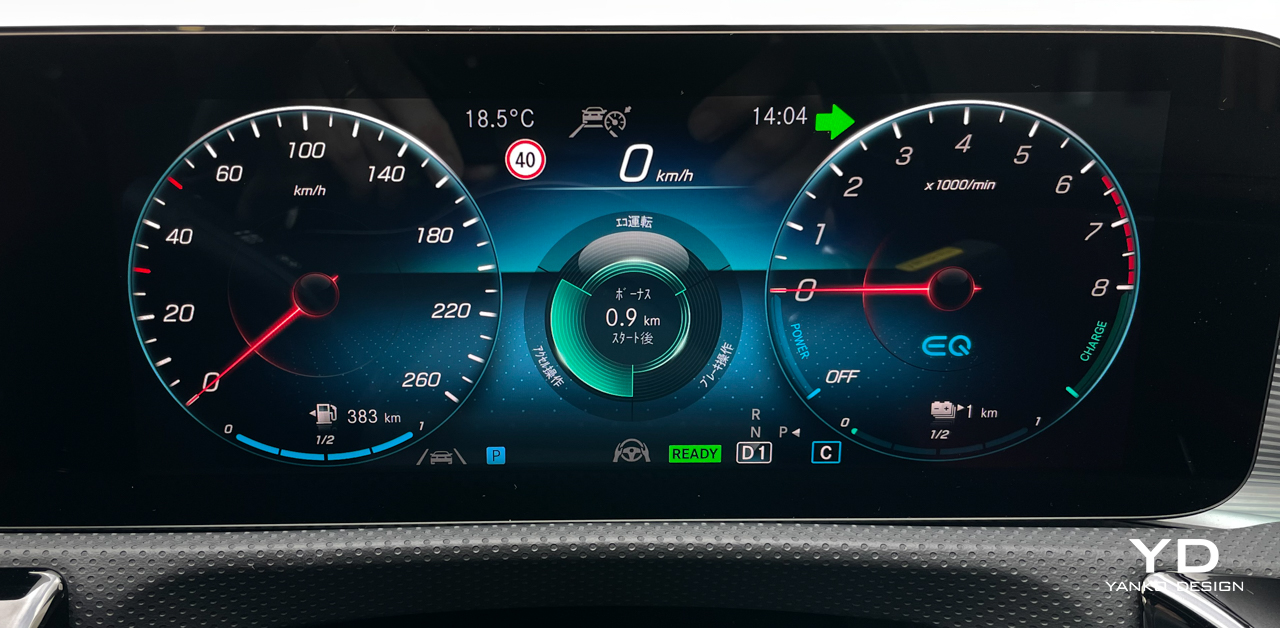
The dual touchscreens offer brilliant graphics and color
Inside, the cabin is, without doubt, one of the best in its class and is teched up to the hilt. The A250e is offered in only AMG Line trim so all will be well-equipped cars. The highlight of the dashboard is without doubt those twin 10.3-inch digital touchscreens that house highly acclaimed Mercedes MBUX (Mercedes Benz User Experience) infotainment system. A feature now available on all Mercedes models from the S-Class down, MBUX is voice-activated using the phrase “Hey Mercedes.”
Importantly, this feature is cloud-based so it has a lot more computing power than most other digital assistants. It will prompt you with the phrase “How may I help you?” You can ask it about the weather or to change the radio station, turn down the cabin temperature or turn on your seat heater. Ask it “Are you my best friend,” and it will reply, “You bet, buddy.” Ask it, “What do you think about Audis?” And it will reply with some impeccable logic, answering, “The same as you, otherwise you would not be sitting here.” And the piece de resistance of the MBUX’s makeup—ask it to tell you a joke and it will reply, “Sorry but my engineers were German.”
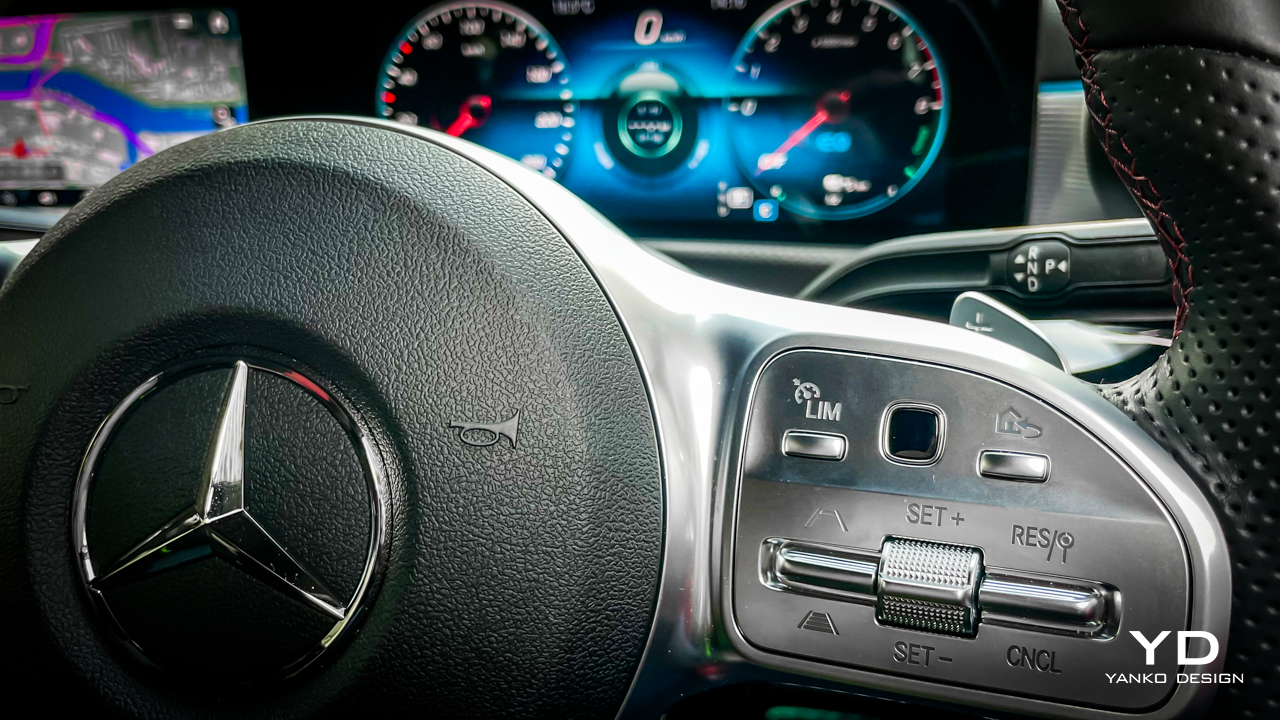
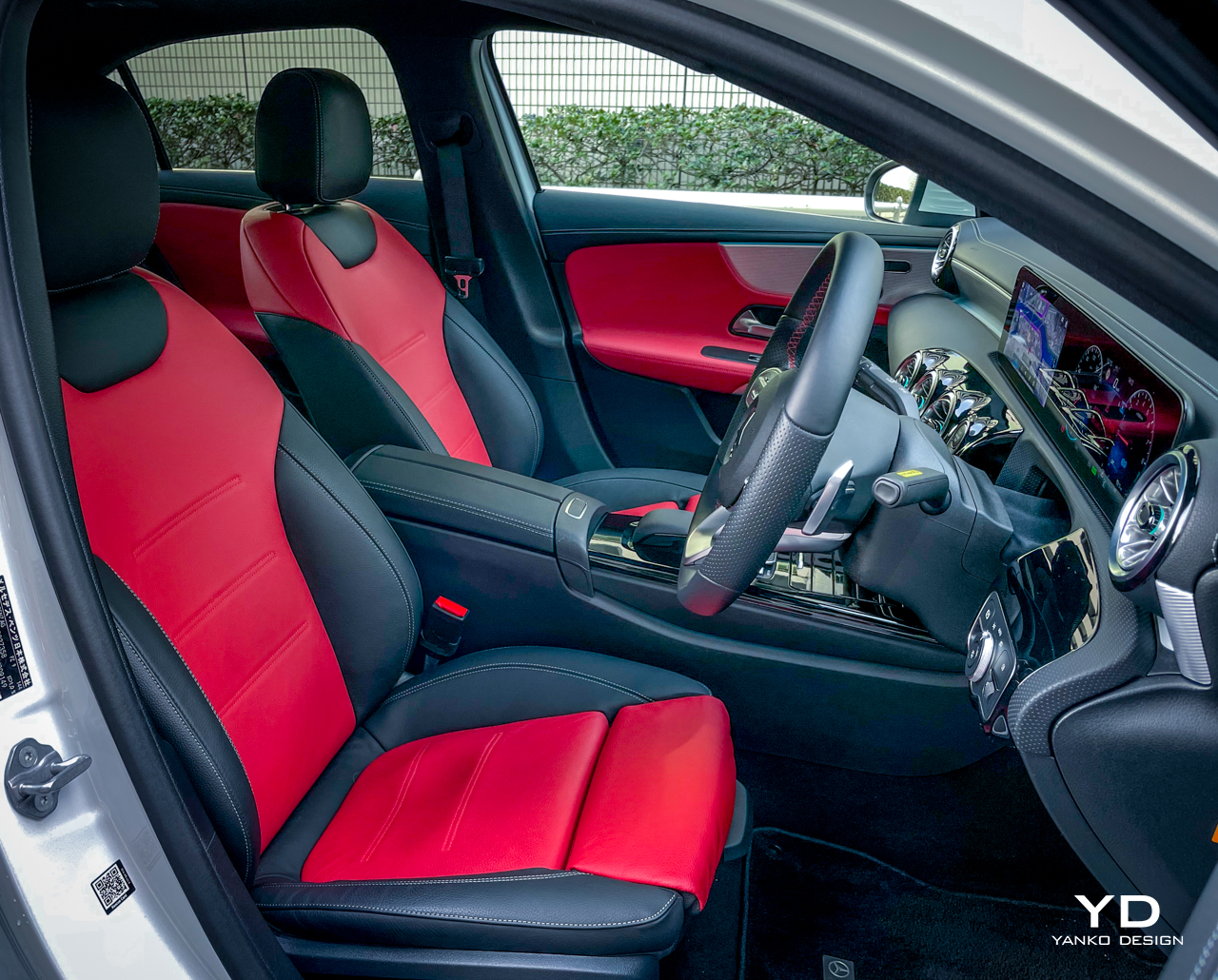
The dual-screen combination delivers the best, most high definition graphics and richest colors in their class. But to get the twin screens as well as the color-adjustable ambient lighting feature, you have to spend extra on AMG Line Premium trim. The screens deliver augmented reality navigation prompts which is cool but takes a little getting used to. While the touchpad on the center console can be a little fiddly to use, the thumbpad scrollers on the steering wheel spokes work well and the navigation system responds to voice commands. The 225W ‘Mercedes Advanced’ sound system is high quality, packs all the power you will need, and offers both Android and Apple compatibility.
Boasting impressive levels of refinement, the aluminum-accented triple circular air vents surrounded by piano black are neat and classy, while all switches and dials offer excellent tactile rigidity and are sharp to the touch. The two-toned red and black seat design on my test car looked luxurious and sporty at the same time and the seats offered good lumbar support.
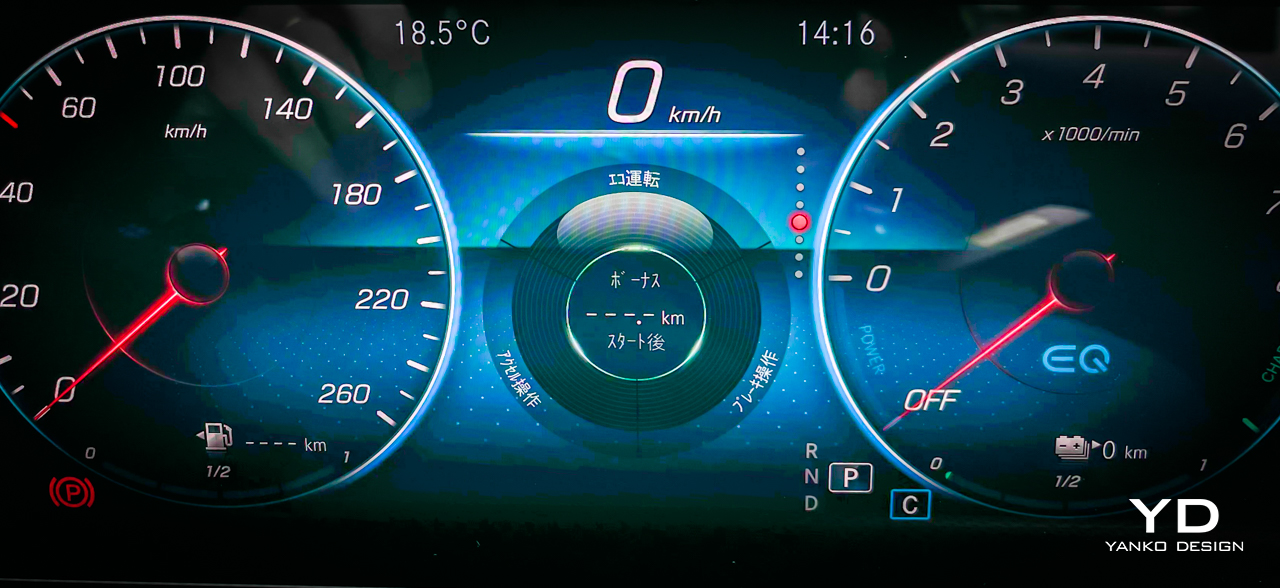
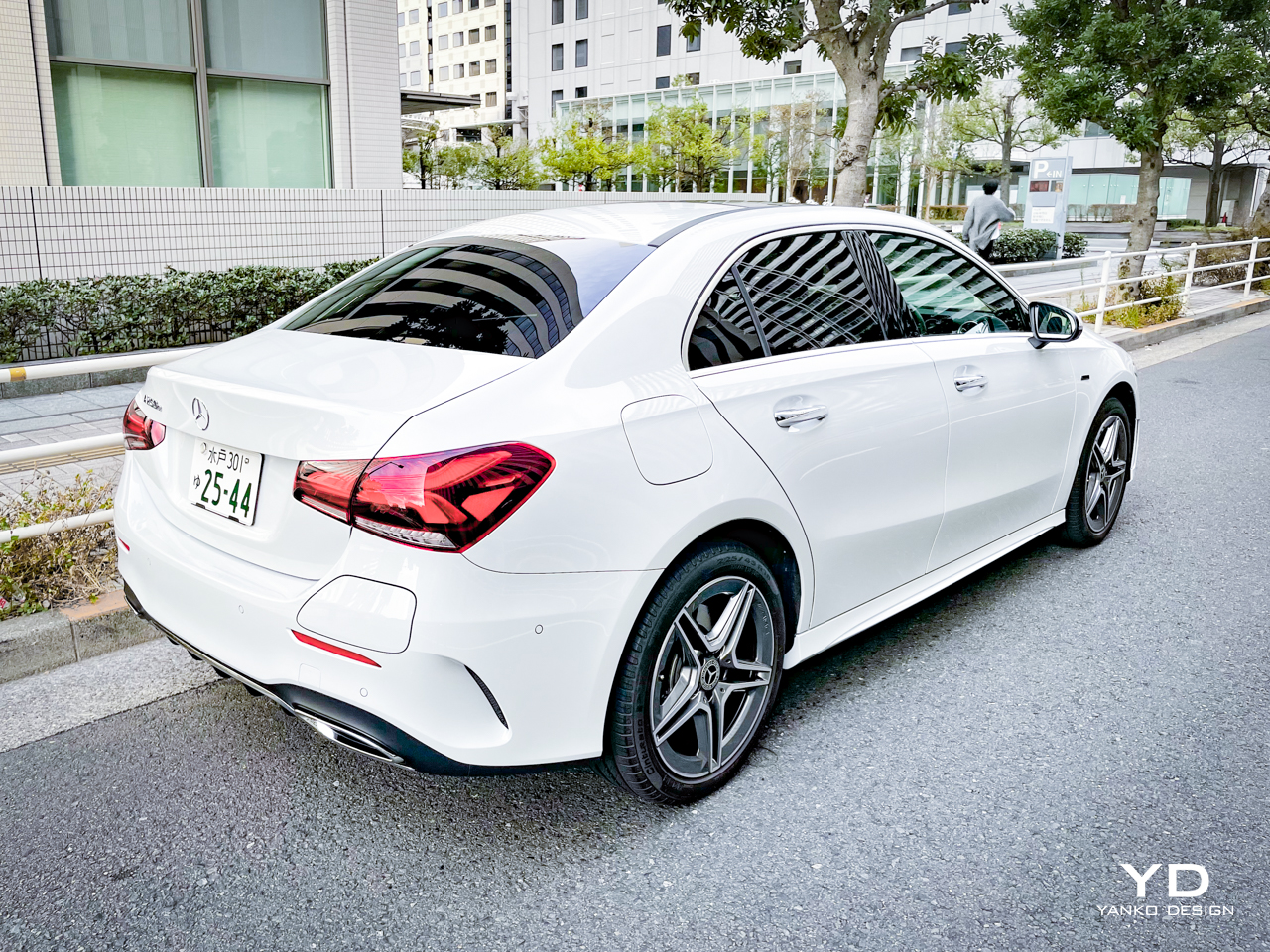
The Driving Experience
As was briefly mentioned above, the A250e is powered by a turbocharged 4-cylinder, 1.3-liter gasoline engine, an electric motor, and a 15.6kWh lithium-ion battery pack. Married to an 8-speed dual clutch gearbox, this A-Class has a total combined output of 215-hp, in which the engine produces 158-hp and 184 lb-ft of torque while the electric motor generates 100-hp and 221 lb-ft.
Like virtually all PHEVs, the A250e’s role is to use up all its battery power before starting the engine. It defaults to Electric mode when you switch it on, but you can choose to save some charge for later or let the car manage the two power sources as it sees fit. Using a switch on the center console, you can cycle between four drive modes: comfort, sport, EV, and battery level which essentially turns the A250e into a dedicated internal combustion engine vehicle allowing you to save all of your precious battery power for when you actually need it.
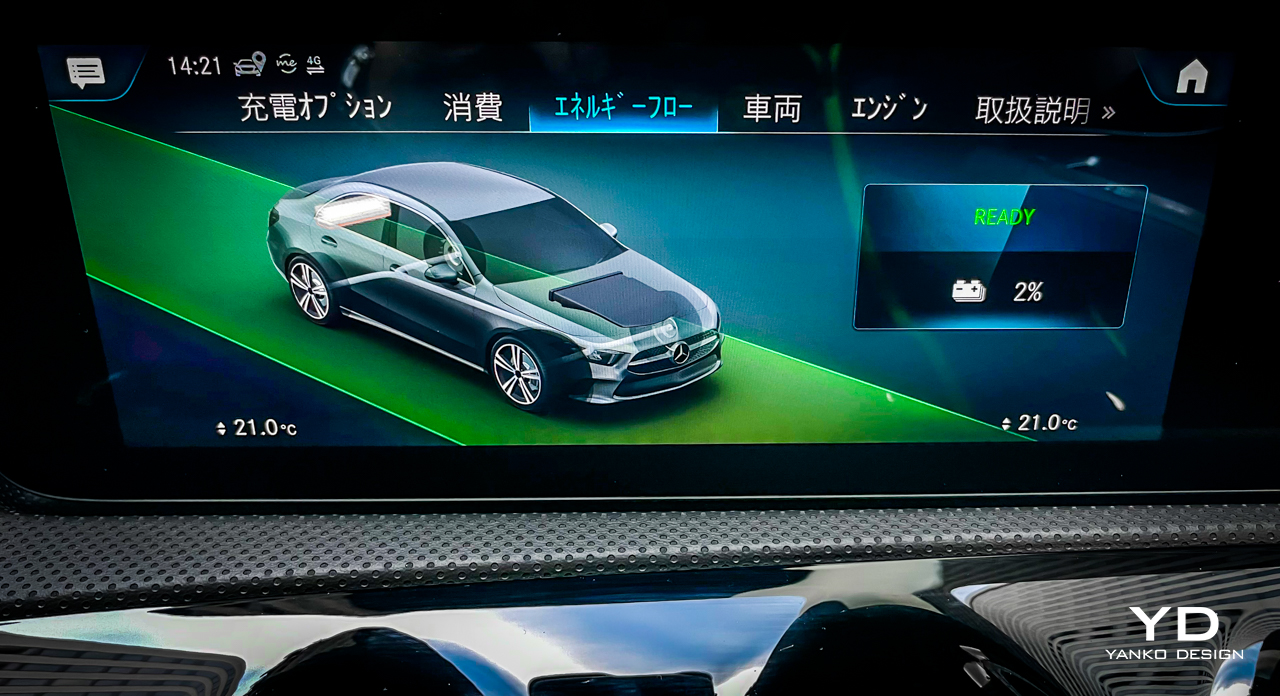
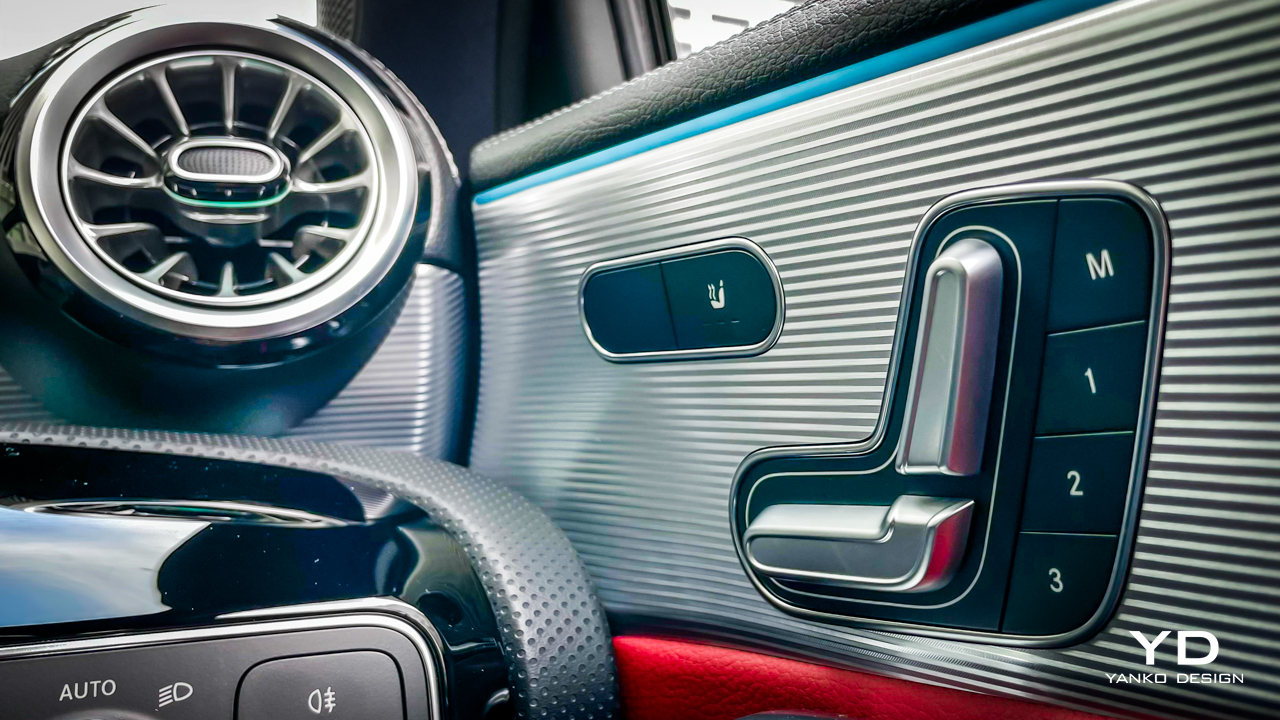
Most PHEVs claim 30-35 miles of electric-only range and actually deliver 25-30 miles. Mercedes claims 44 miles and will do a decent 35 miles at speeds of up to 87-mph without needing to fire up its engine to recharge the batteries. That’s good because according to statistics, most commuters drive fewer than 30 miles per day. And even with a totally depleted battery, the engine will shut down when you take your foot off the gas, saving even more fuel.
A full charge takes less than two hours which is not a big ask at the end of your daily drive. So, assuming you have a driveway, you really have no excuse not to keep it charged. And keeping it charged is really what you need to do—and not rely on the engine to recharge the batteries while you drive. The reason? If you start your journey with a full battery, Mercedes say you can get 256 mpg. But if you don’t start with a full battery, because you haven’t bothered to charge it overnight, then the figure drops drastically due to the fact that the gasoline engine is dragging the extra weight of the electrical components without any help. On the day I tested the car, I returned around 80-mpg in a normal city driving in central Tokyo. Using a quick charger, the Mercedes’ battery pack will fill up from 10 percent to 80 percent in under 30 minutes, or if you use your home charger that would take around 7.5 hours.
Interestingly, the electric-only mode is far more enjoyable than the other modes because it’s here that the car shines at its smoothest and quietest. When the gasoline engine kicks in, however, the car is noisier, feels far less refined, and is a telling reminder of just how old-school and unwieldy small gasoline engines feel in comparison to EVs. In a way, it does feel like you’re driving a Dr. Jeckyl and Mr. Hyde type of vehicle, a car that has two distinct faces—the clunky noisy gasoline engine of the 20th century and the smooth, quiet, efficient electric motor of the 21st century.
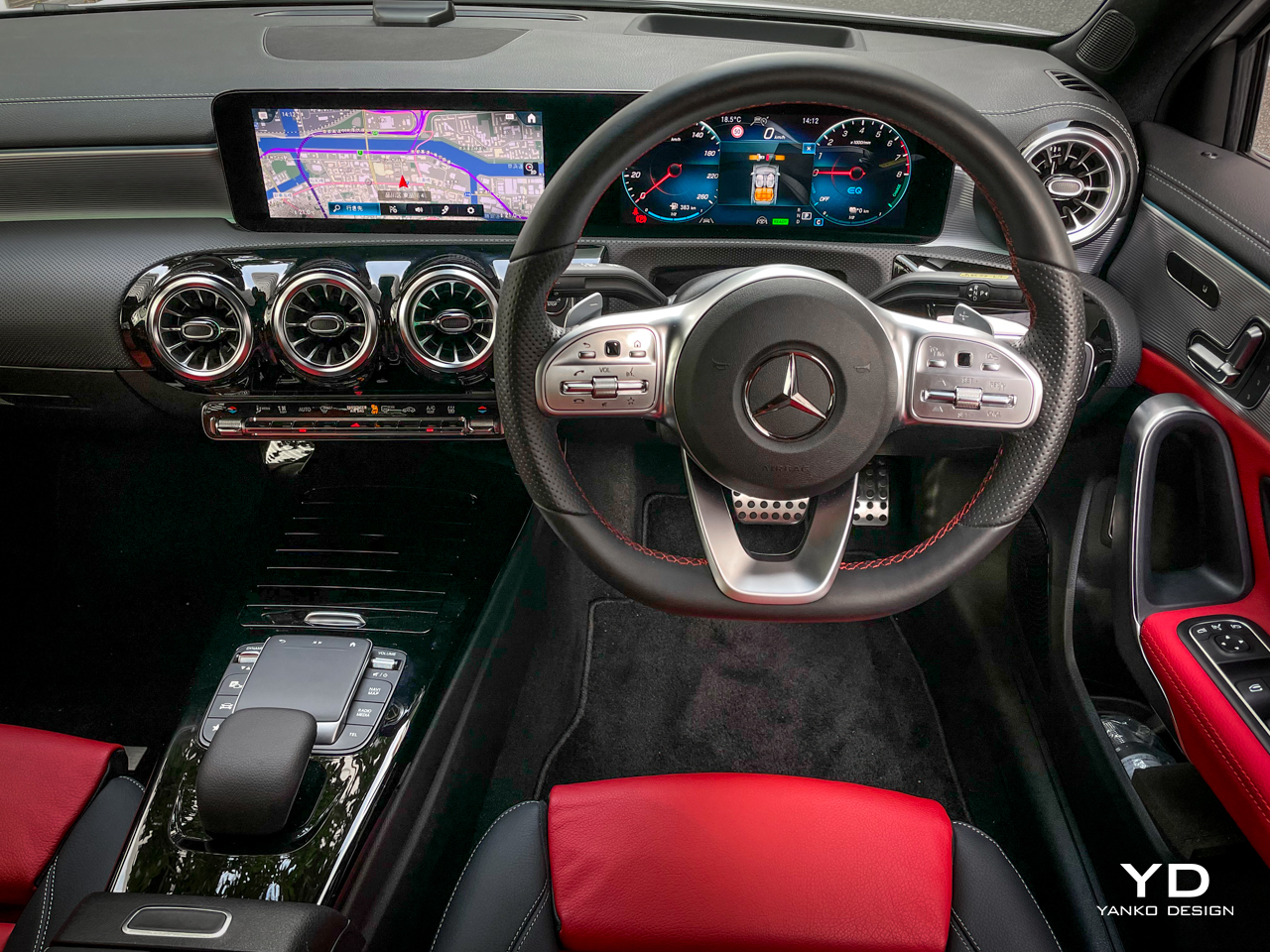
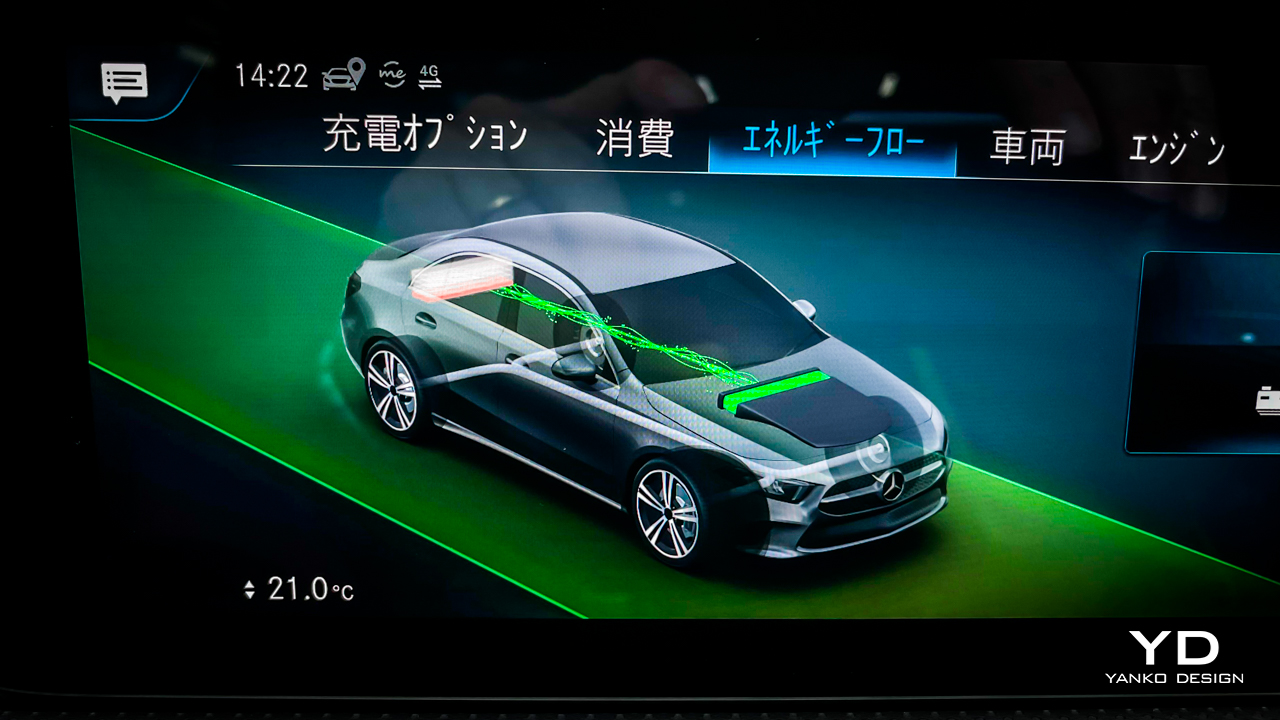
If you can tolerate the noise and vibration coming from the engine, then sport mode is the one to use in terms of performance and handling. With a 0-60 mph sprint time of 6.6 seconds, it’s quick enough off the line to keep up with a hot hatch and will max out at 146-mph, which is quite impressive for a car that tips the scales at 3792 lbs. The 8-speed gearbox is good and lets you shift quickly and effortlessly between gear ratios using paddle shifters located just behind the steering wheel. However, left to its own devices, the dual-clutch transmission does tend to hang on to gears longer than it should sometimes which can lead to slightly jerky driving. In EV mode, these paddles double as a regenerative brake level selector allowing you to dial up the car’s automatic braking when you lift off the throttle.
It’s quite good in the corners too. While negotiating a bend you quickly realize that the A250e’s low center of gravity keeps the car planted as it resists body roll. It also offers plenty of grip with light, accurate steering, and good road information being transferred through the wheel.
The brakes are very hybridized. Translated that means they are a little grabby, with a spongy, springy pedal feel. You won’t want to push it too hard as the car is a lot heavier than the normal A-Class and thus prefers to live life at a slower pace. Be smooth, however, and it will reward you at the pumps.
Pricing and Options
The A250e is an expensive A-Class, with the AMG Line Premium car we tested coming in at almost £36,000 or around $47,600. As a matter of fact, the A250e is sold in Europe, Japan, and Australia but not in the U.S. since the model it’s based on is not sold there. But according to one source, we could potentially see this technology in something like a CLA or a next-generation GLA.
So how do we rate this A250e? It may sit at the entry-level to PHEVs at Mercedes but it does give you the best of both worlds. It gives you all of the features that people like about the A-Class, with the added bonus of driving it in electric mode and with a range that permits a 20-mile daily commute. This compact four-door offers some mighty fine tech, including the talented hilarious MBUX infotainment, good mileage and handling, and decent performance.
In contrast, the car’s gasoline engine is a little rough around the edges, which makes you want to keep it in EV mode even more. If you’re the type of person who wants to dip your feet into the world of electric cars but doesn’t want to get stung by range anxiety, then the A250e is a definite strong option. After all, as we head towards 2030, most carmakers will be switching to a two pillar model lineup strategy—electric and plug-in hybrid. If you want a compact luxury car with good mileage and some worthy earth-friendly credentials, then the A250e might just be a good place to start.
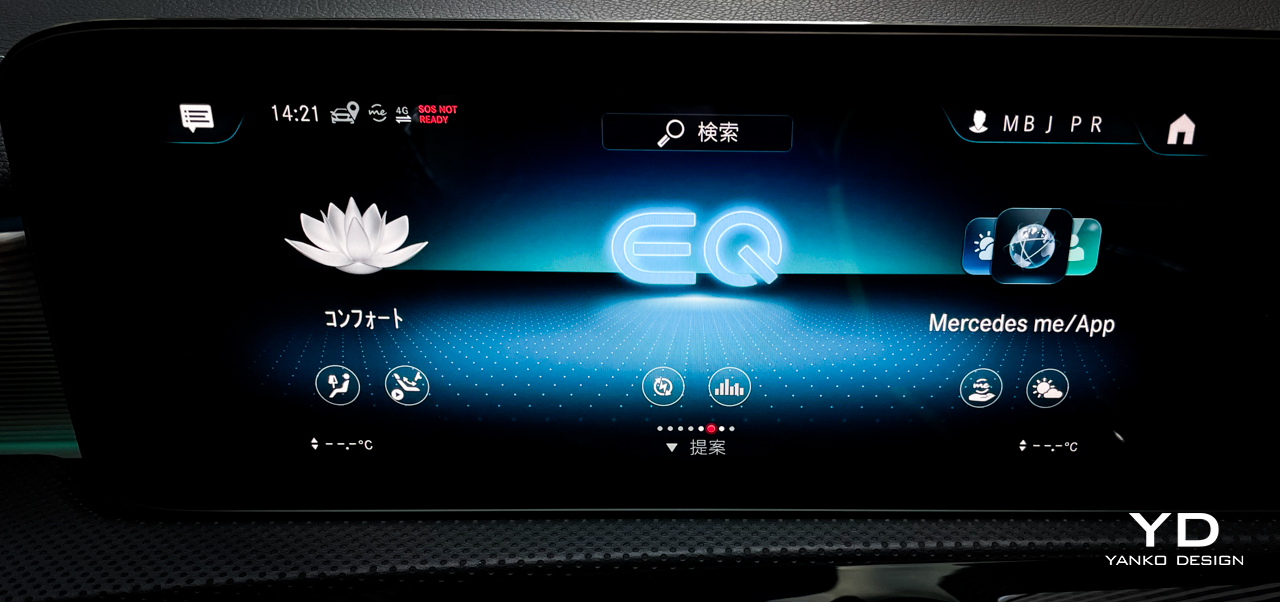
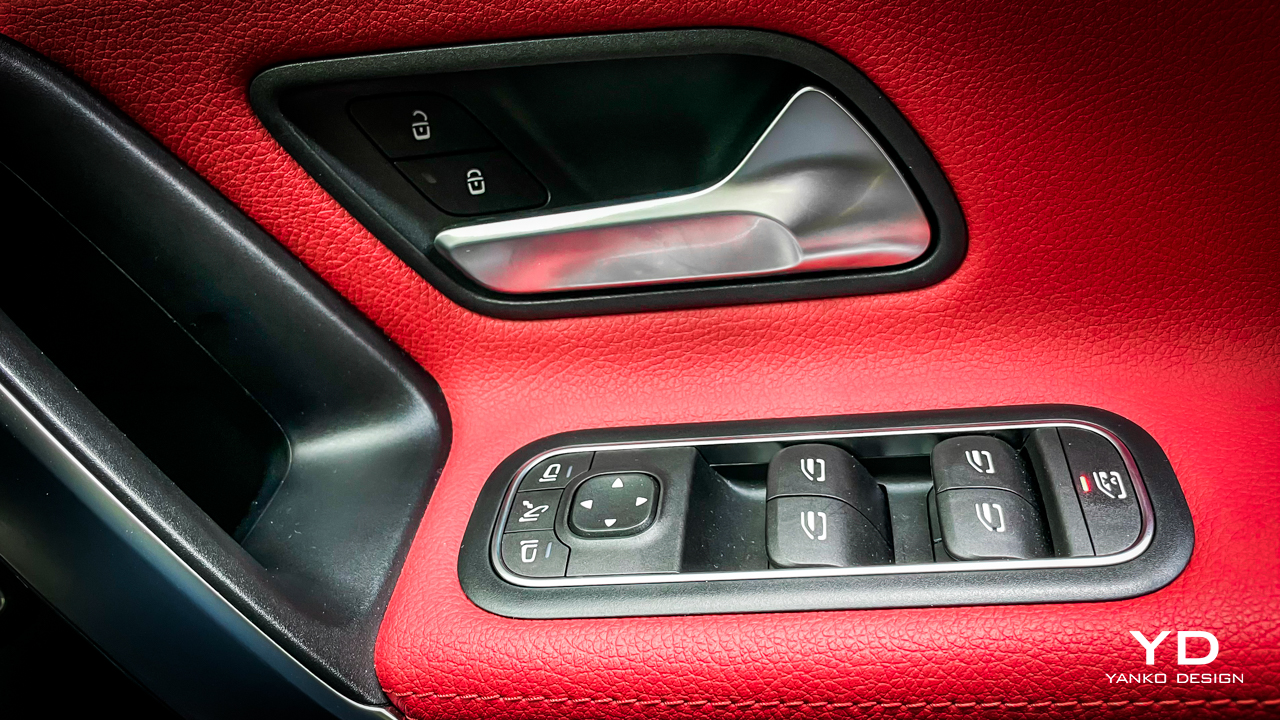
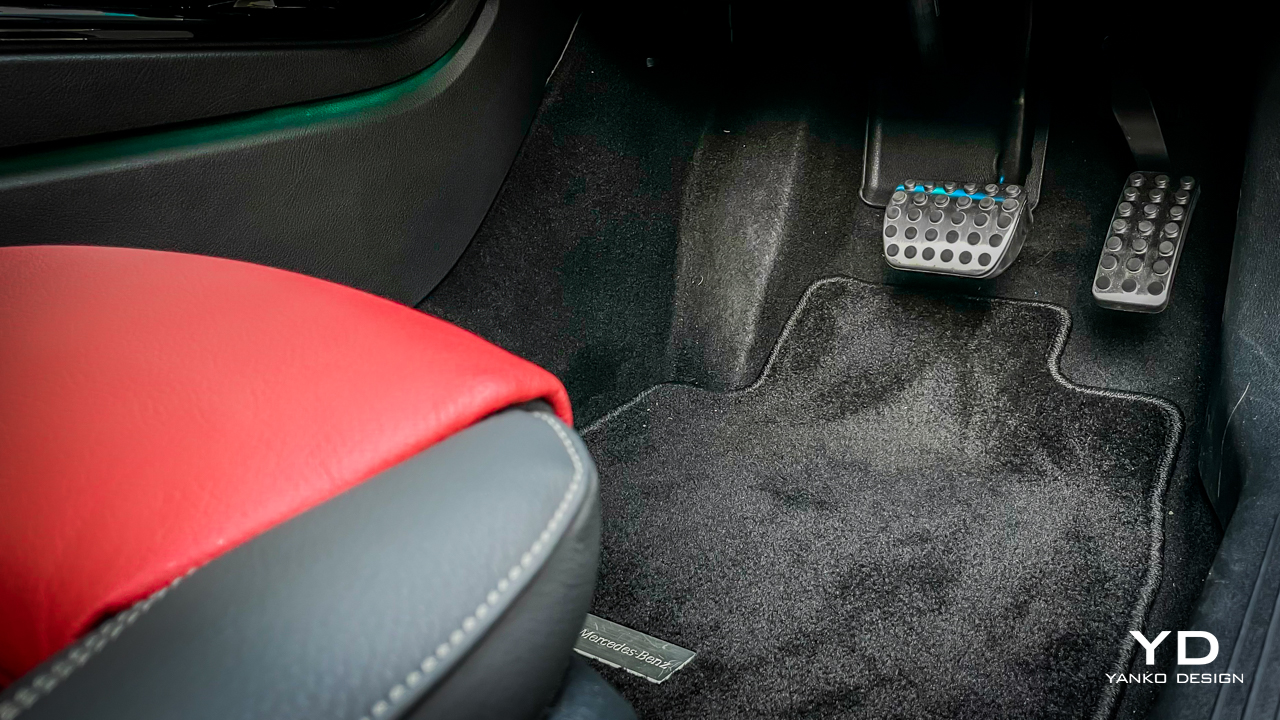
The post Mercedes Benz A250e plug-in Hybrid Review first appeared on Yanko Design.
